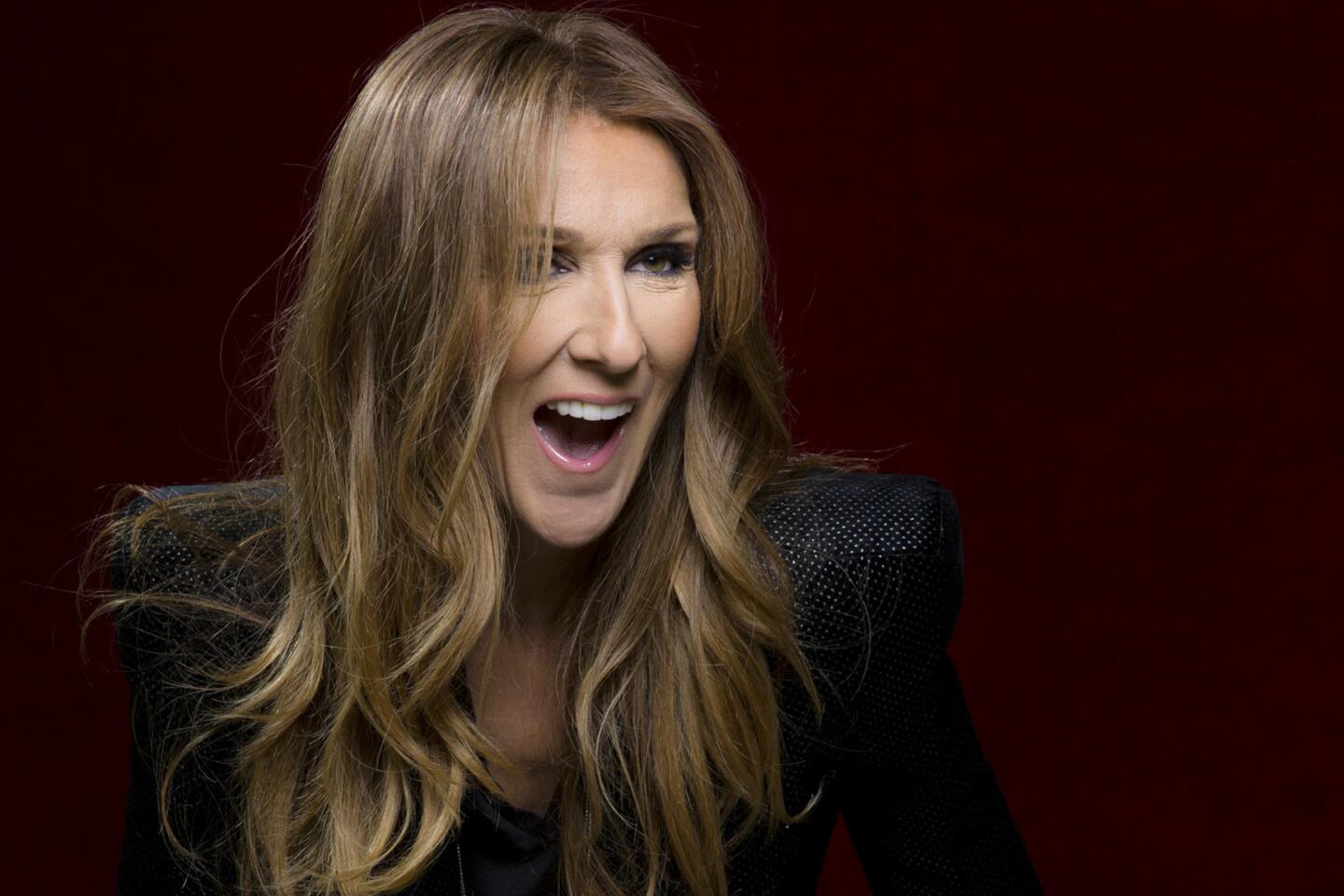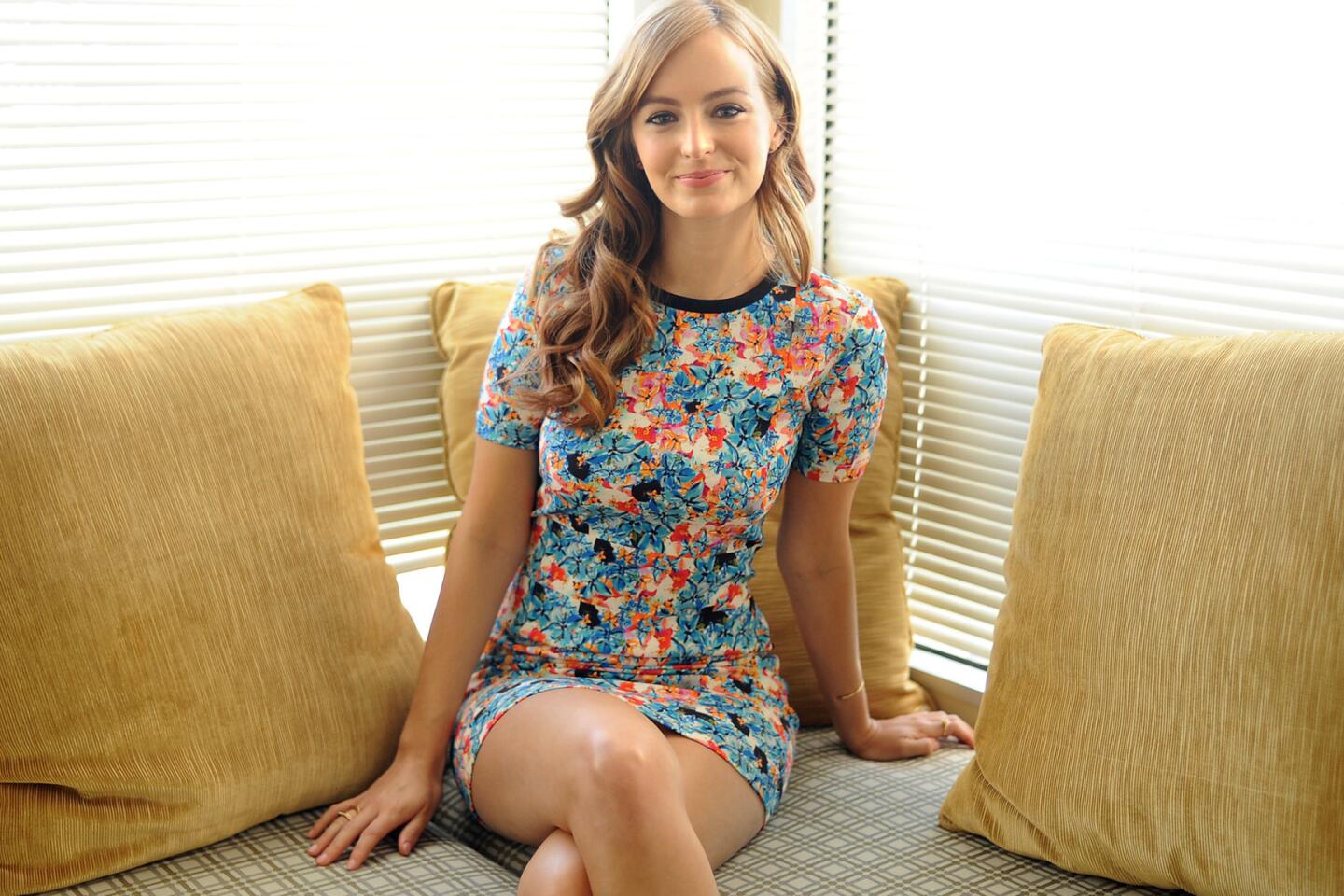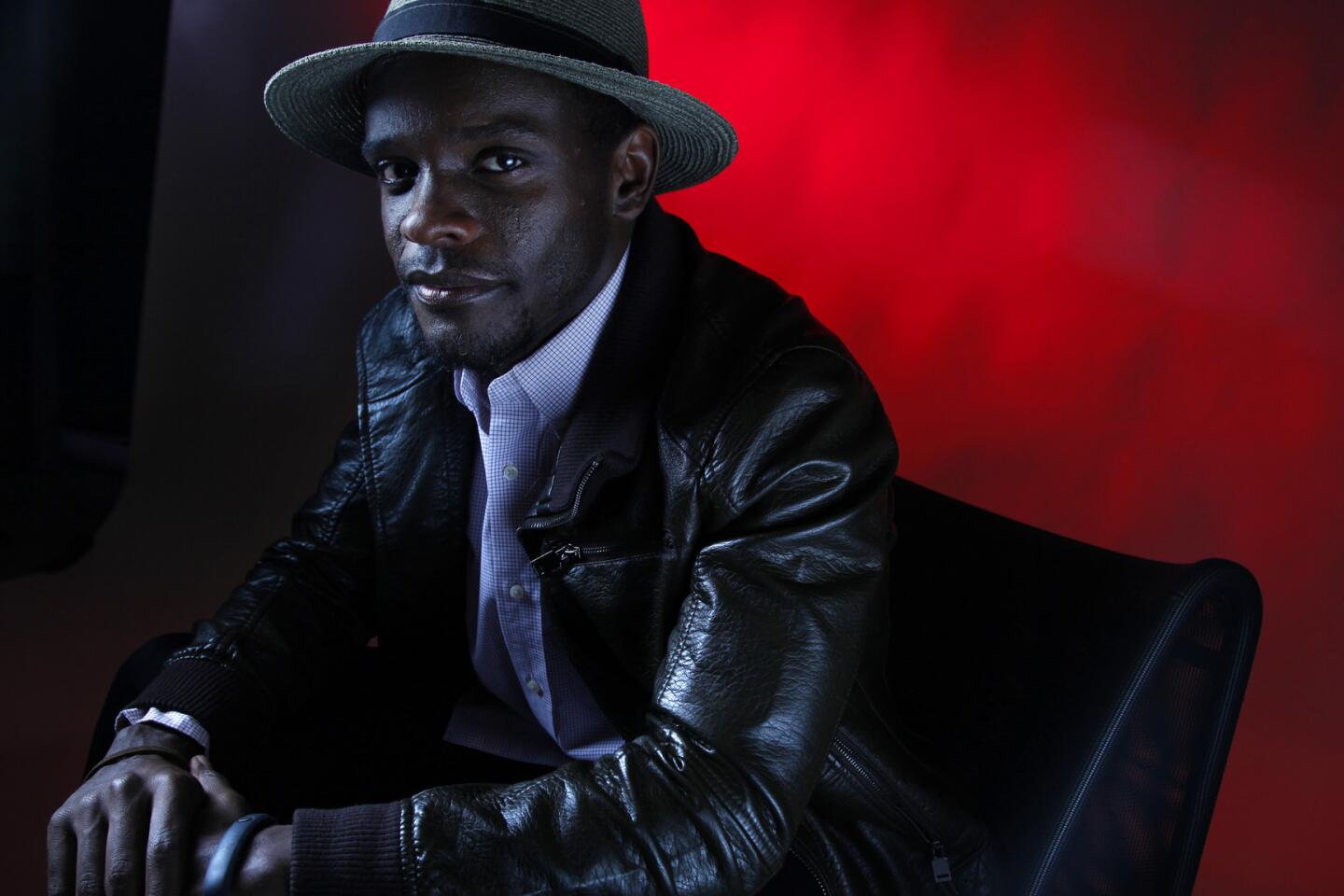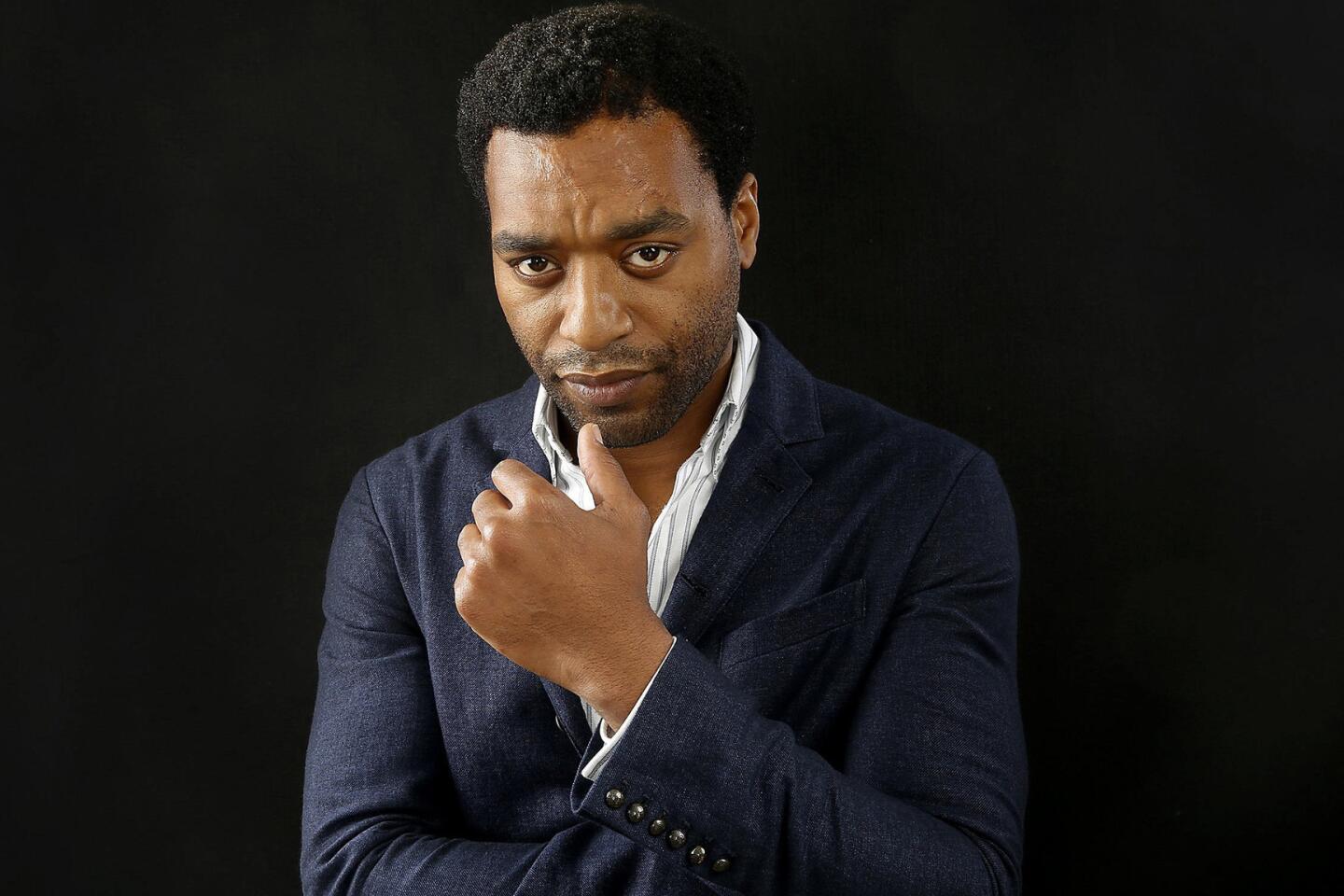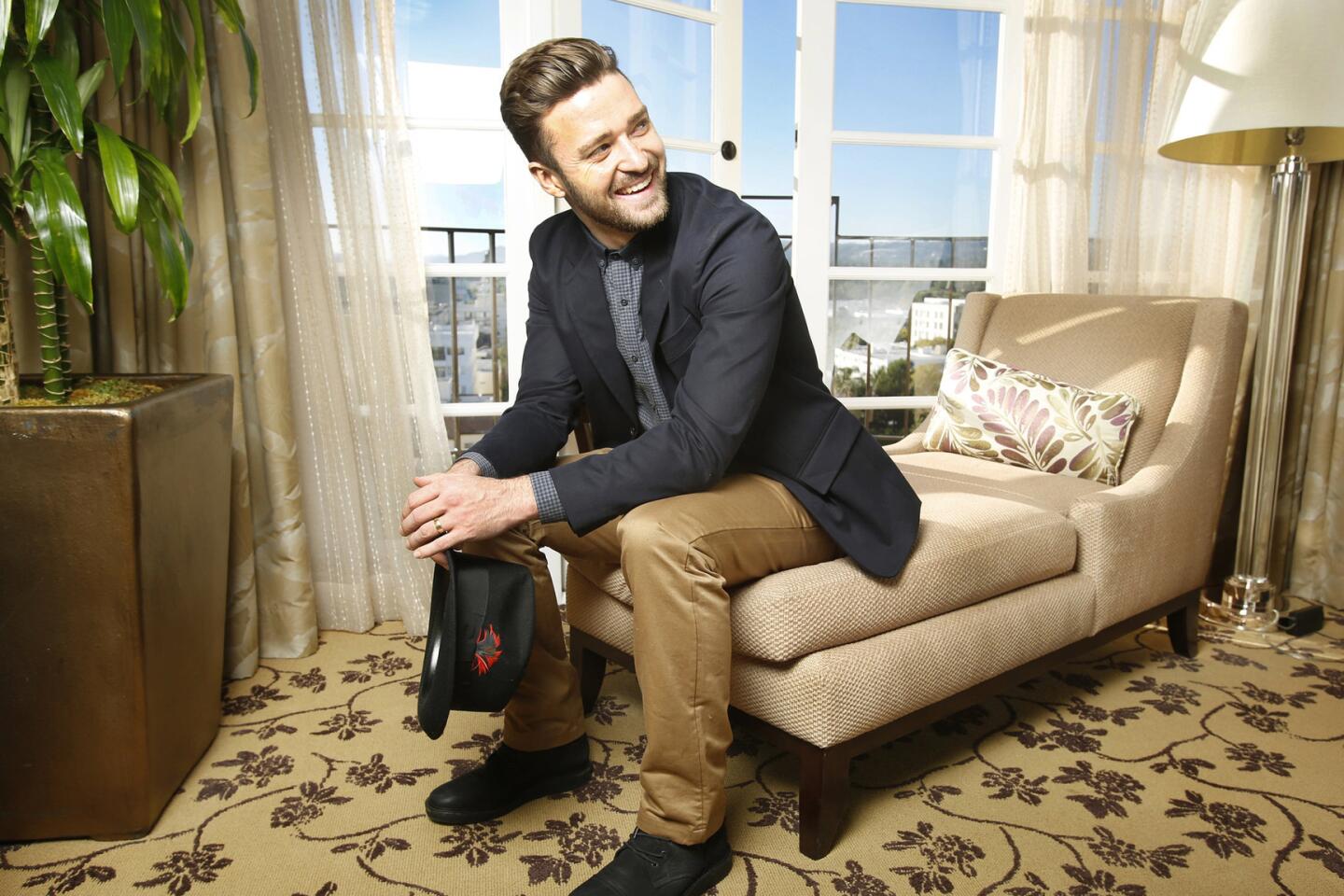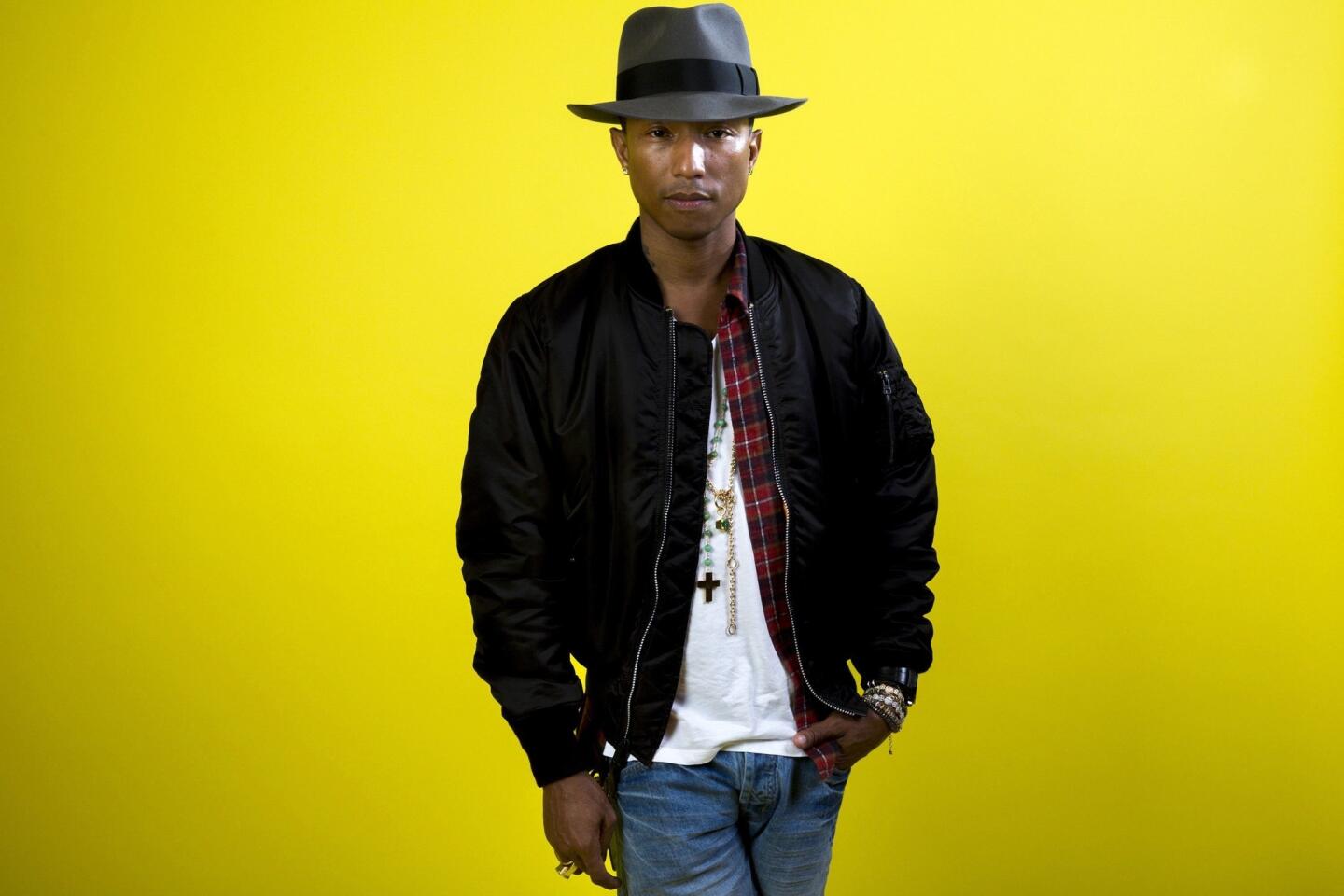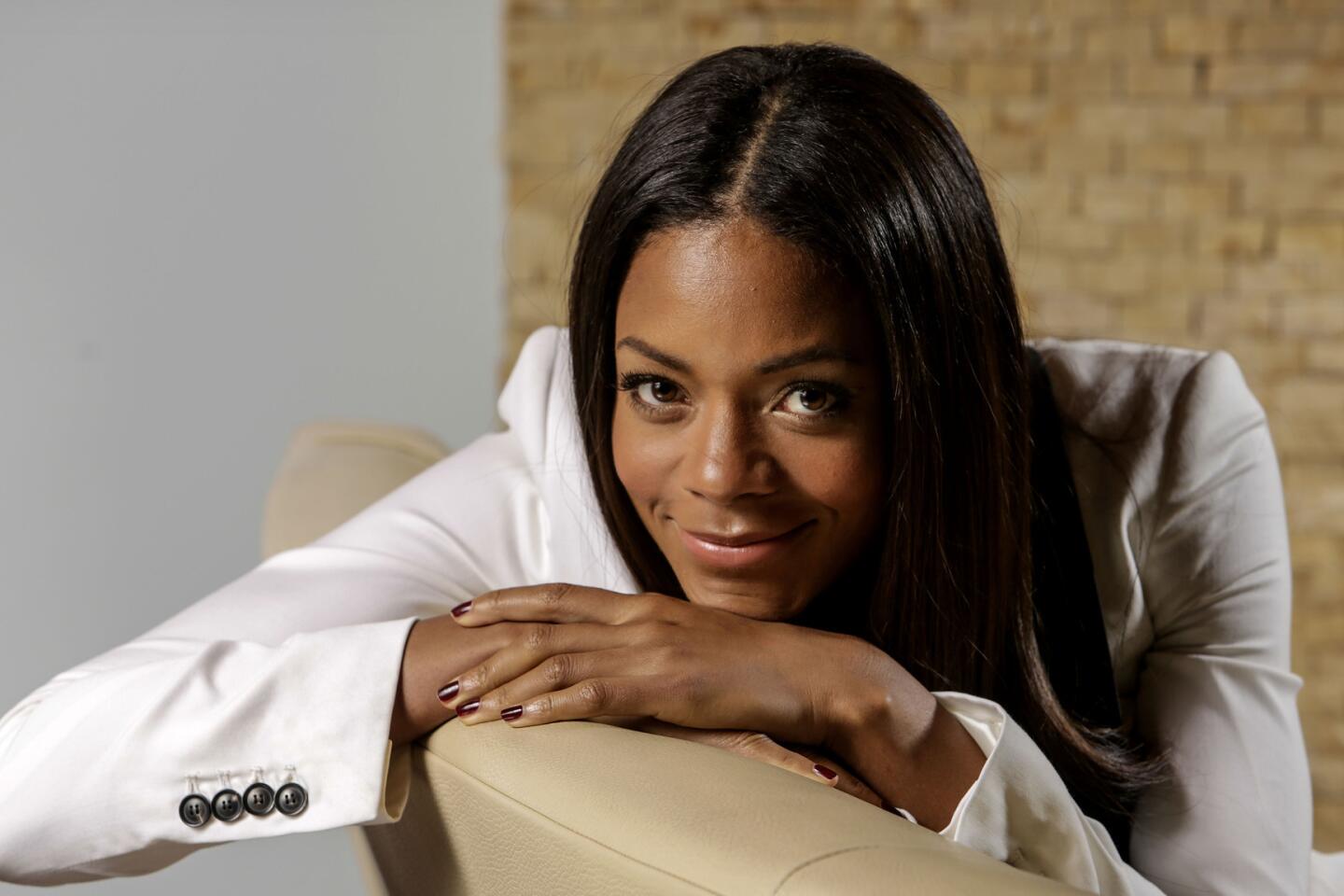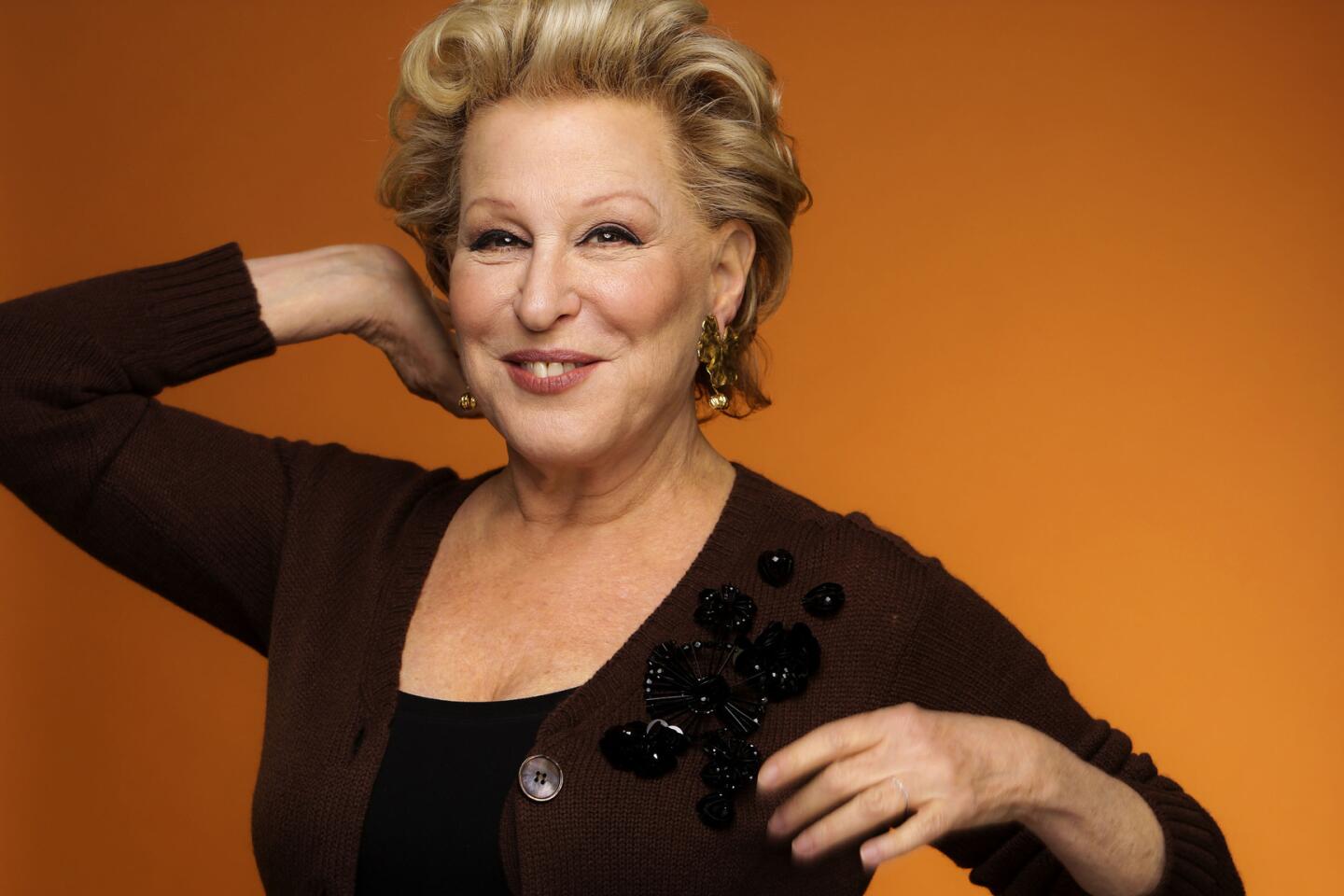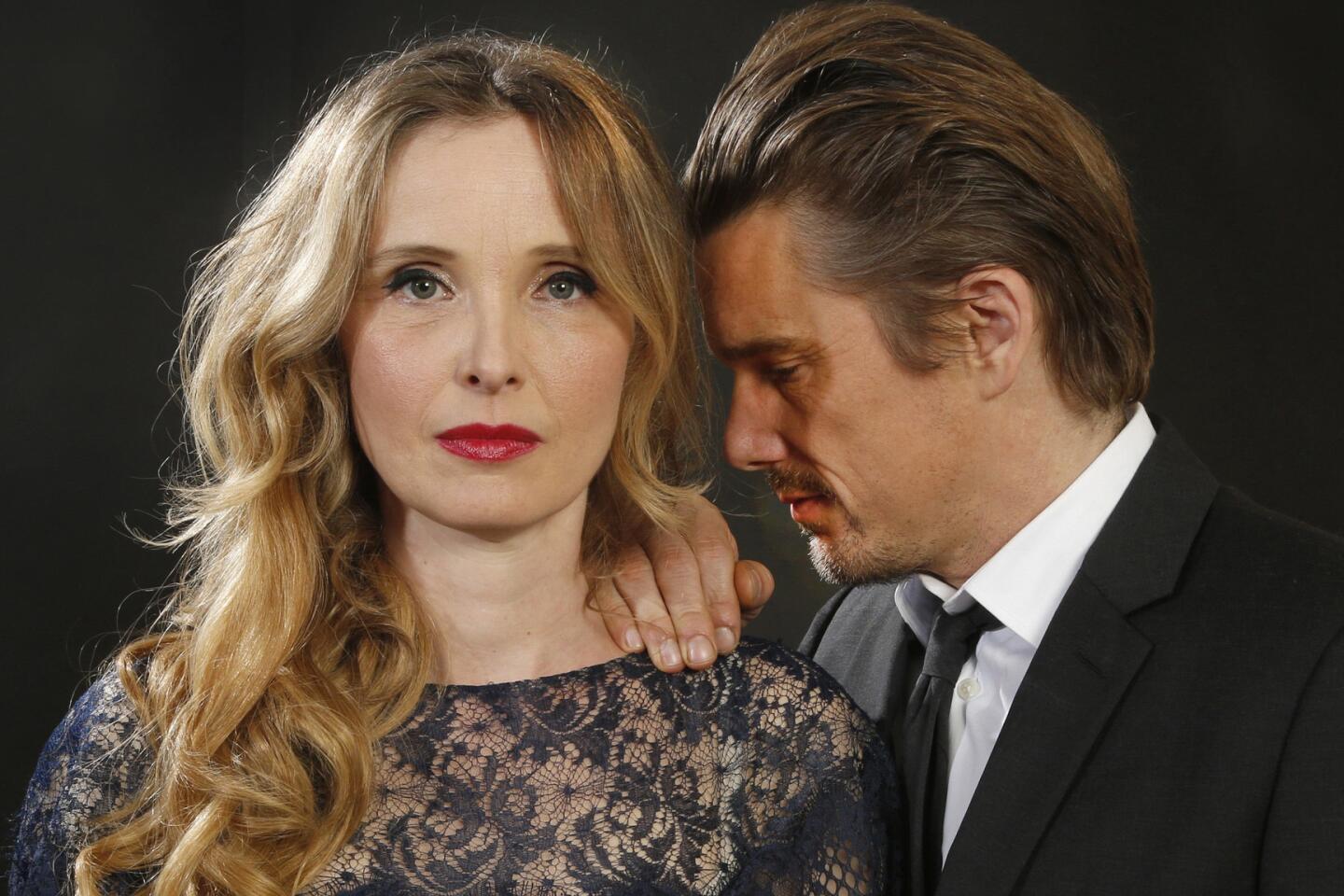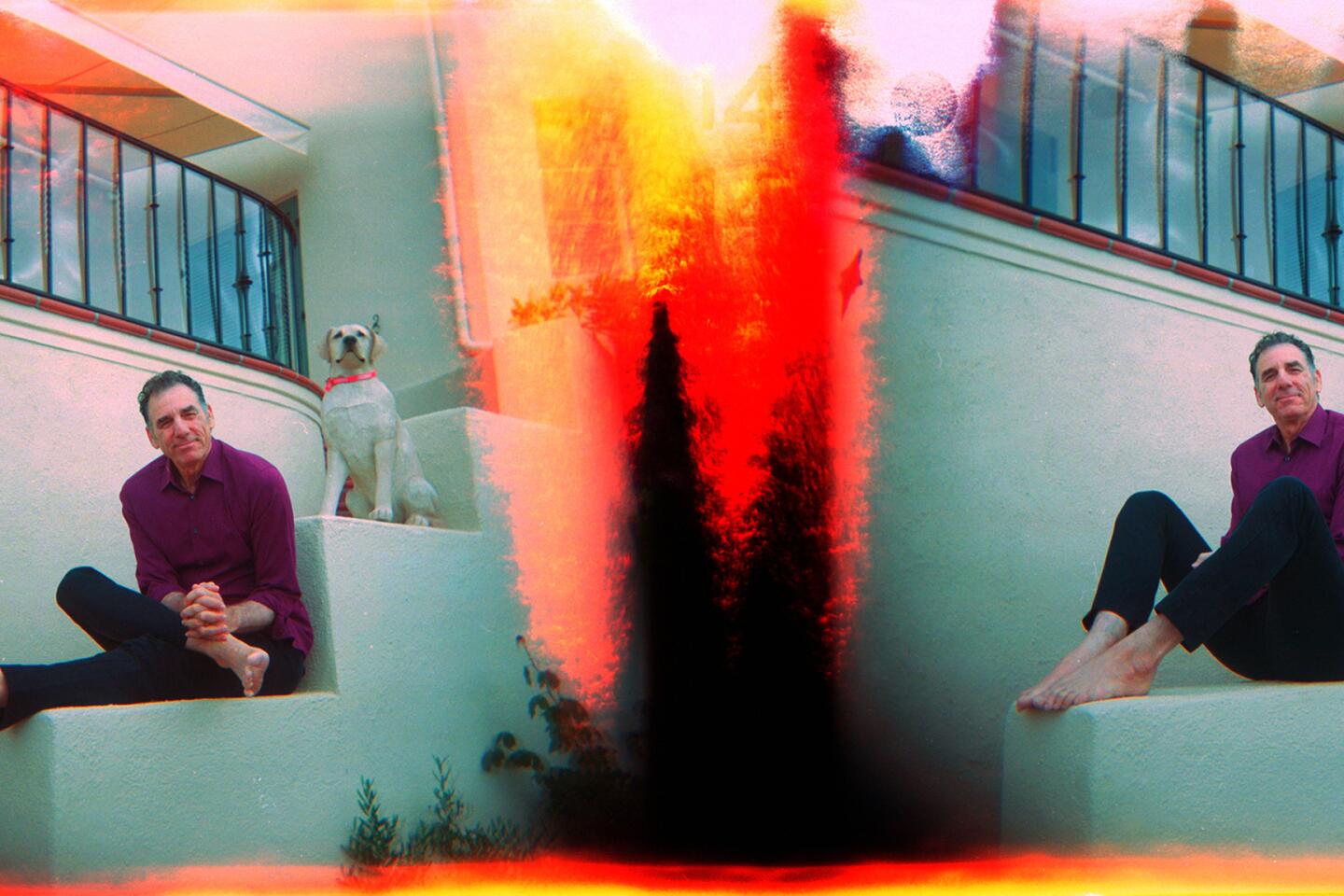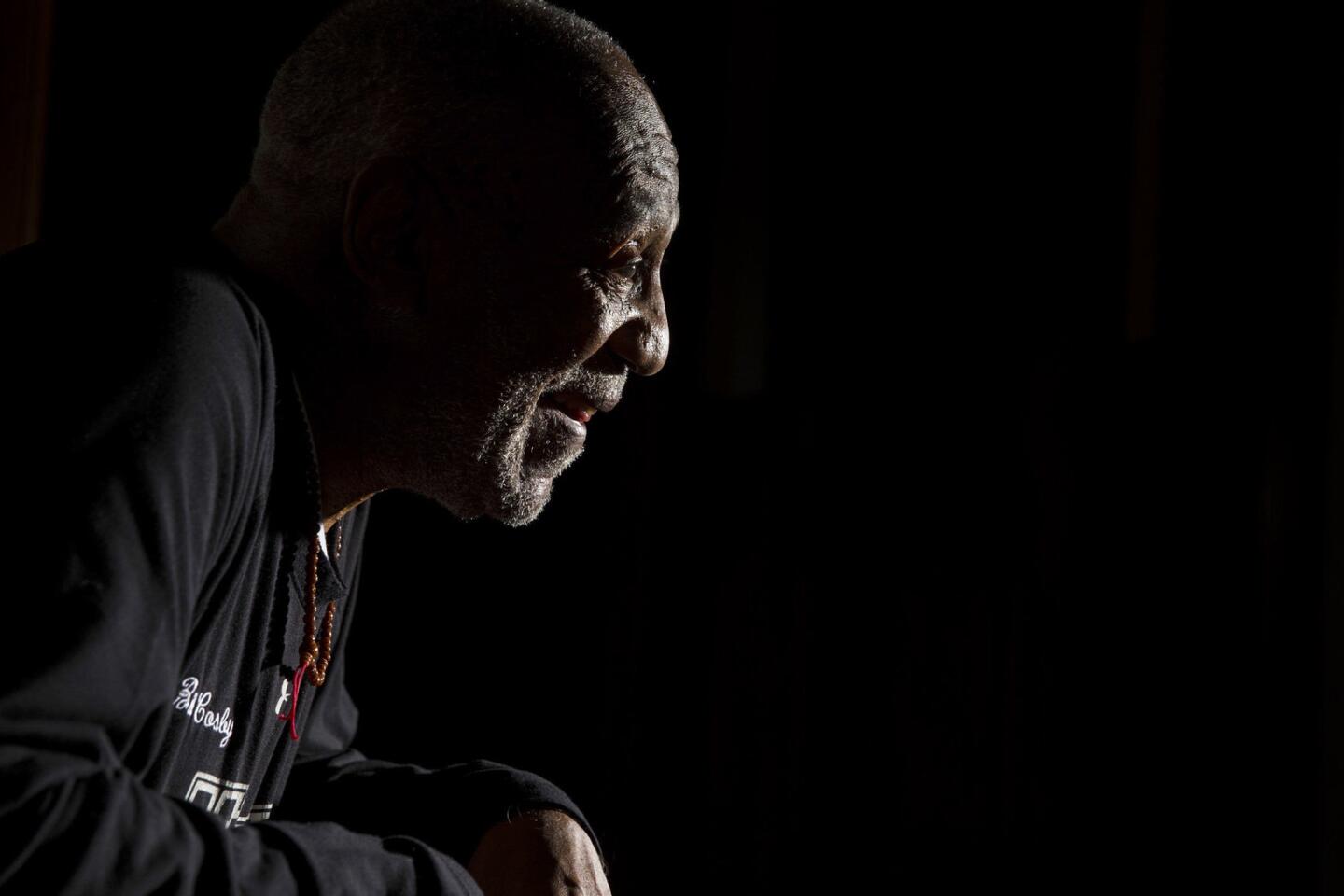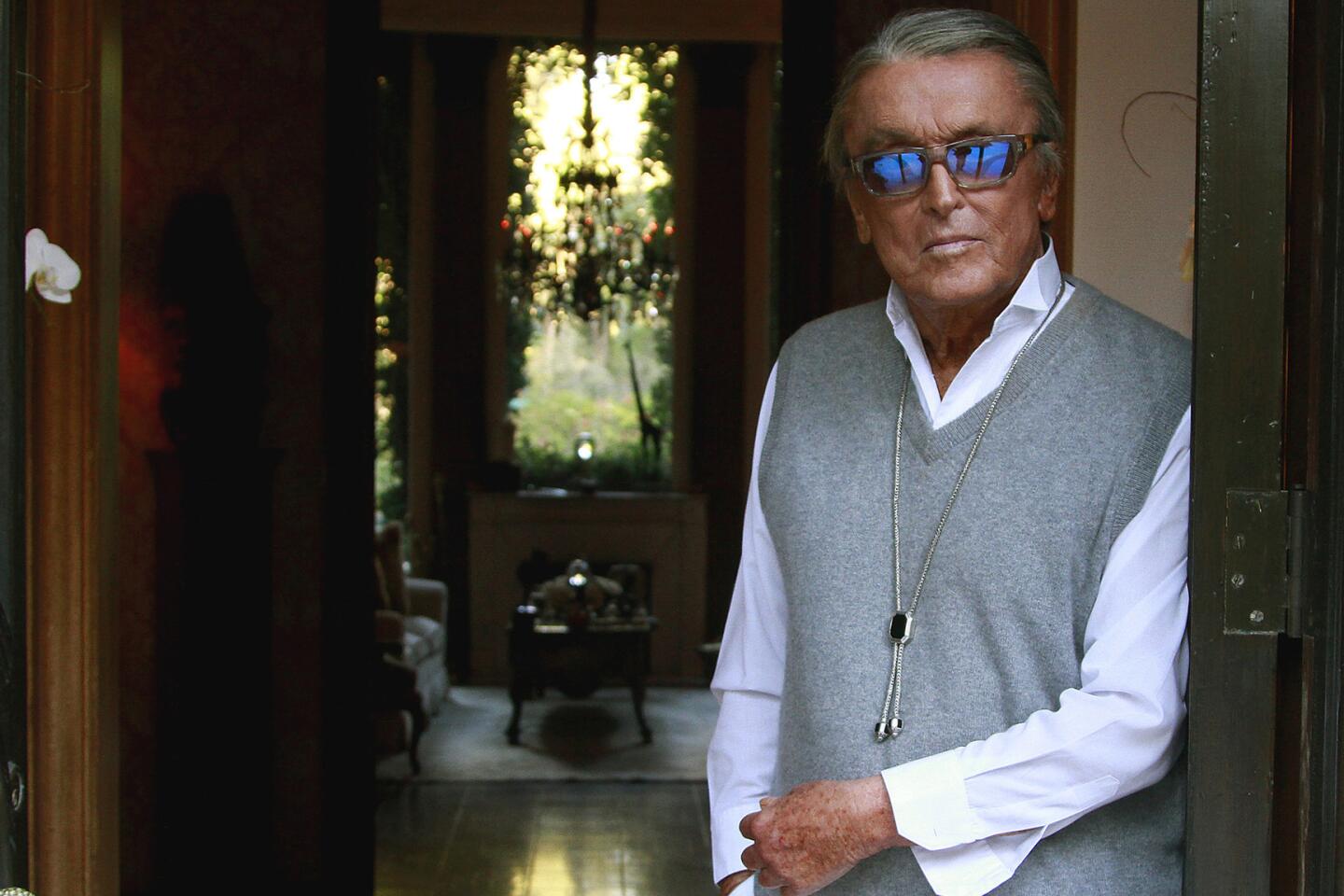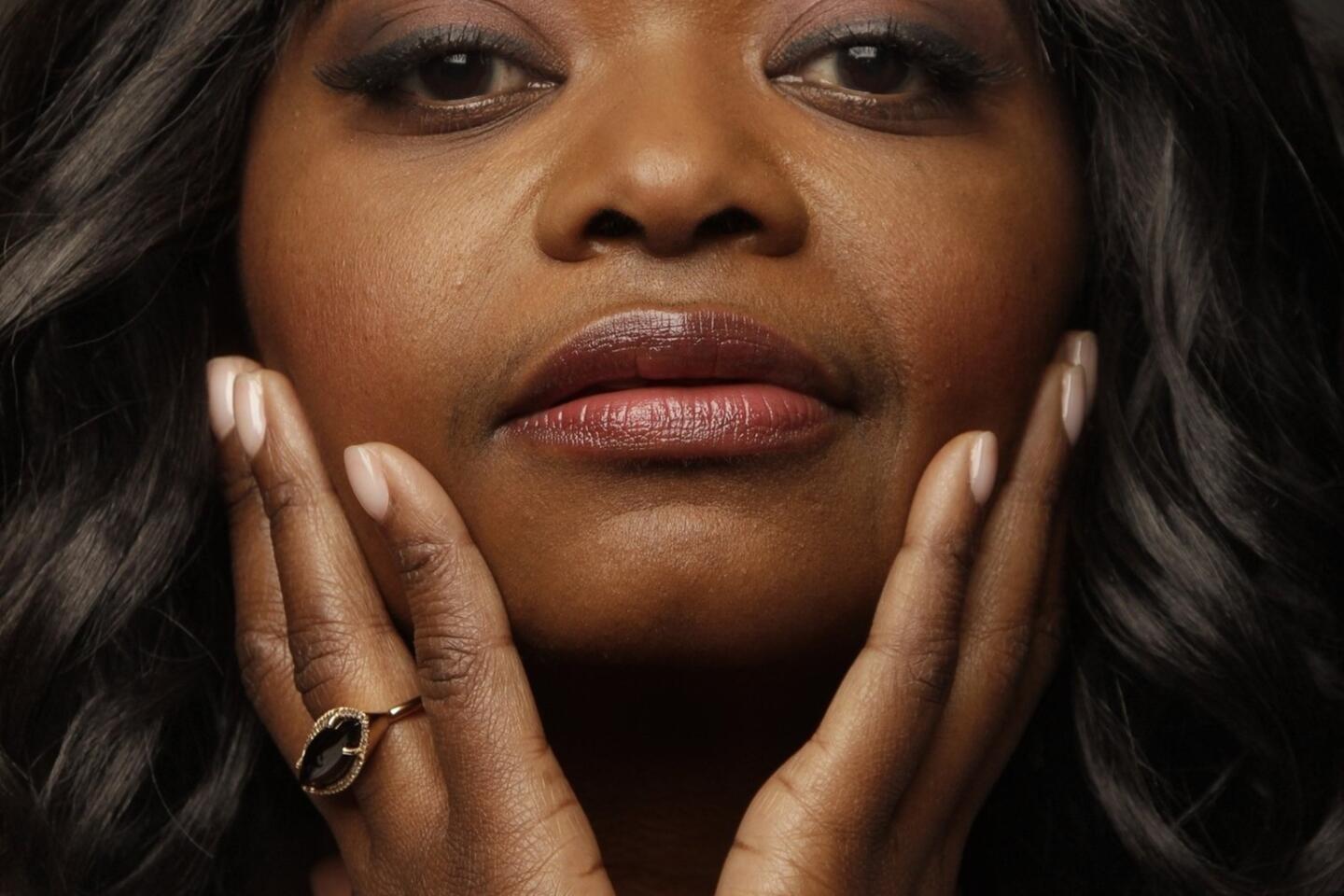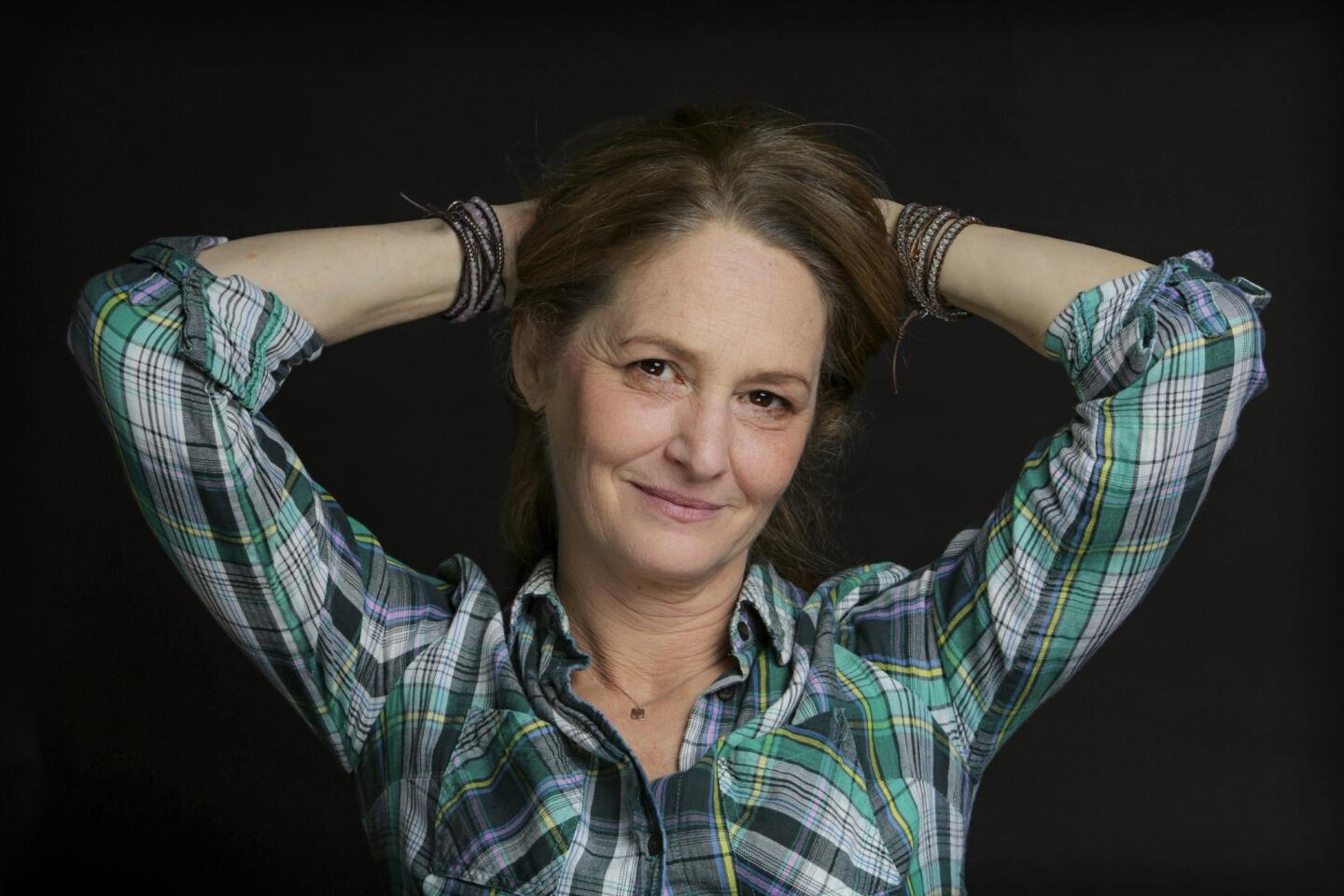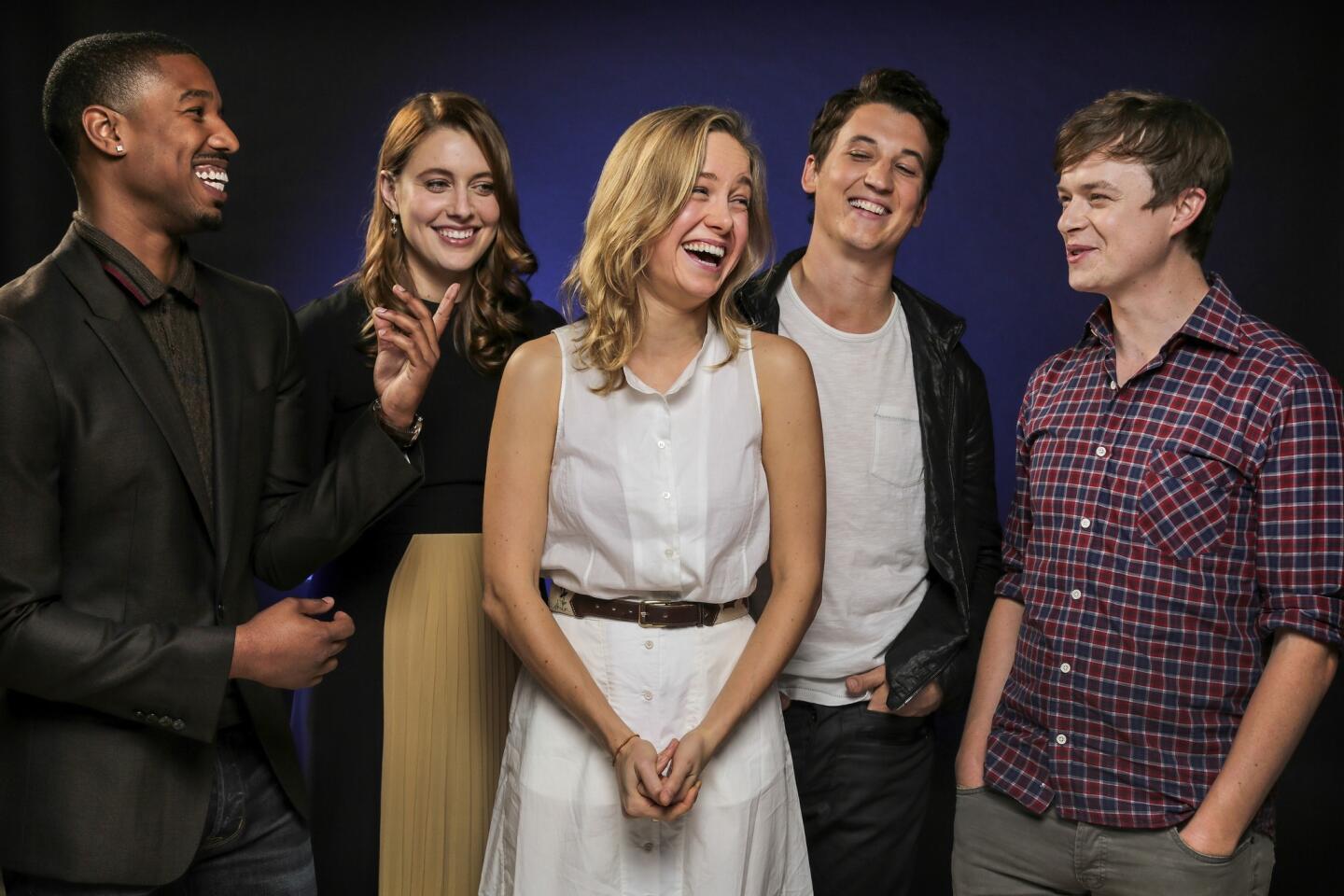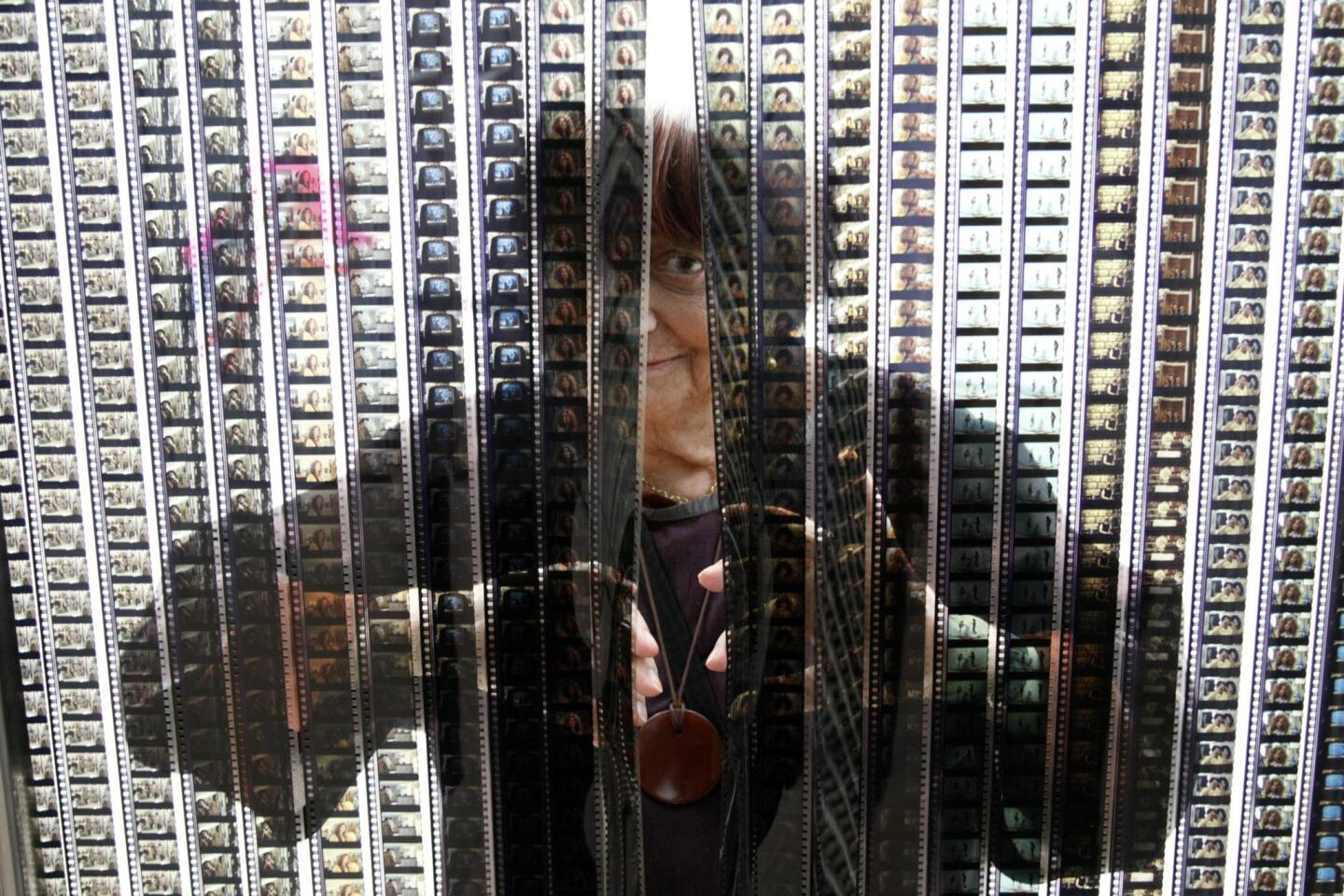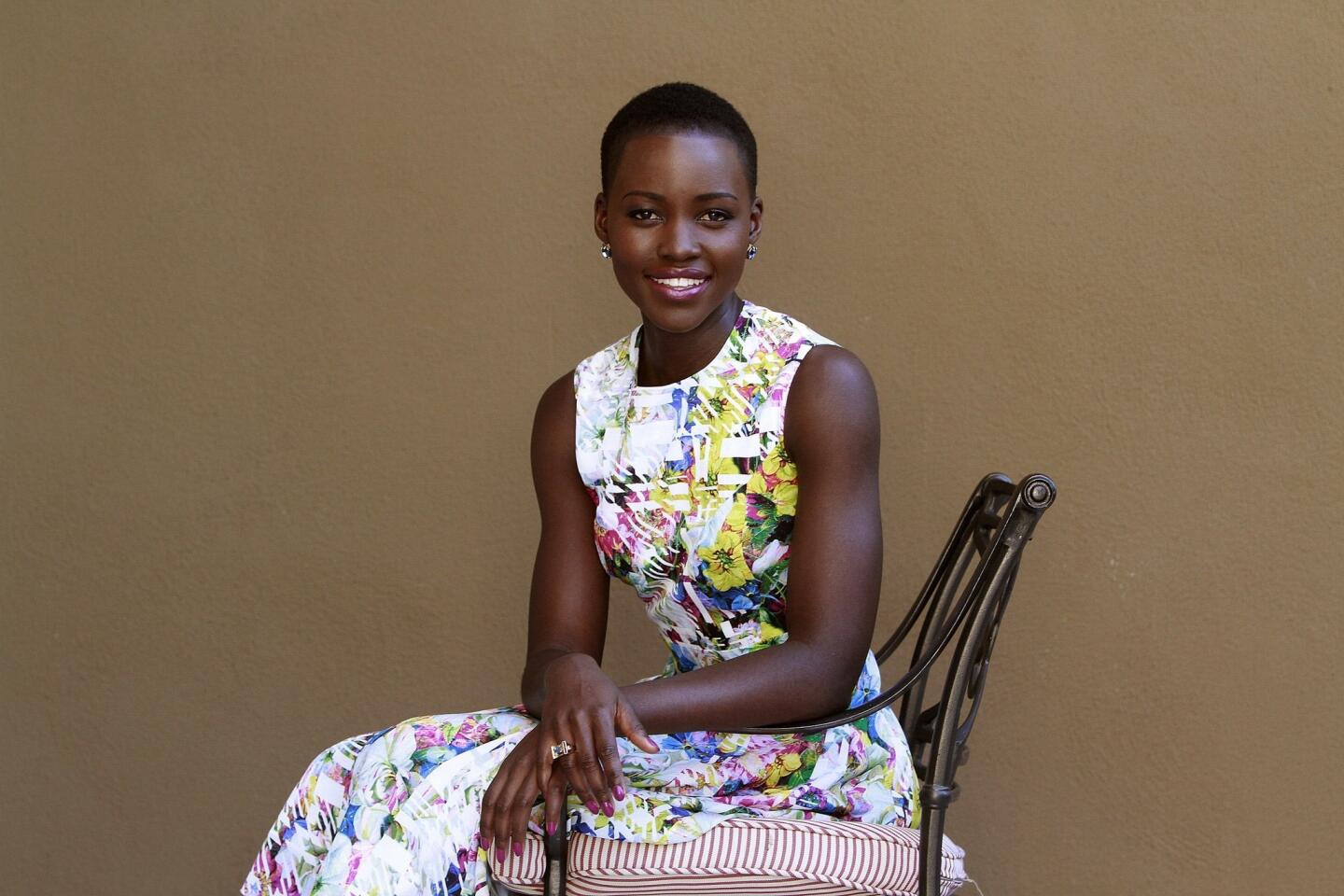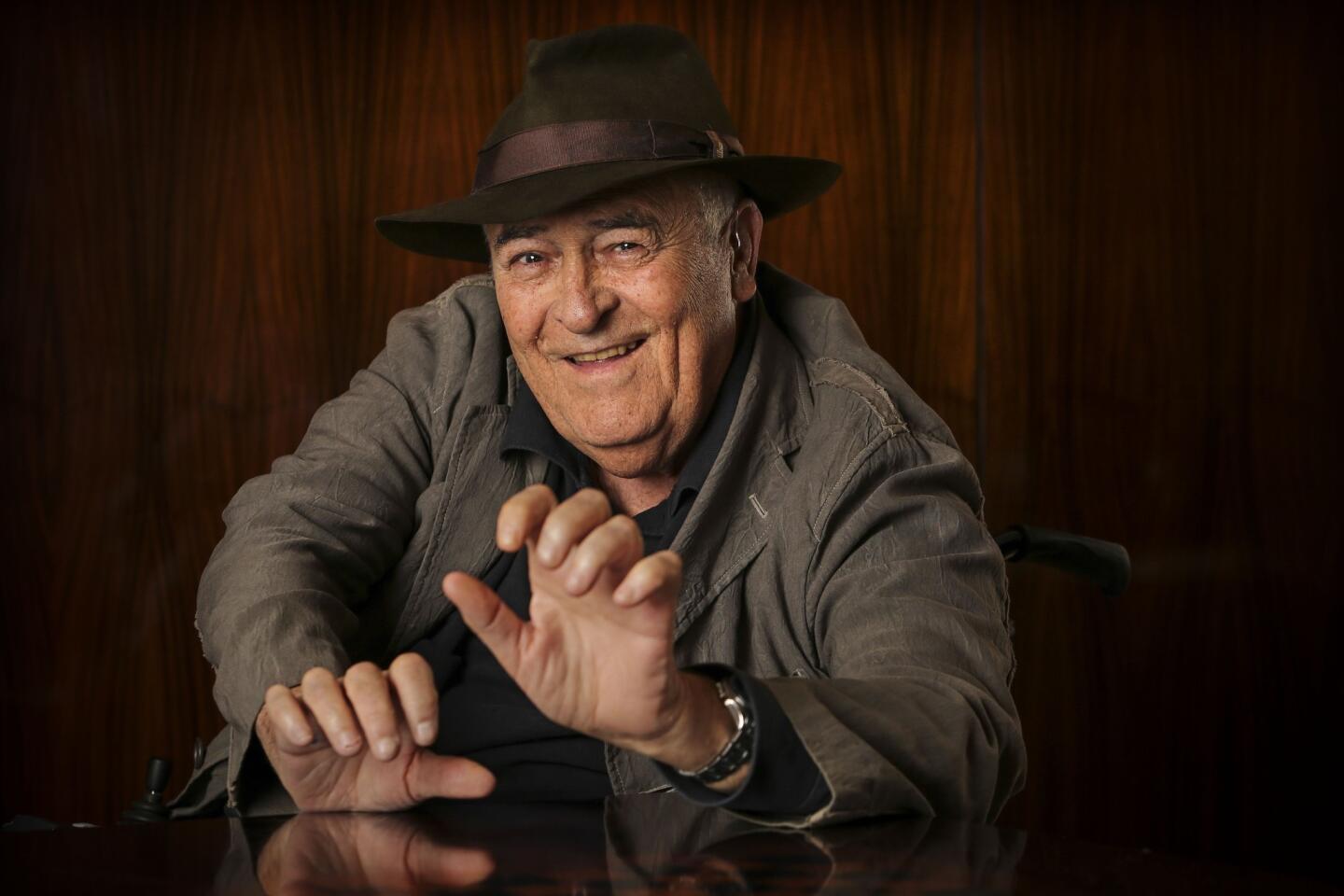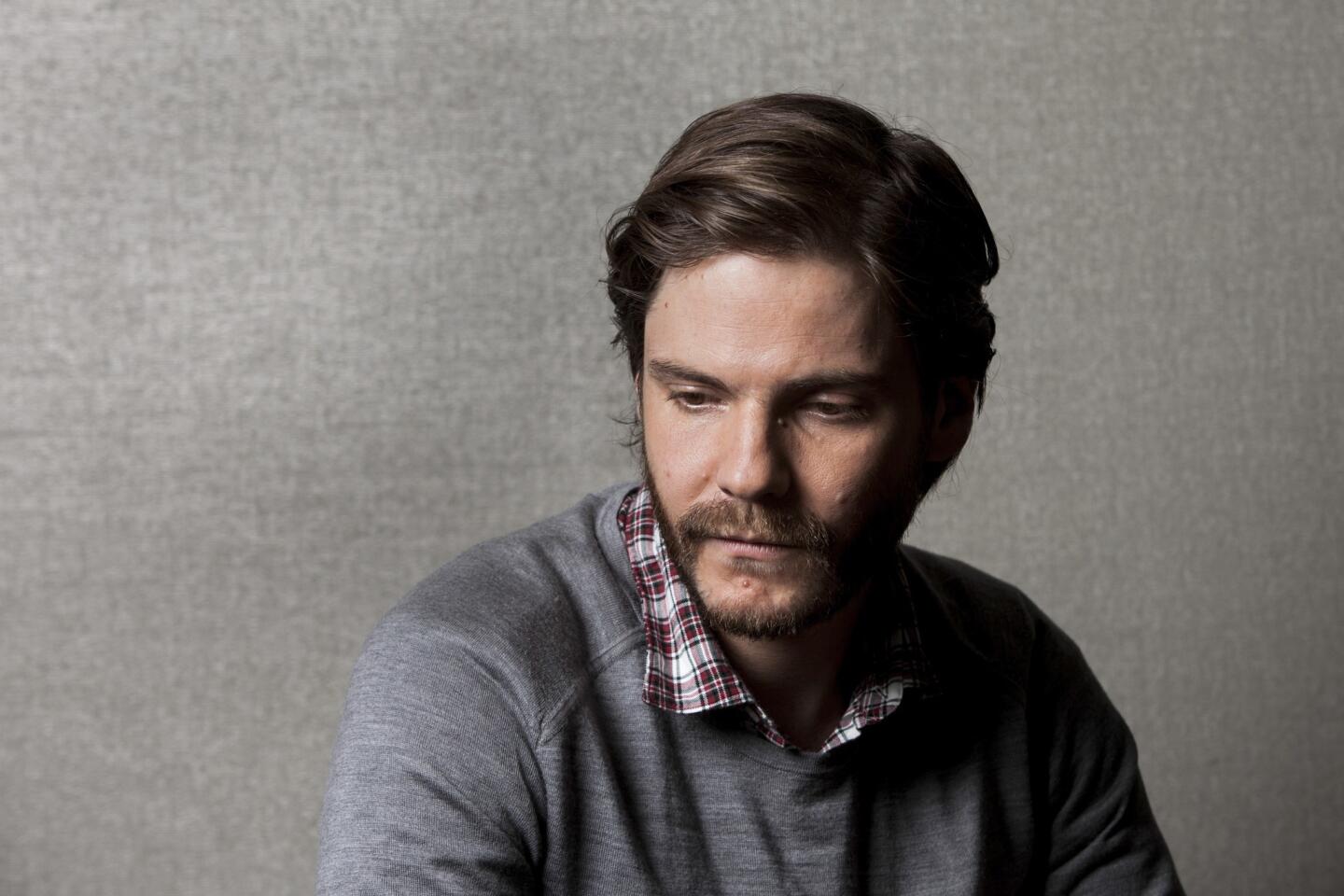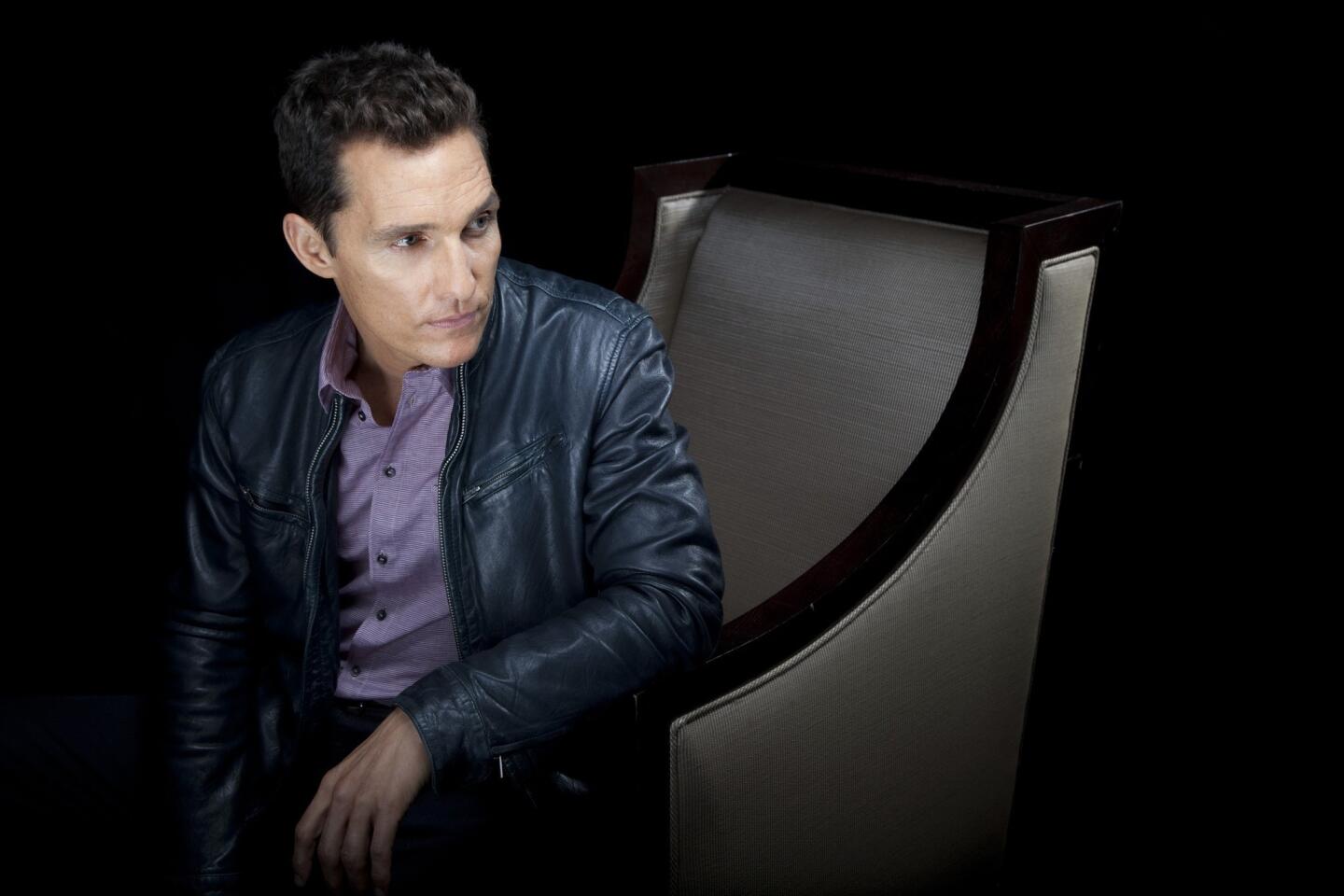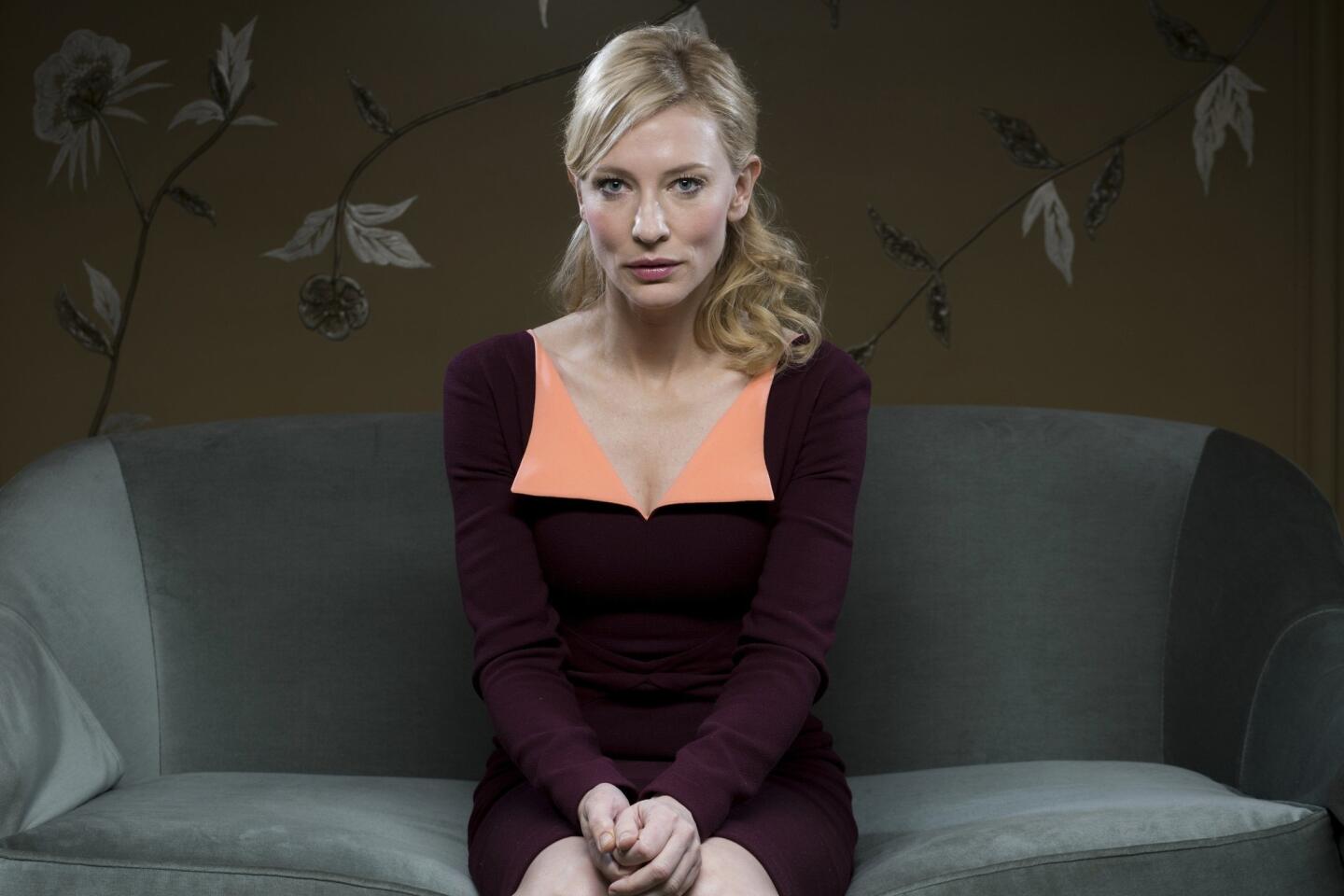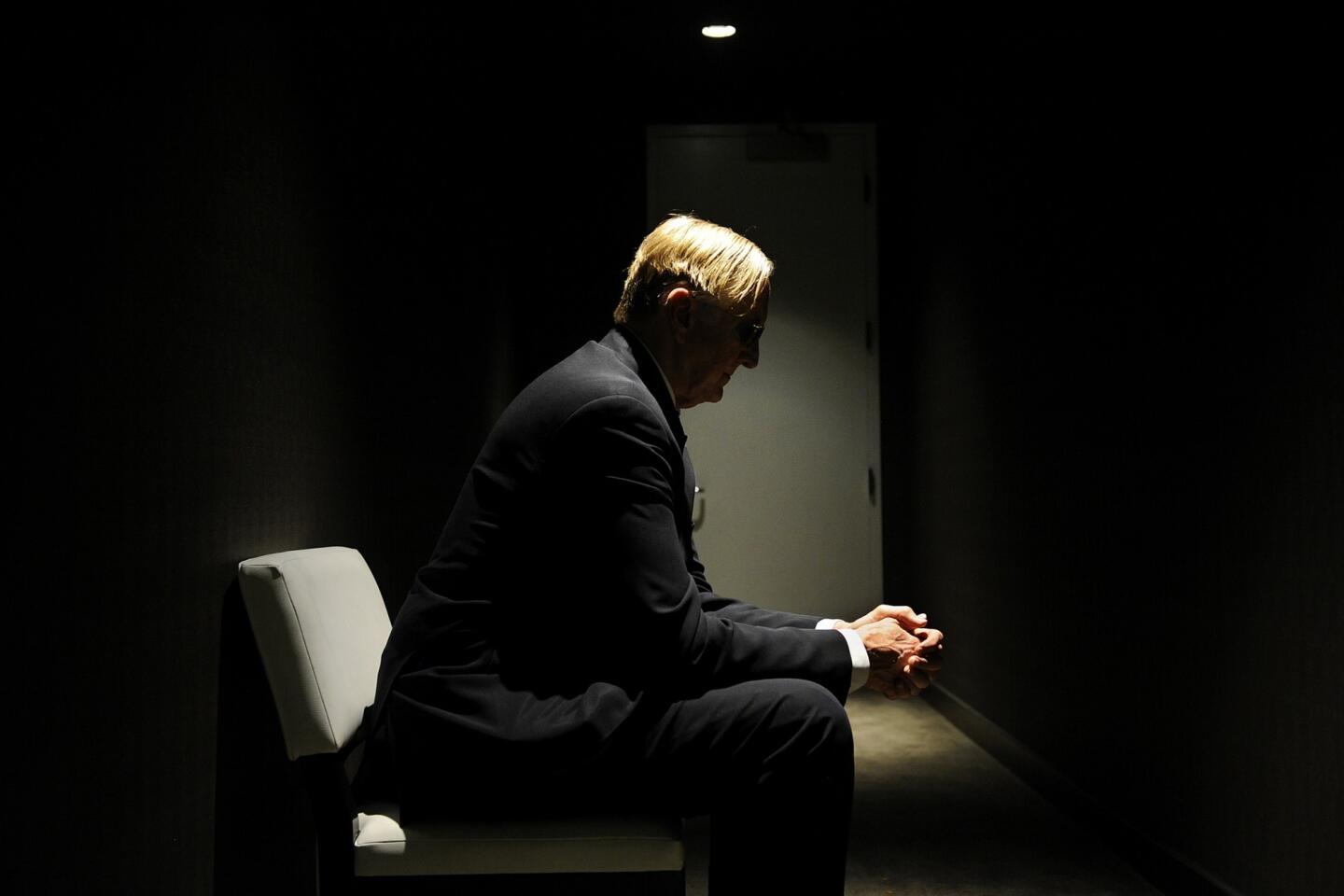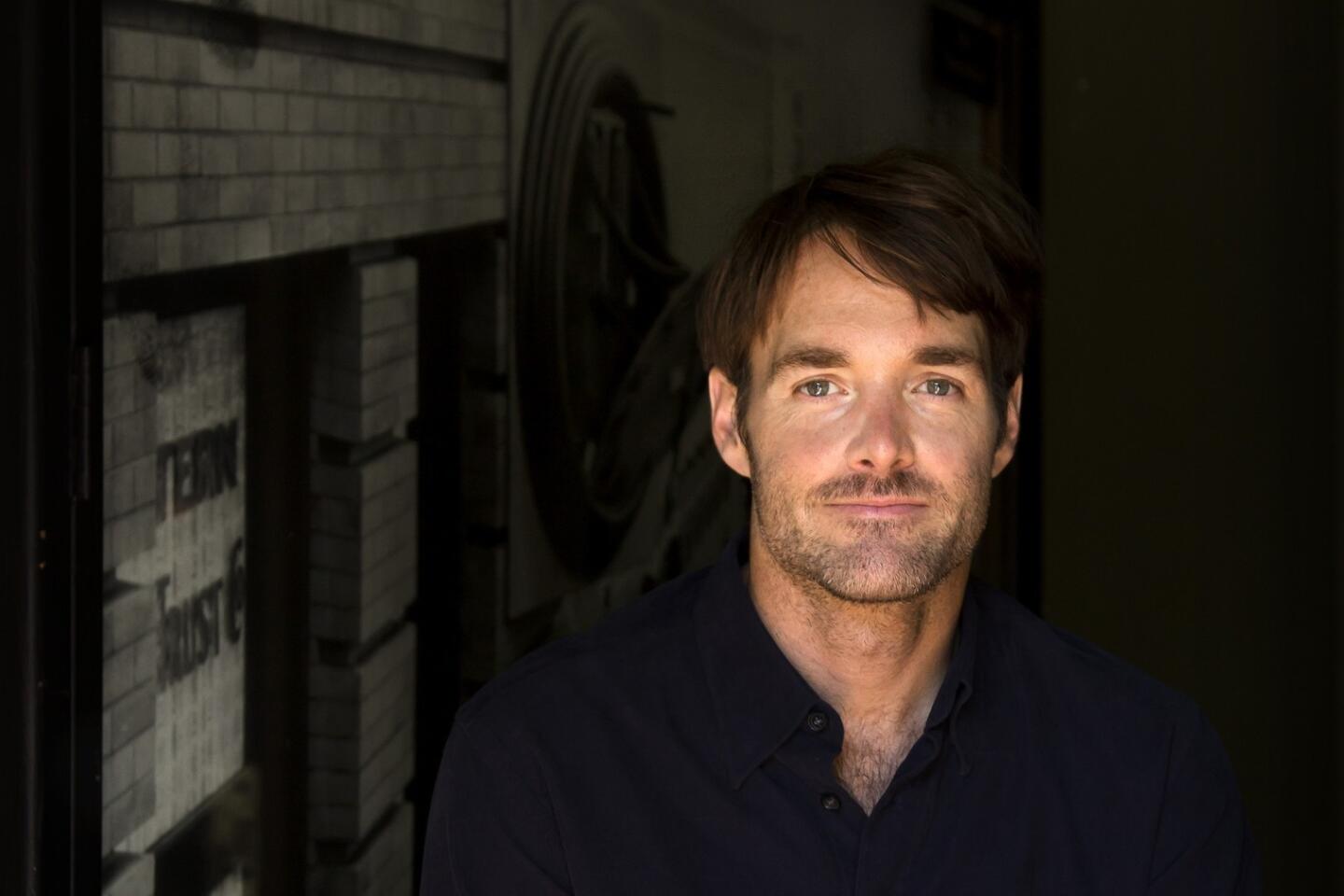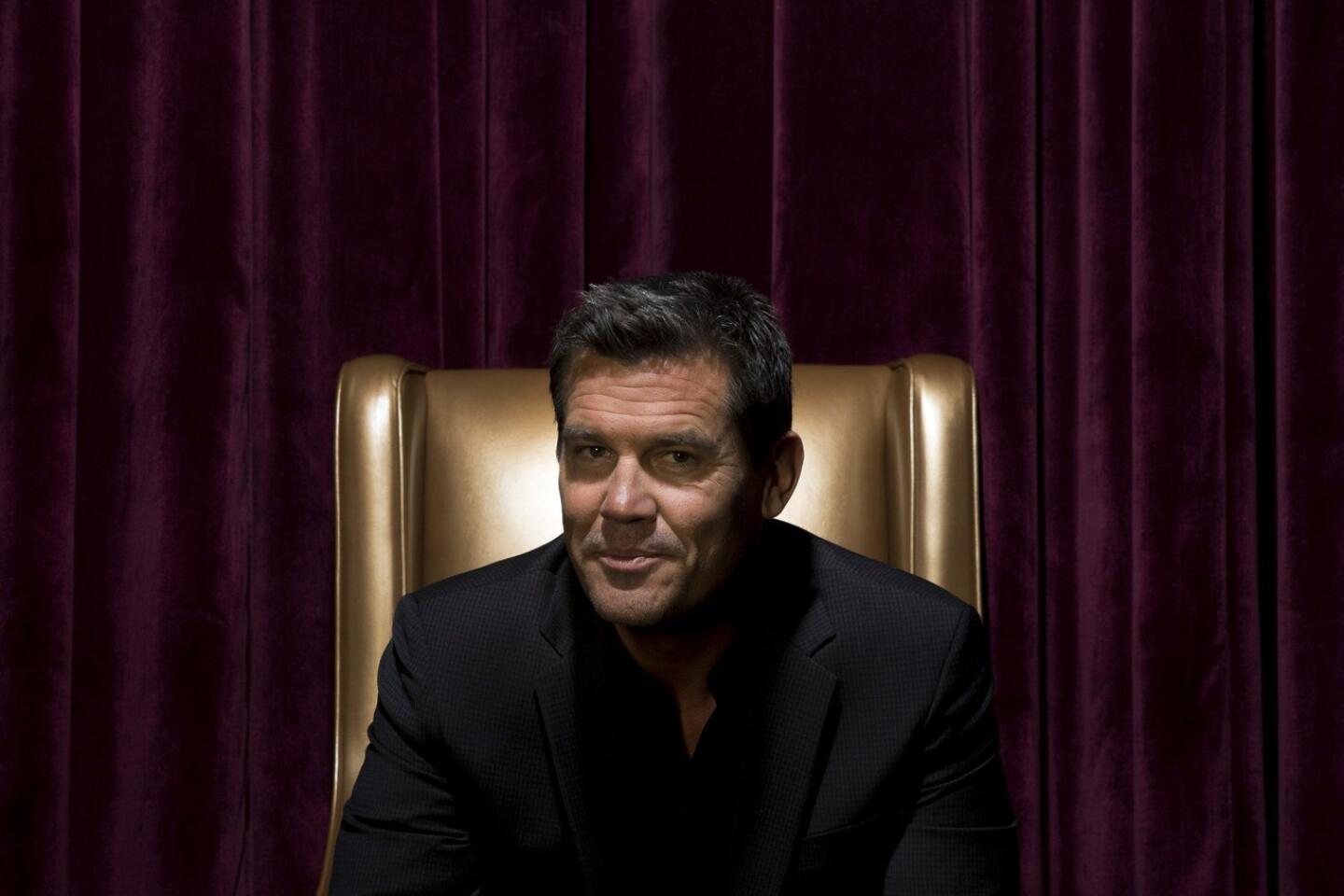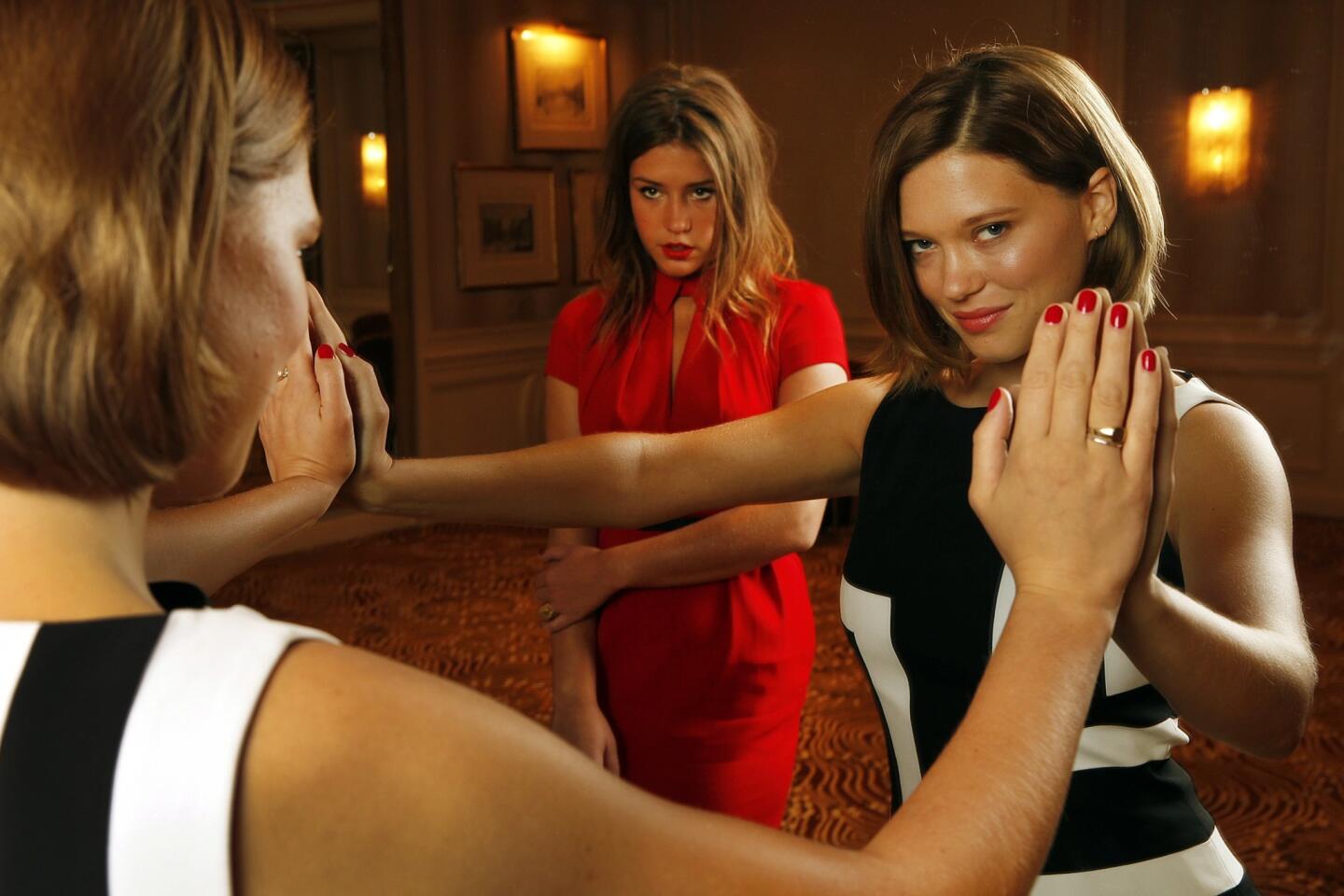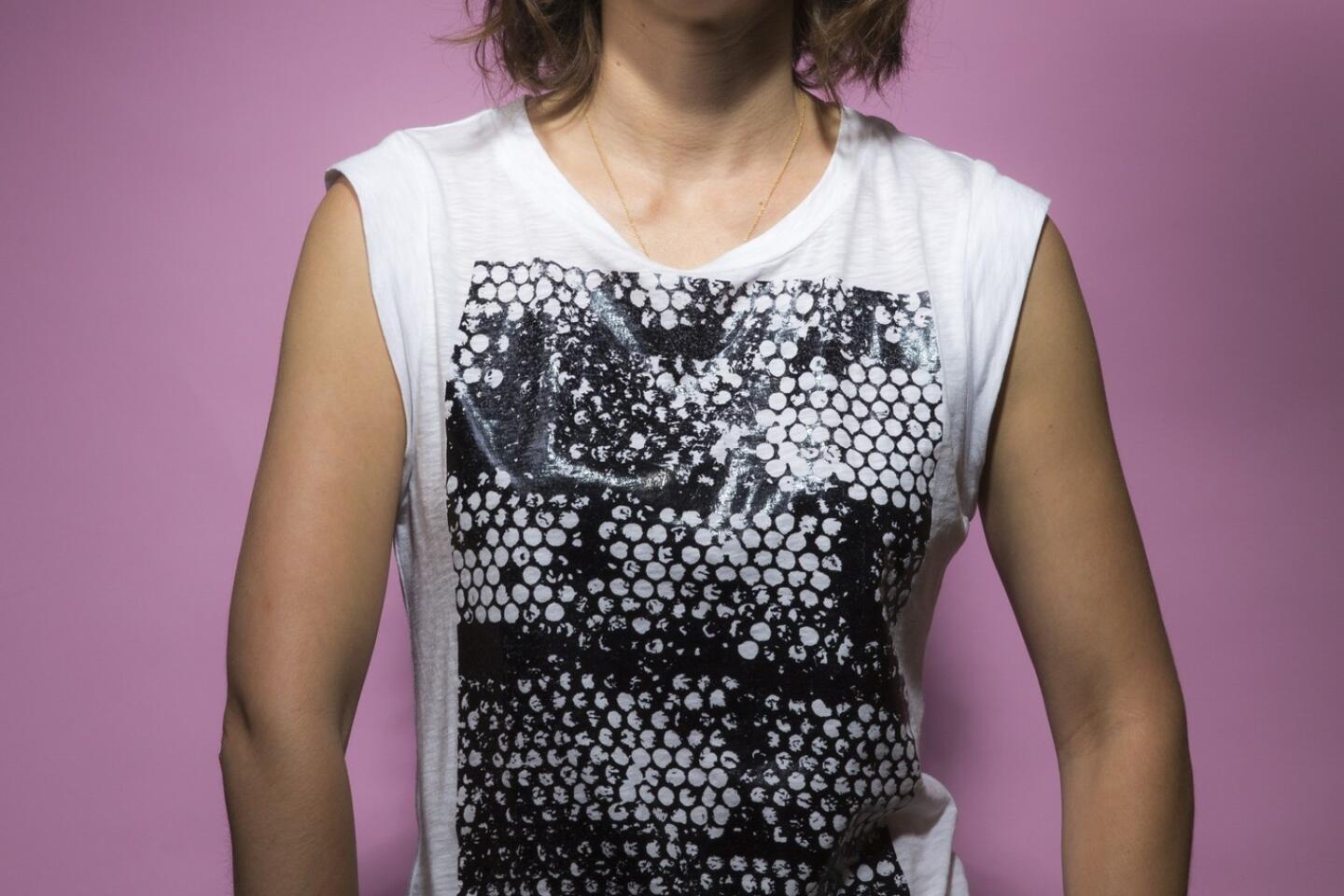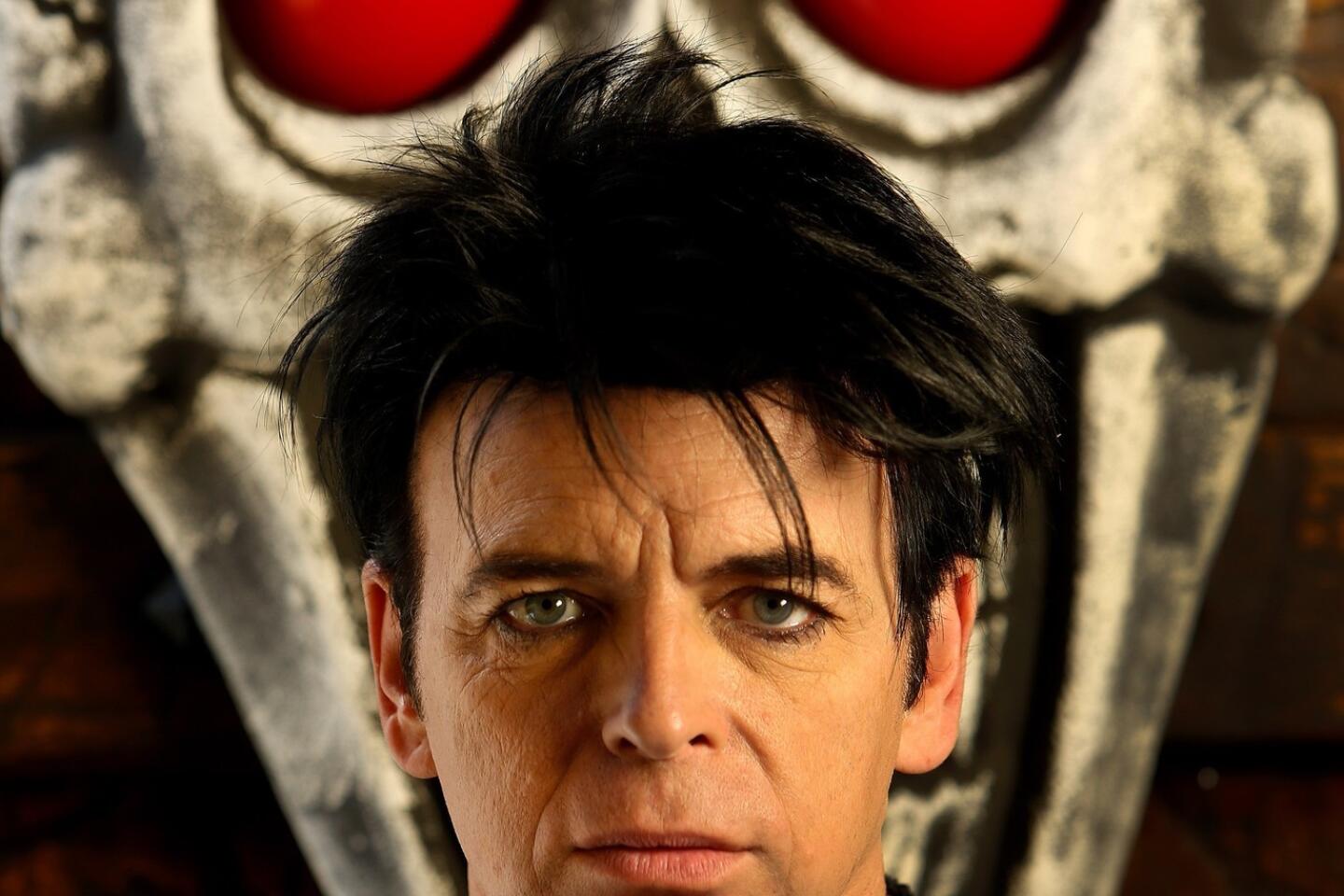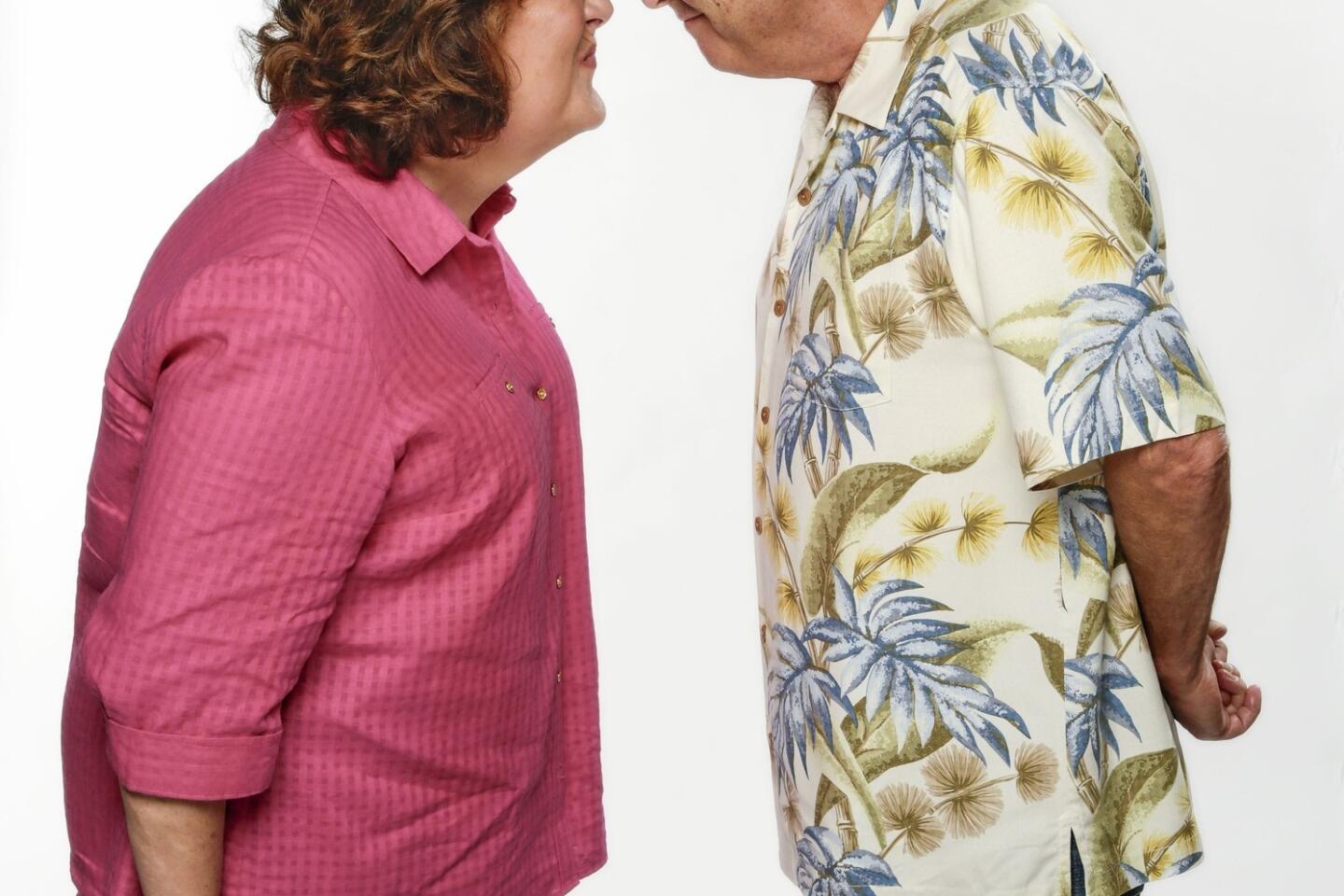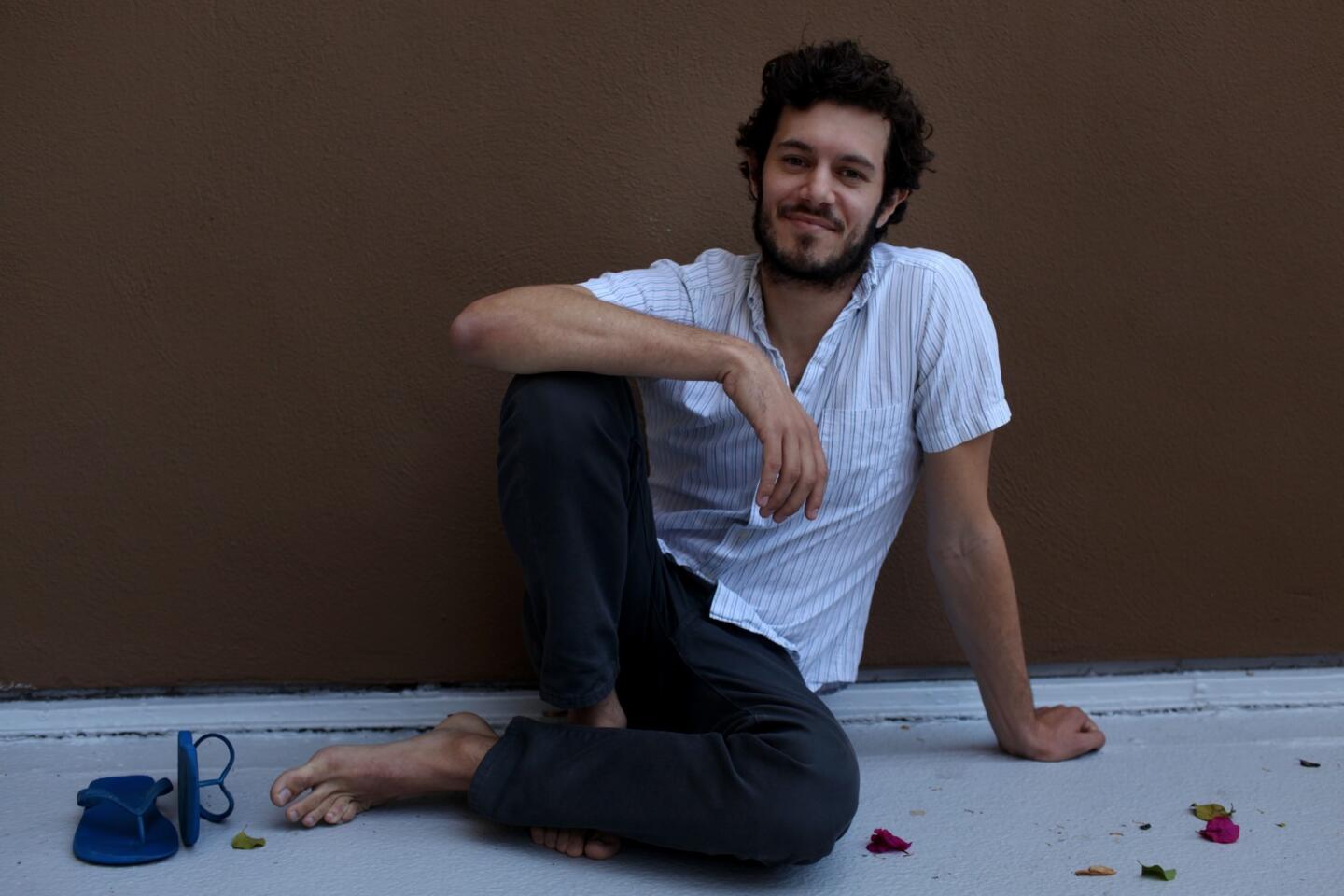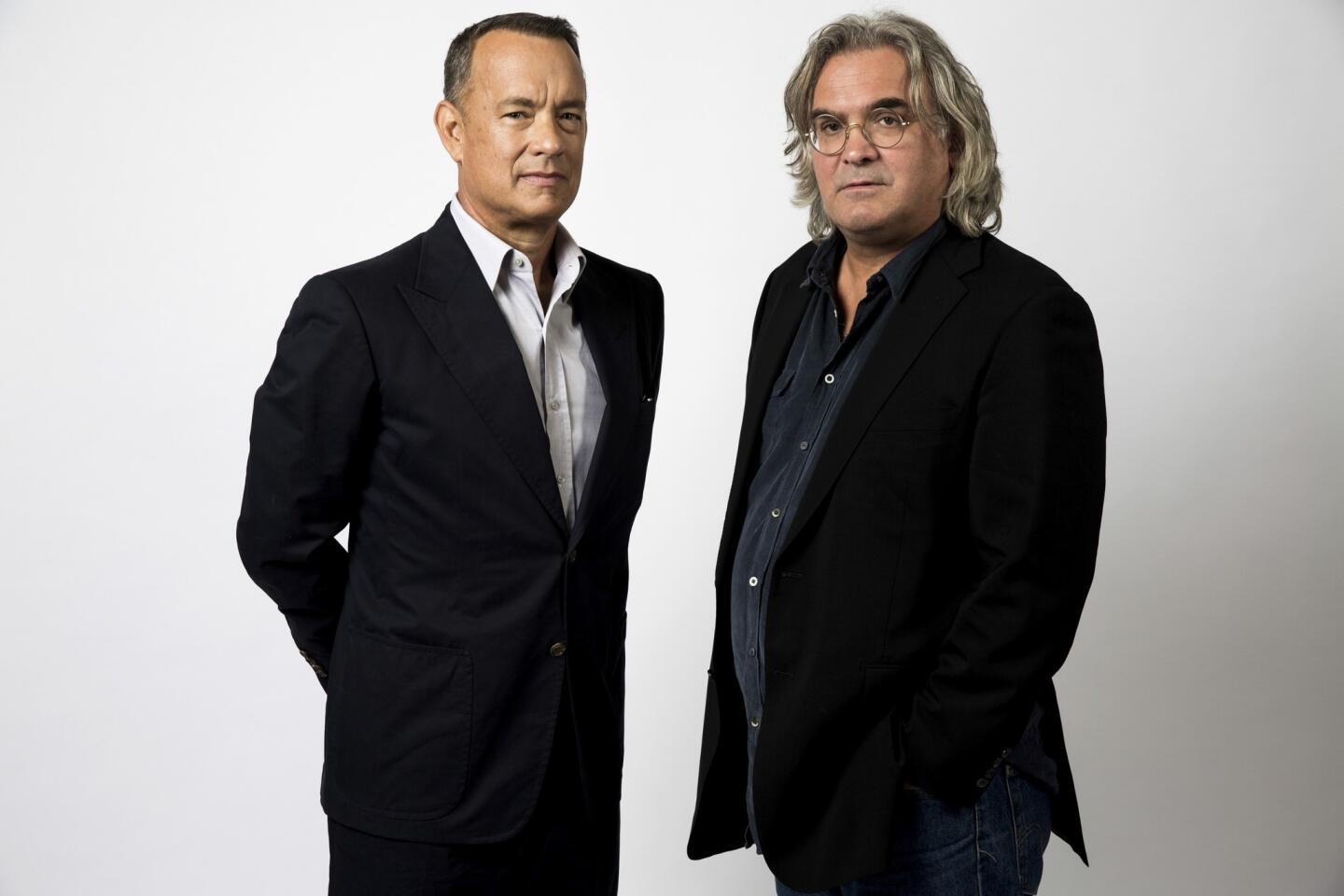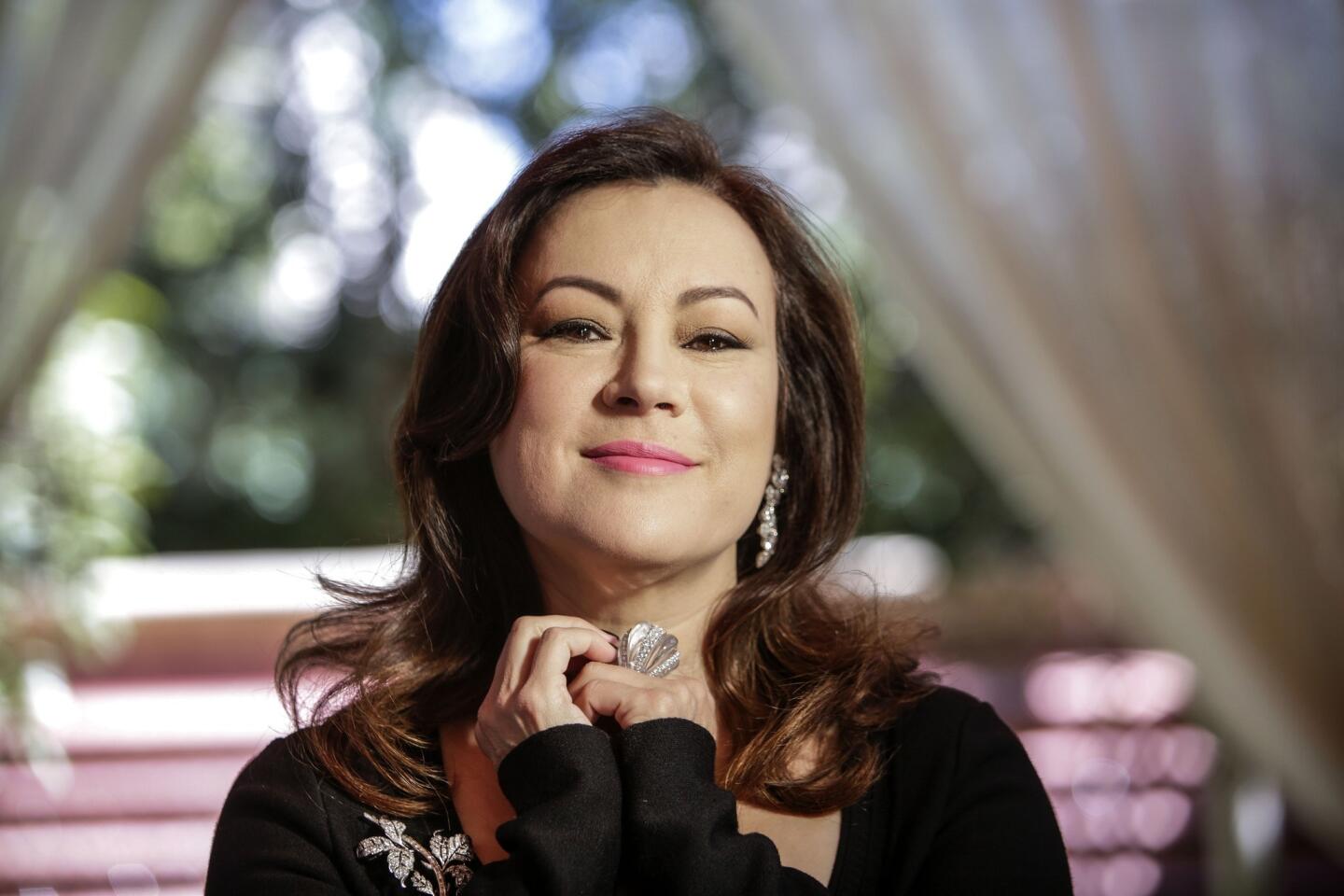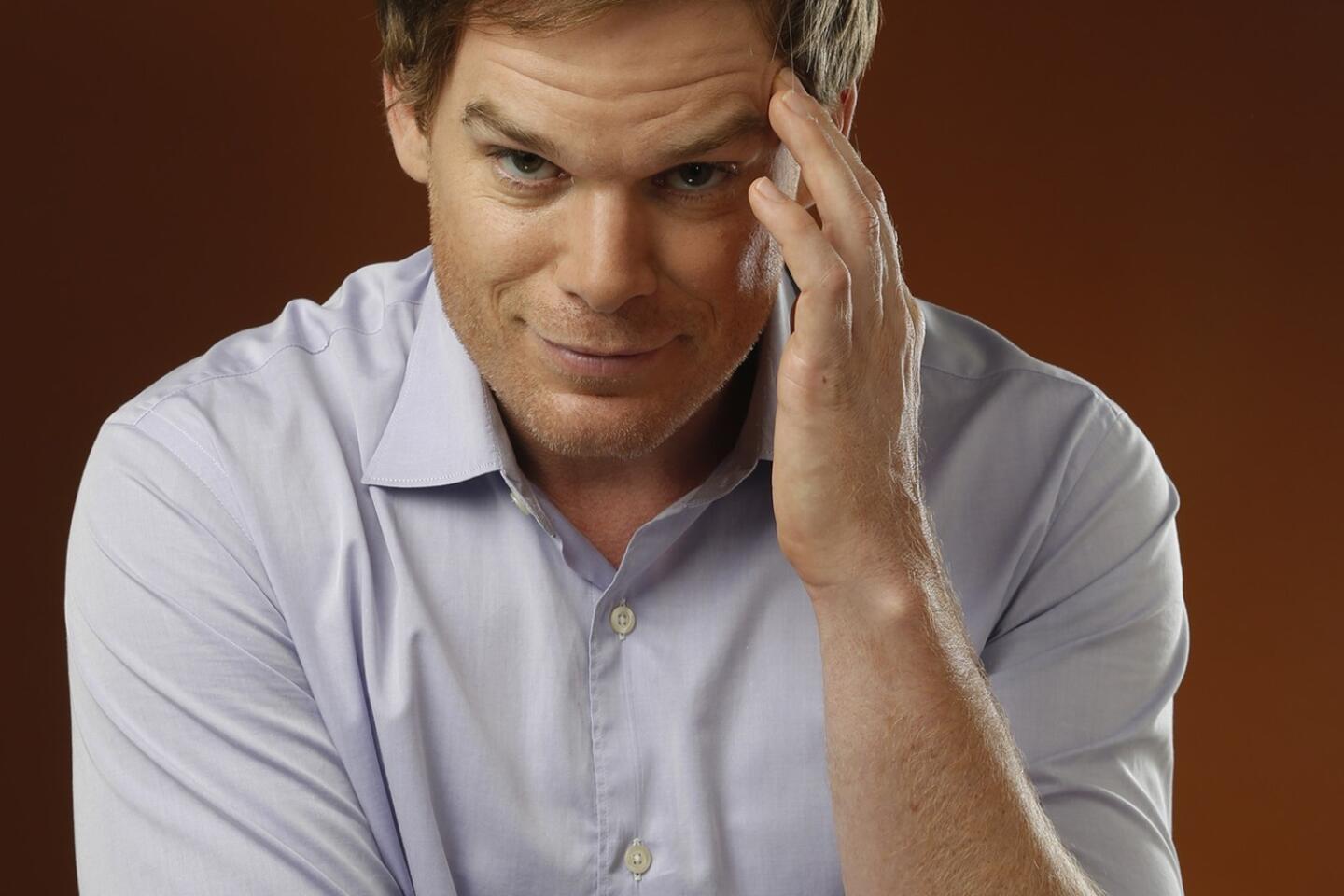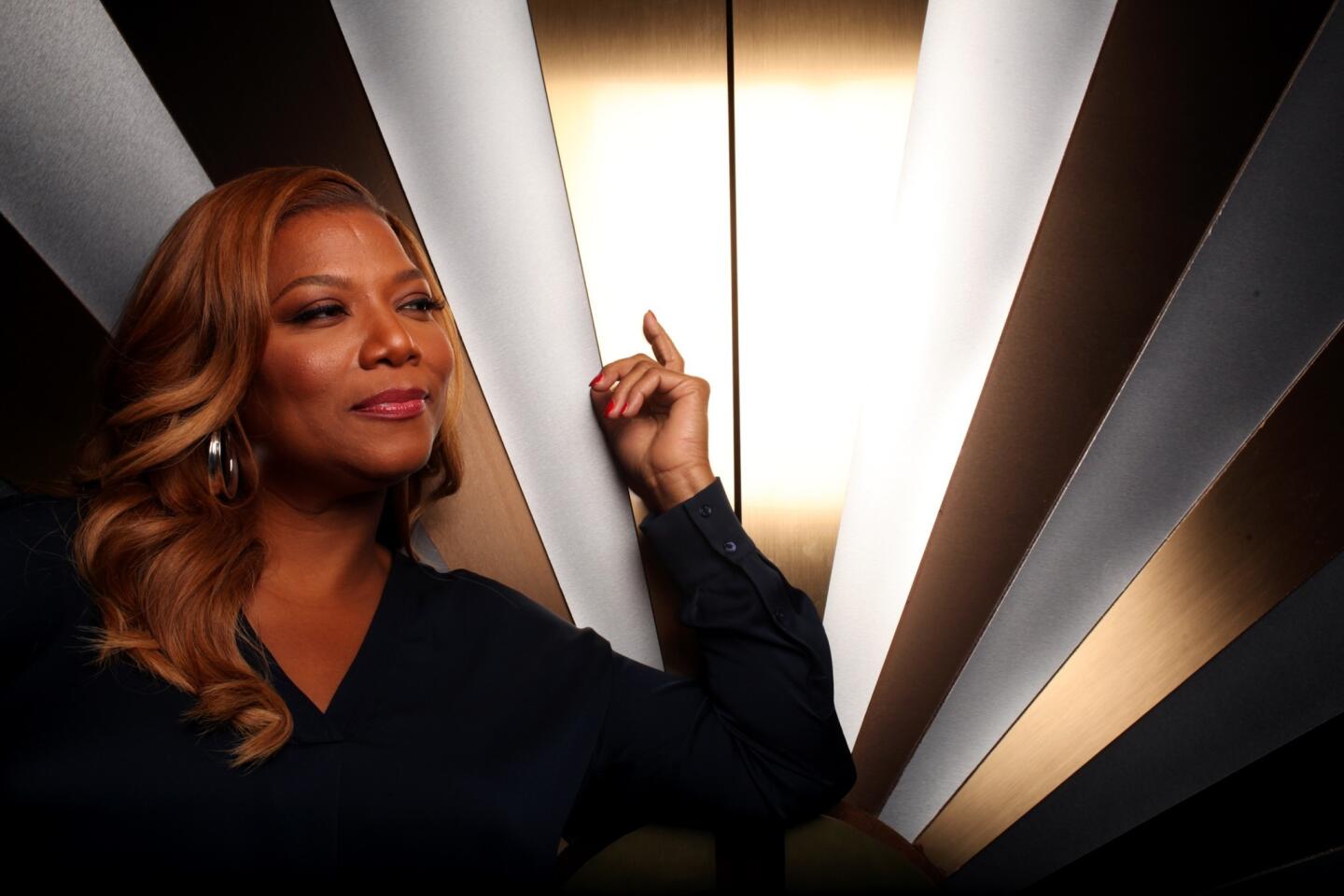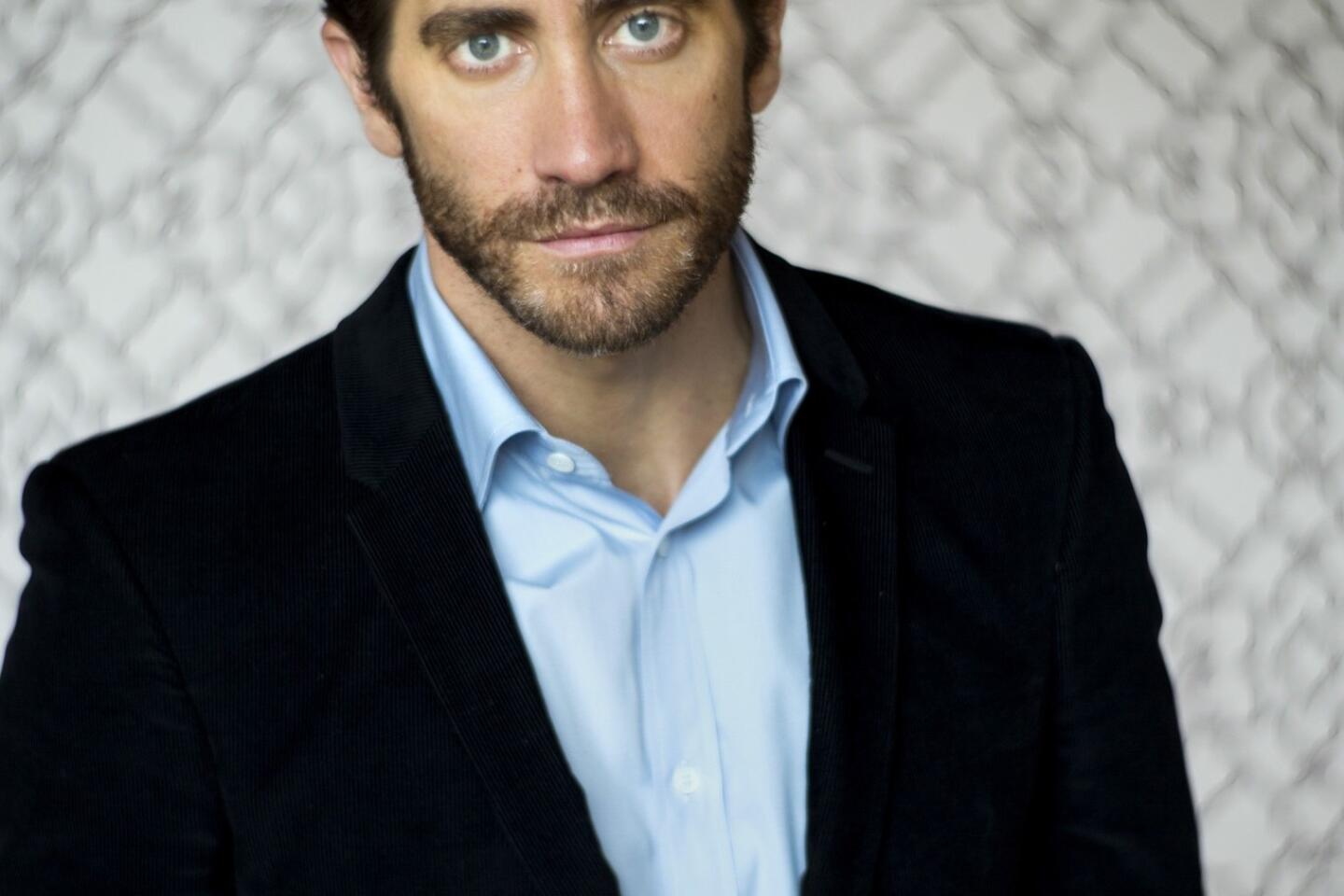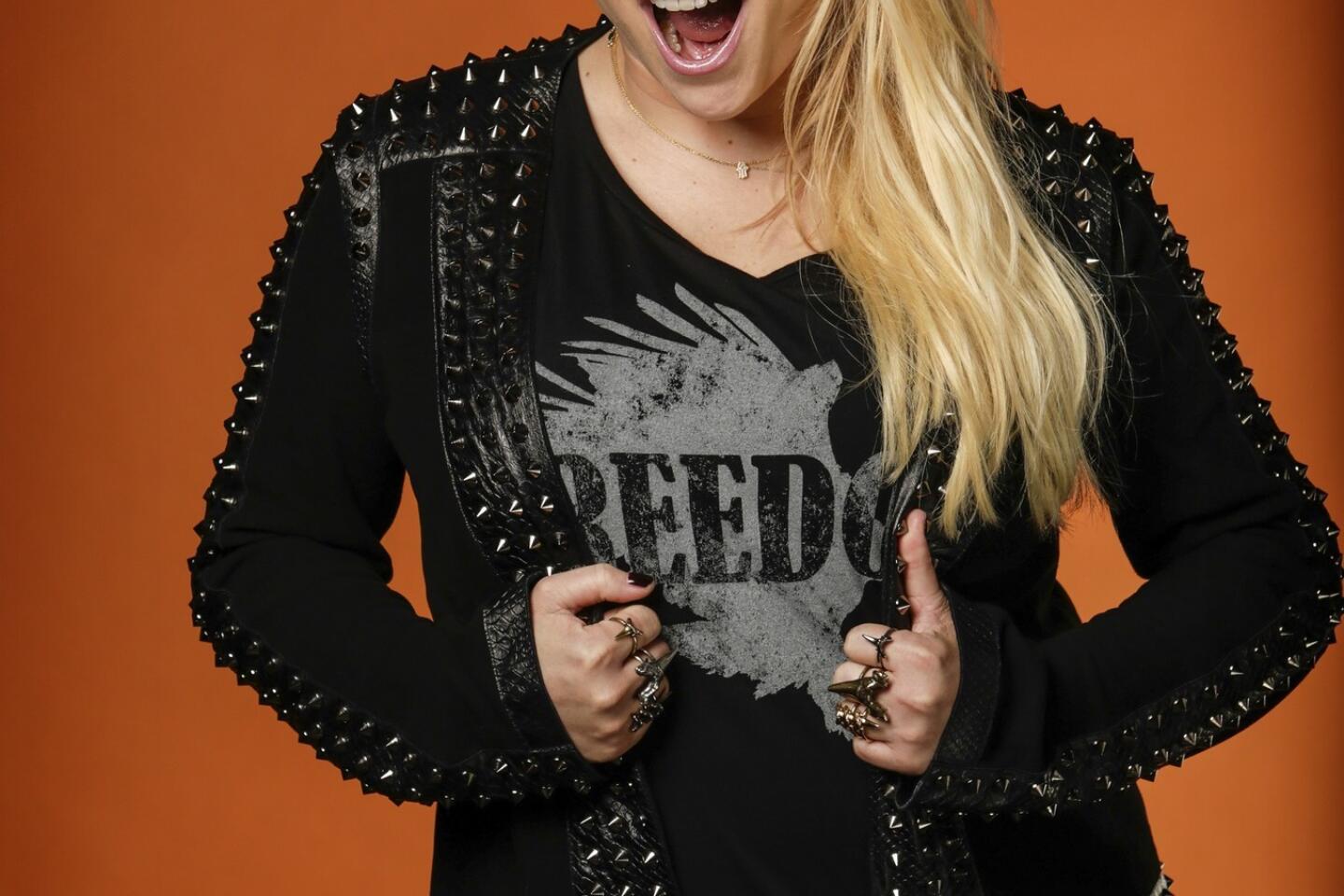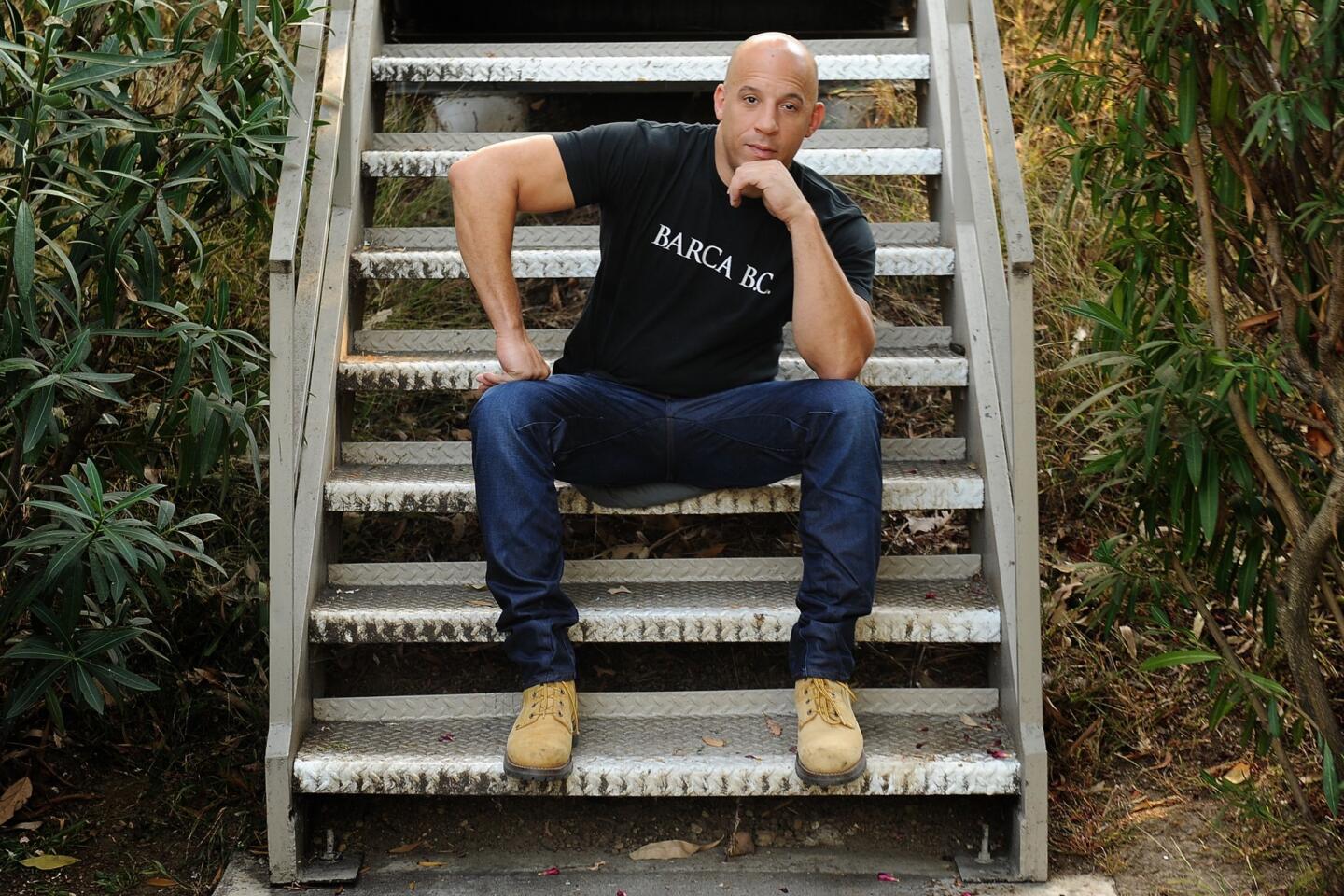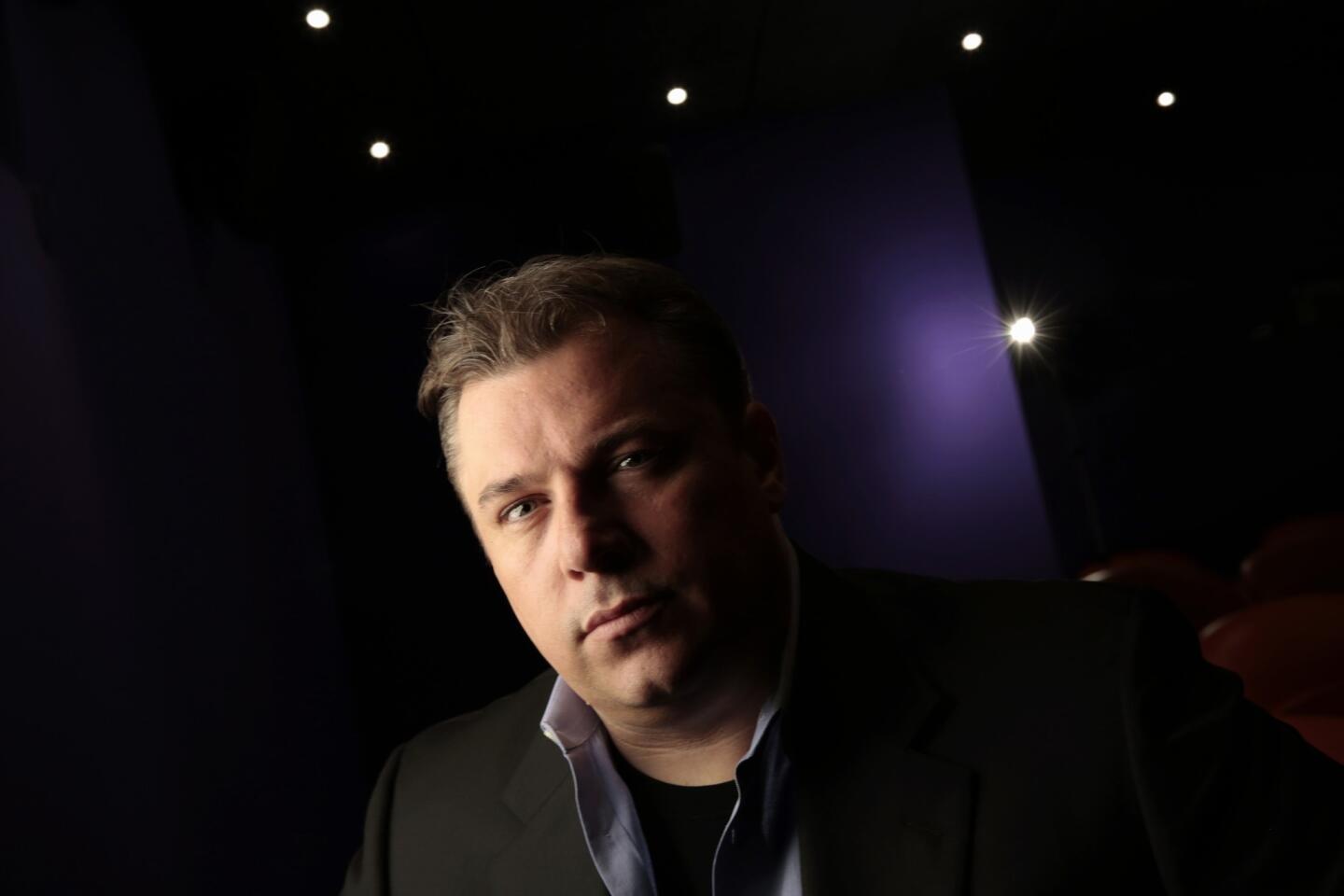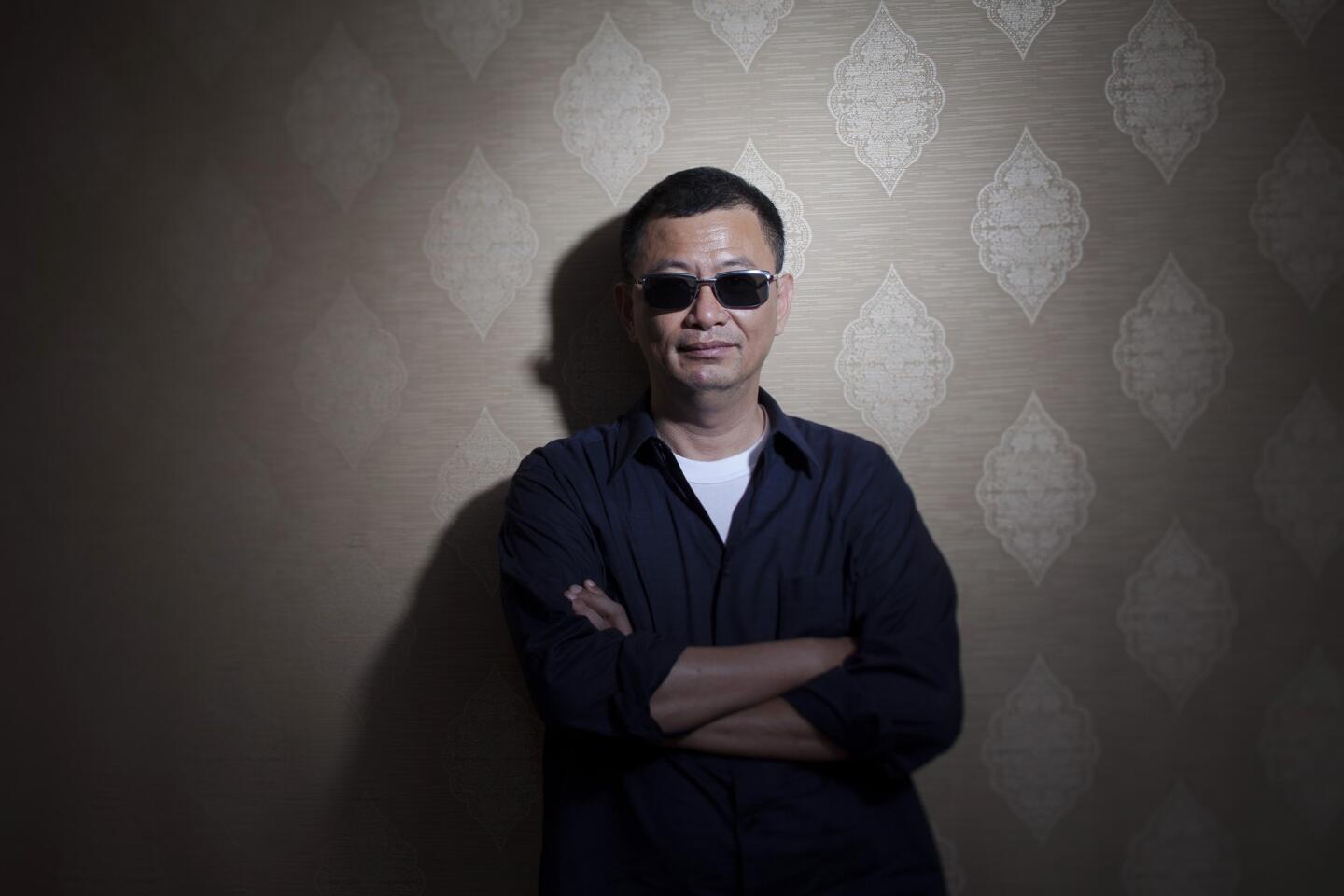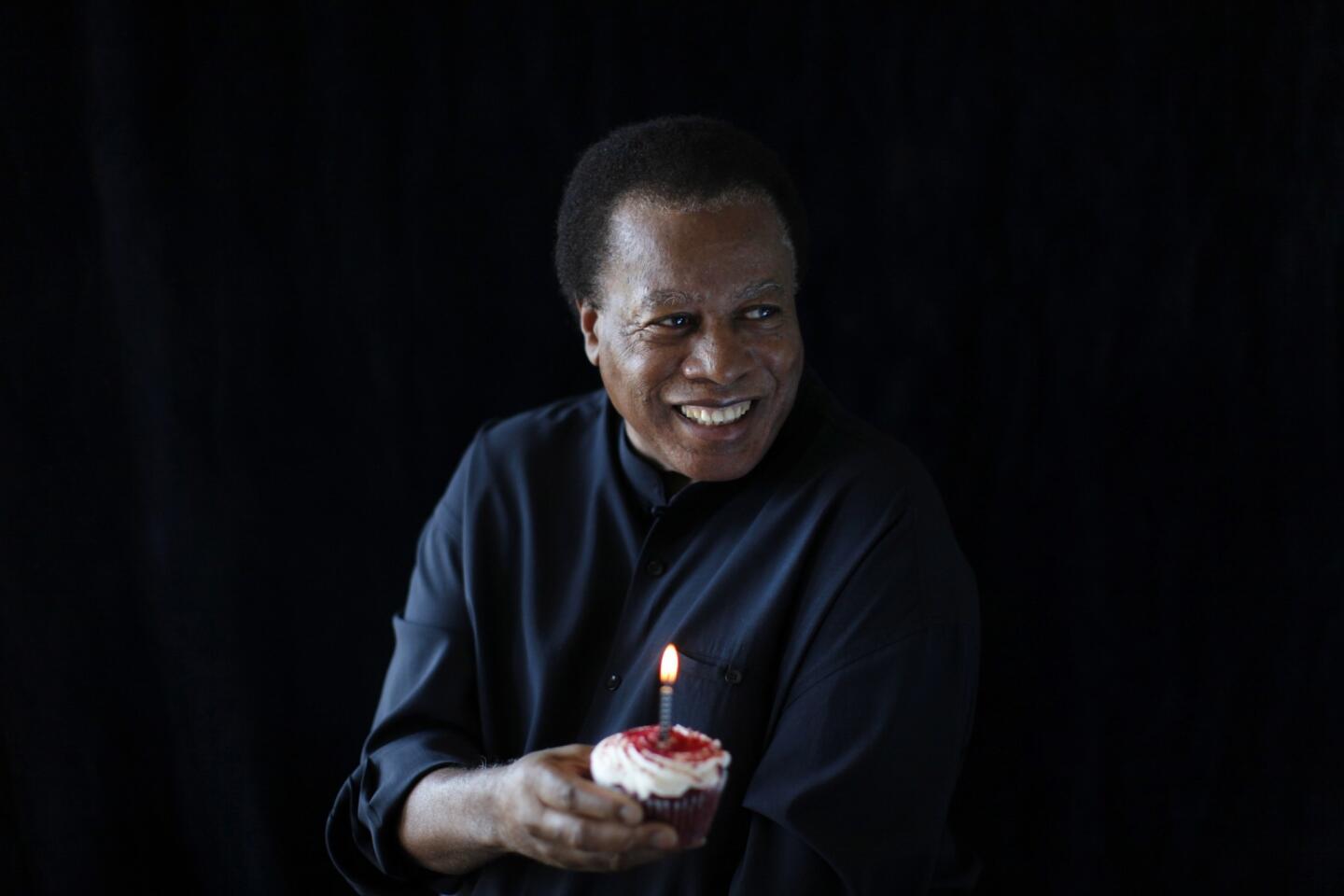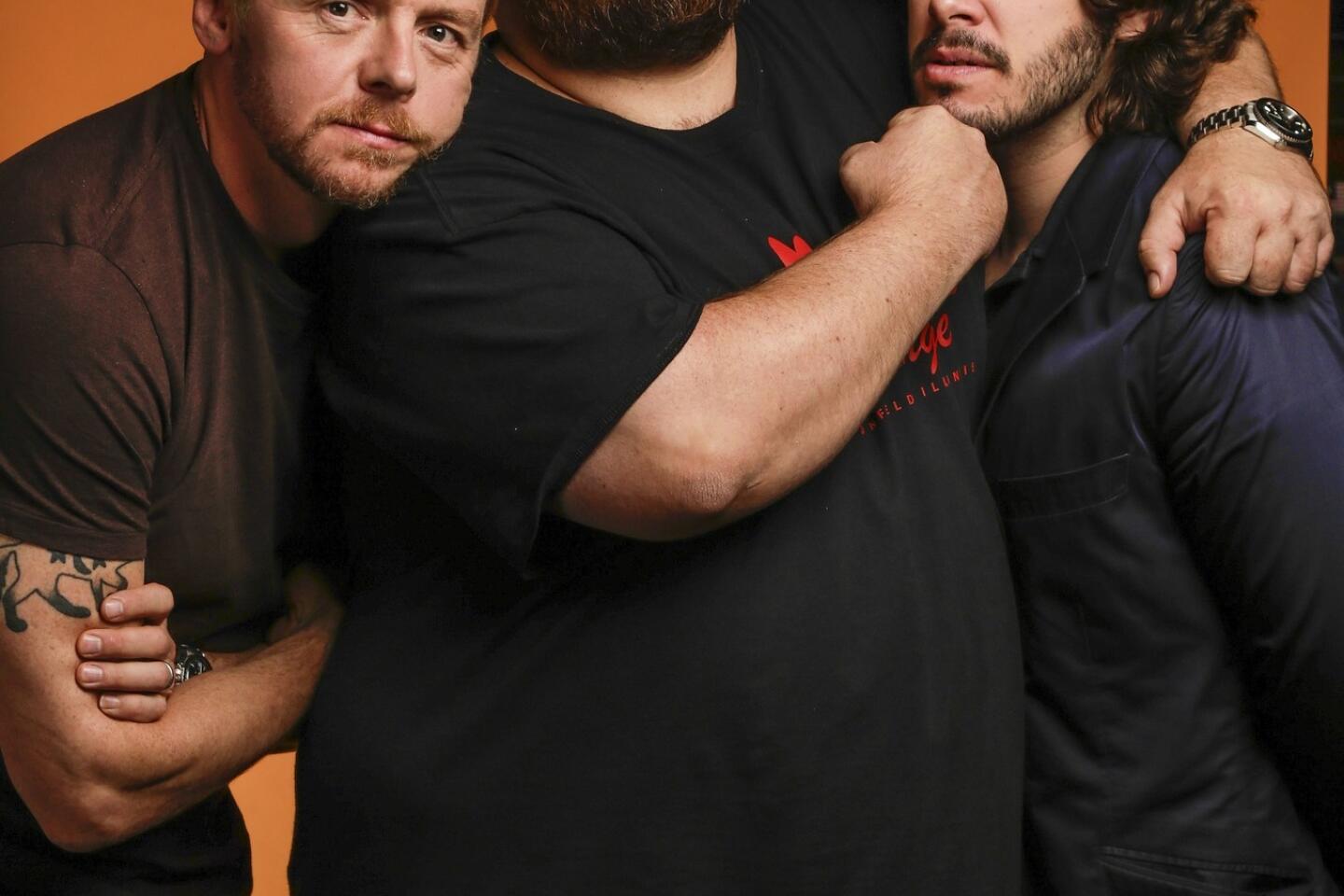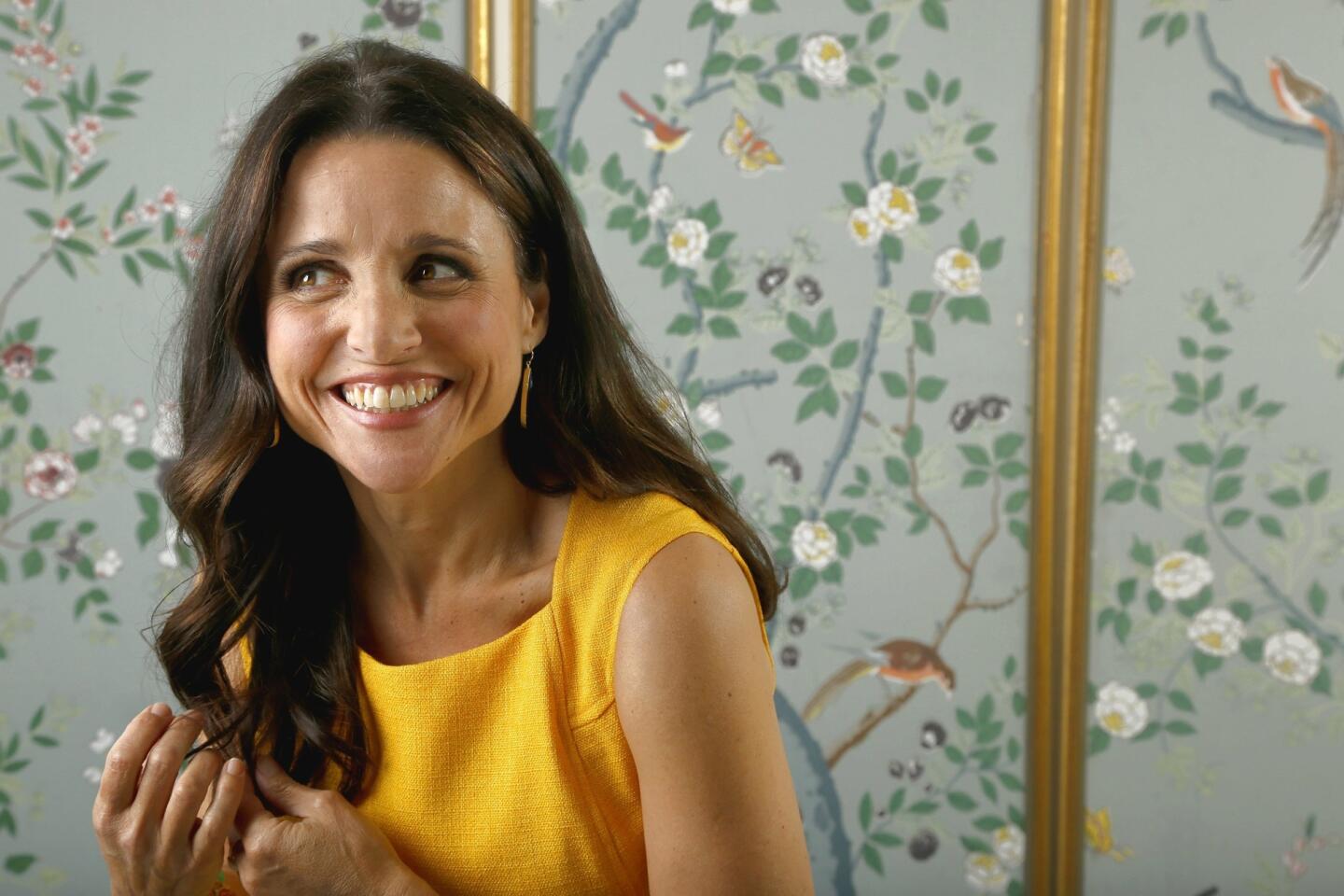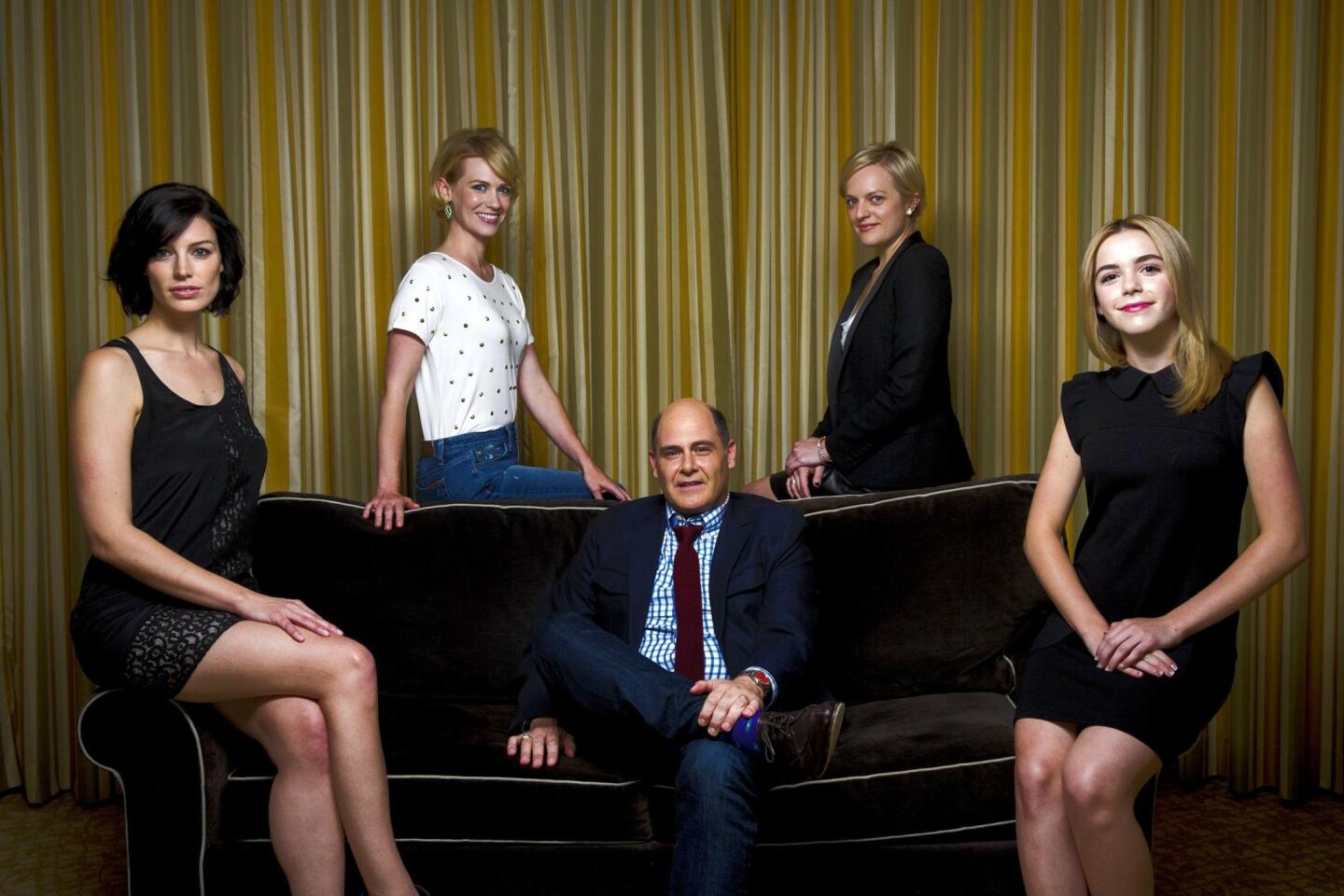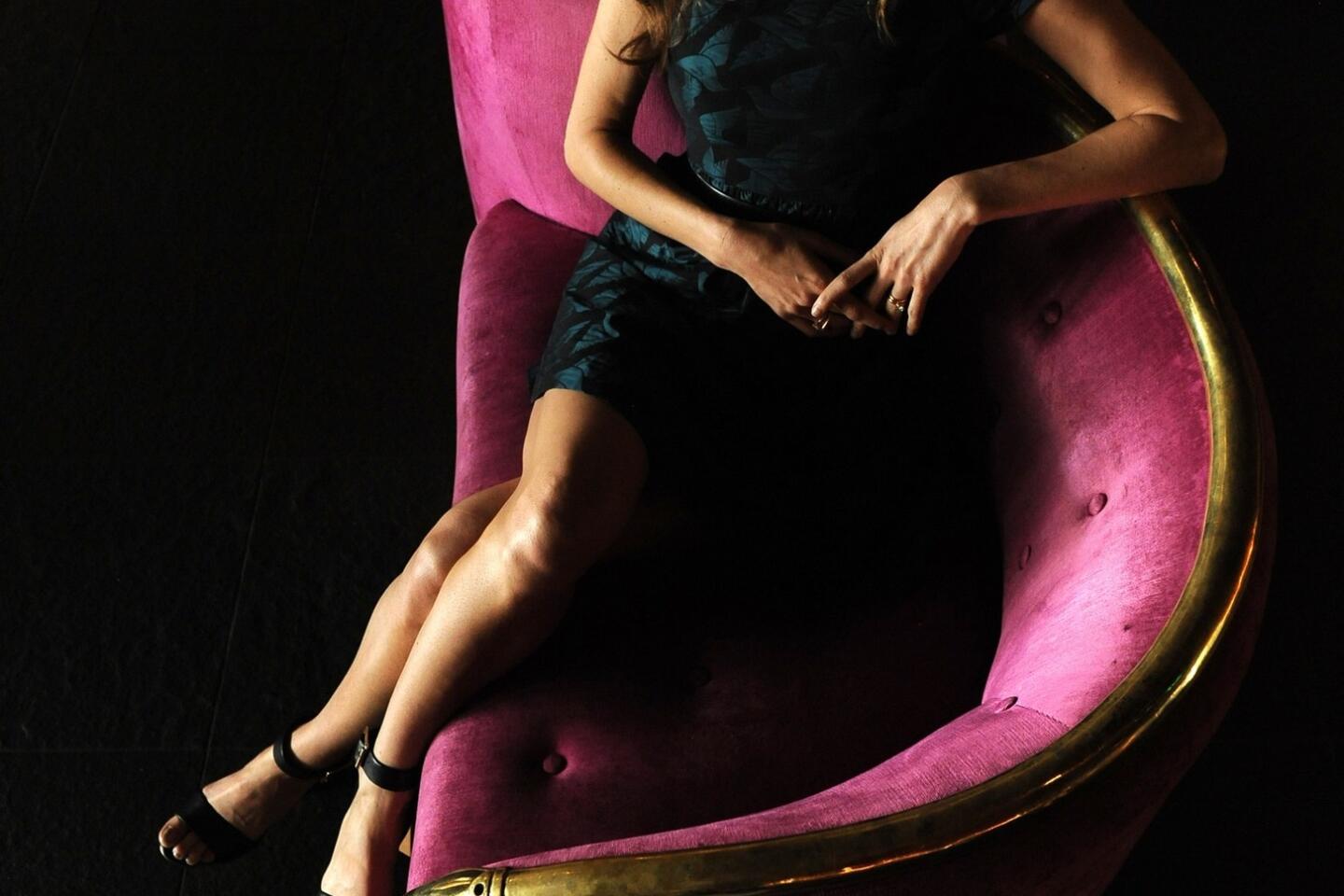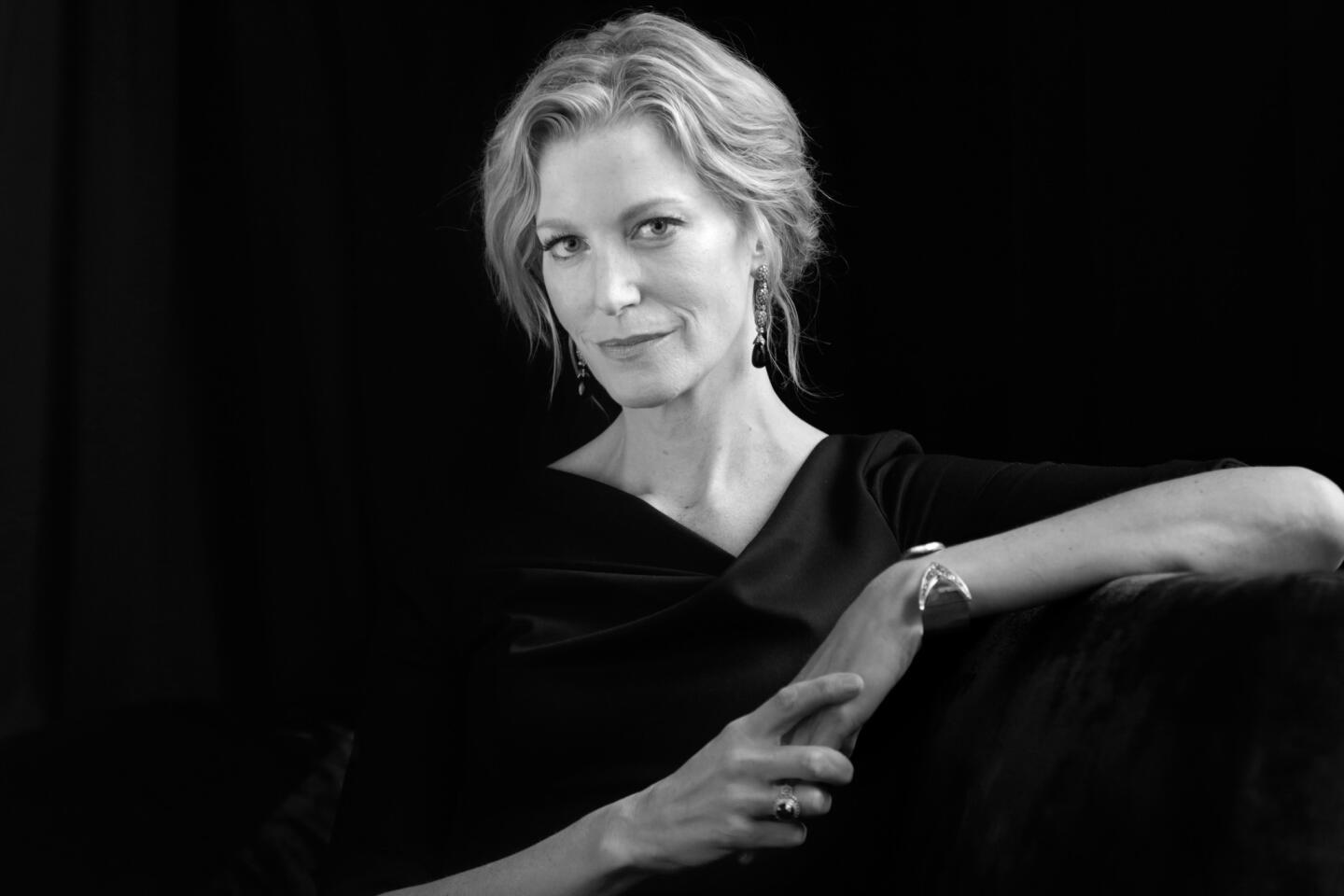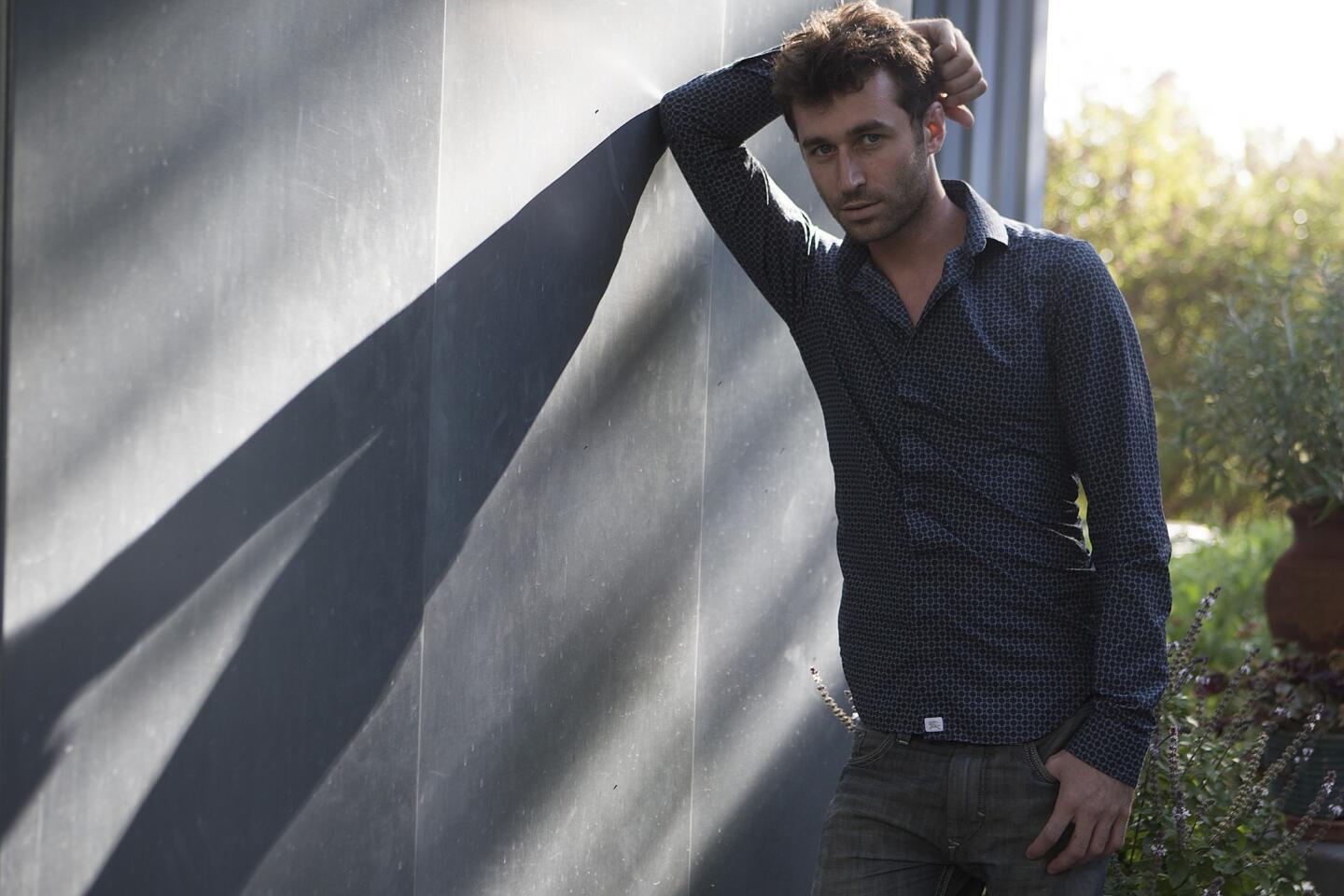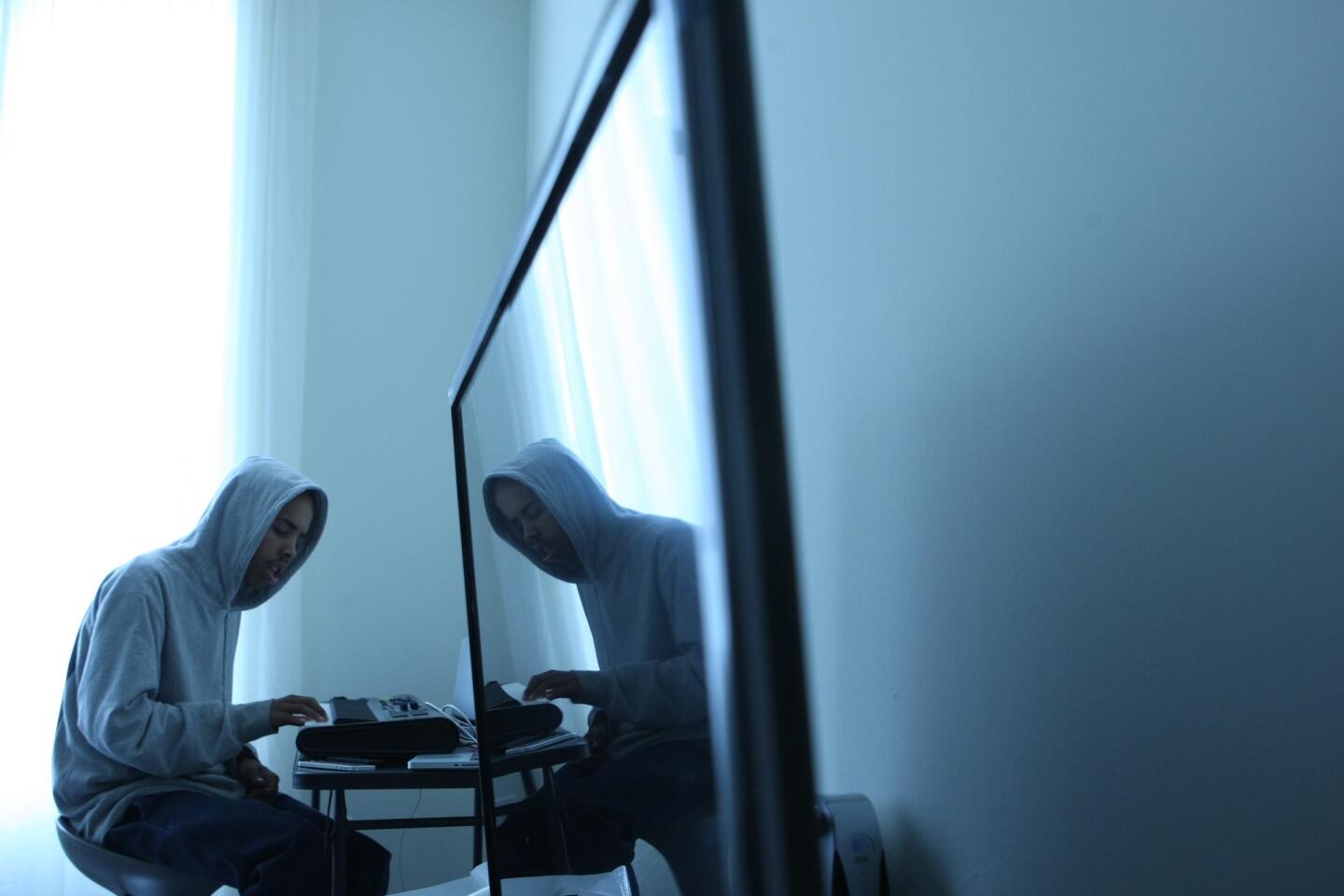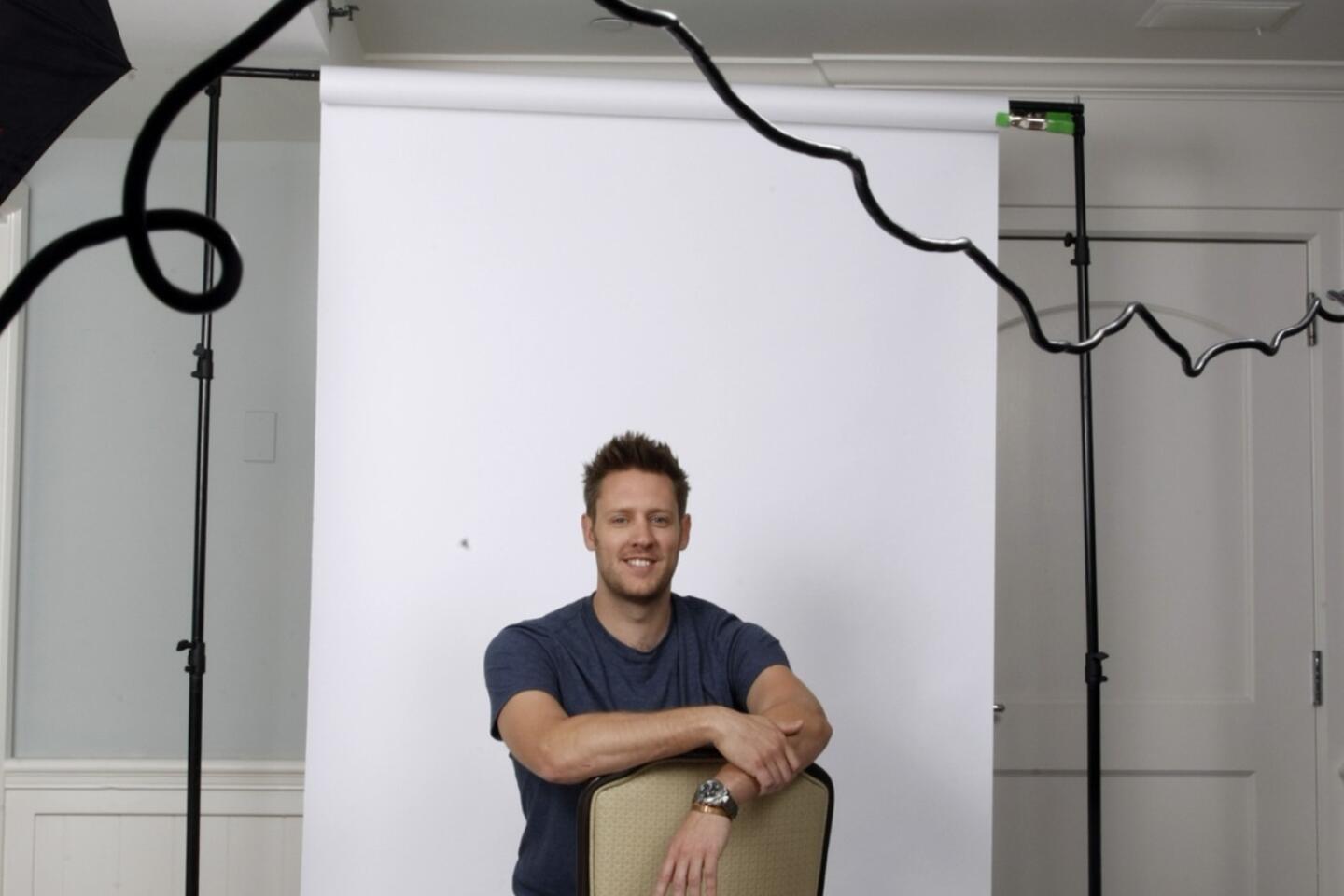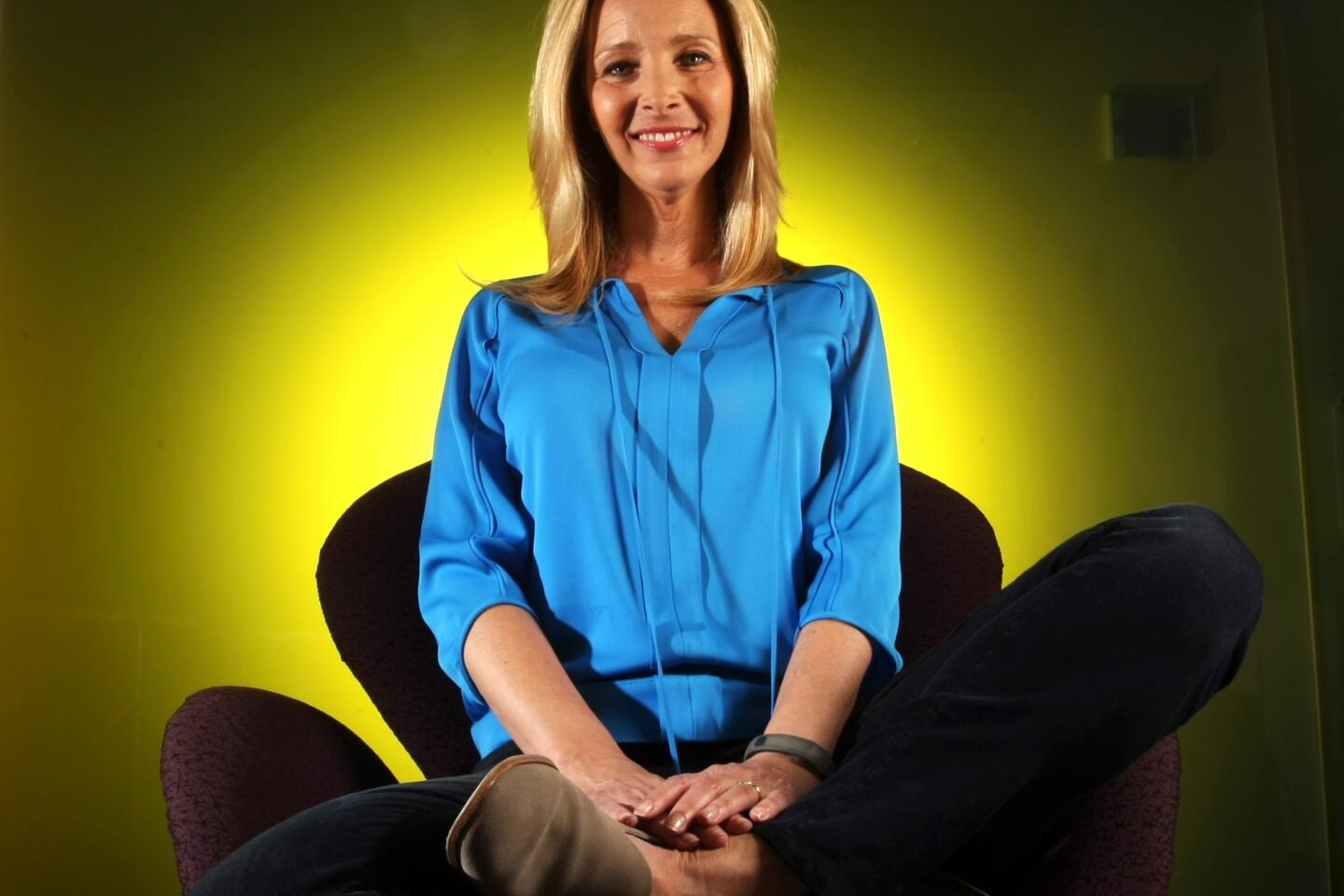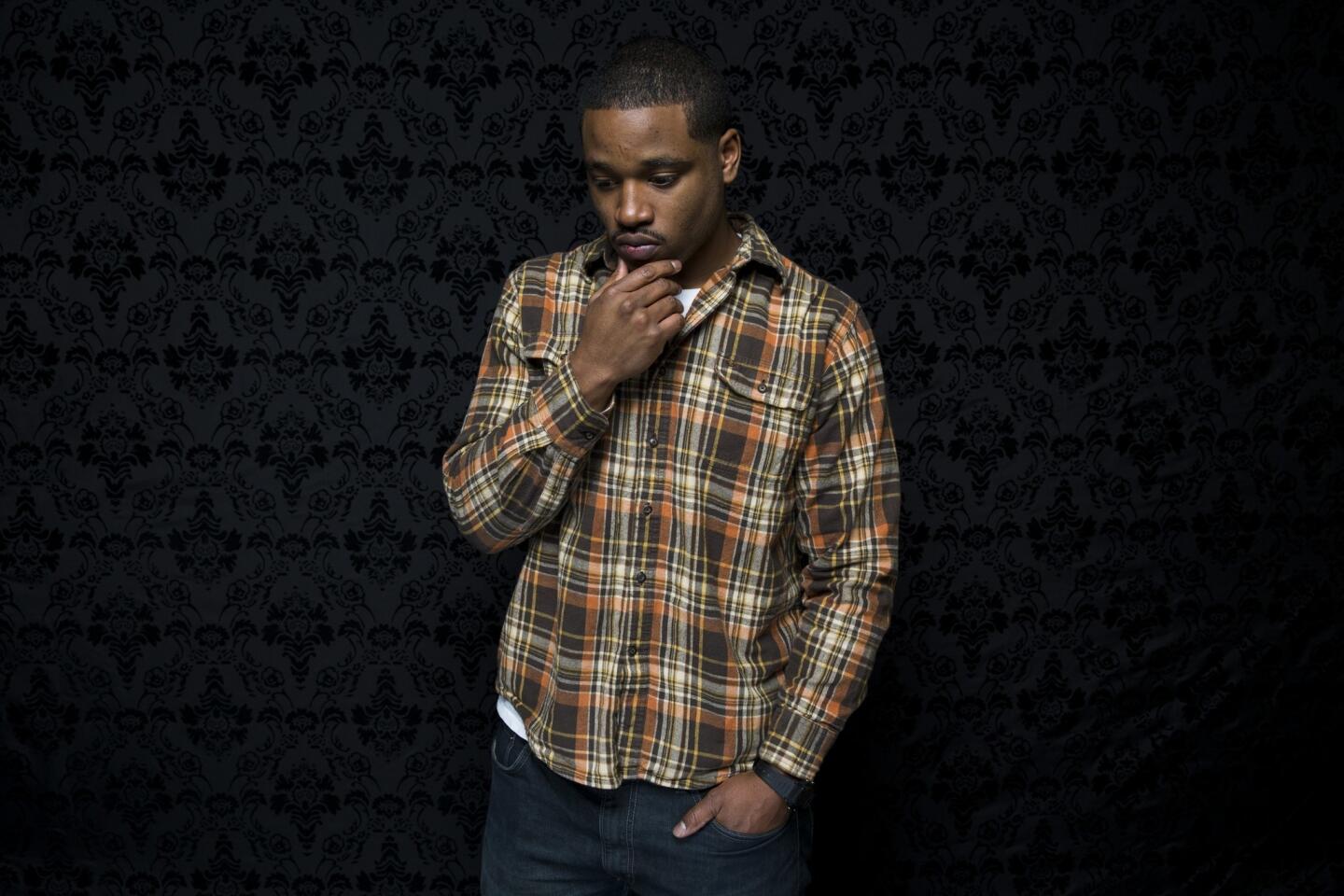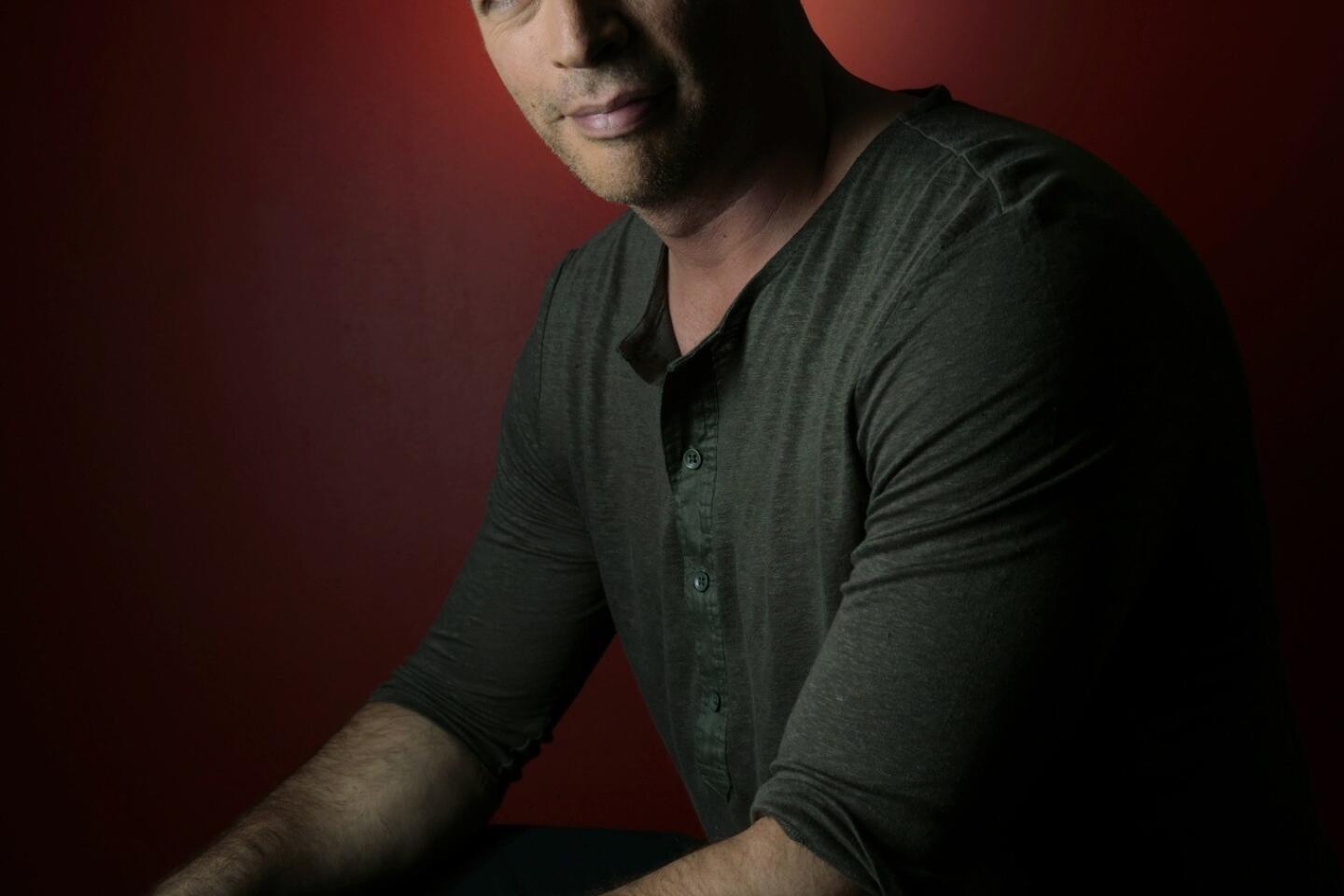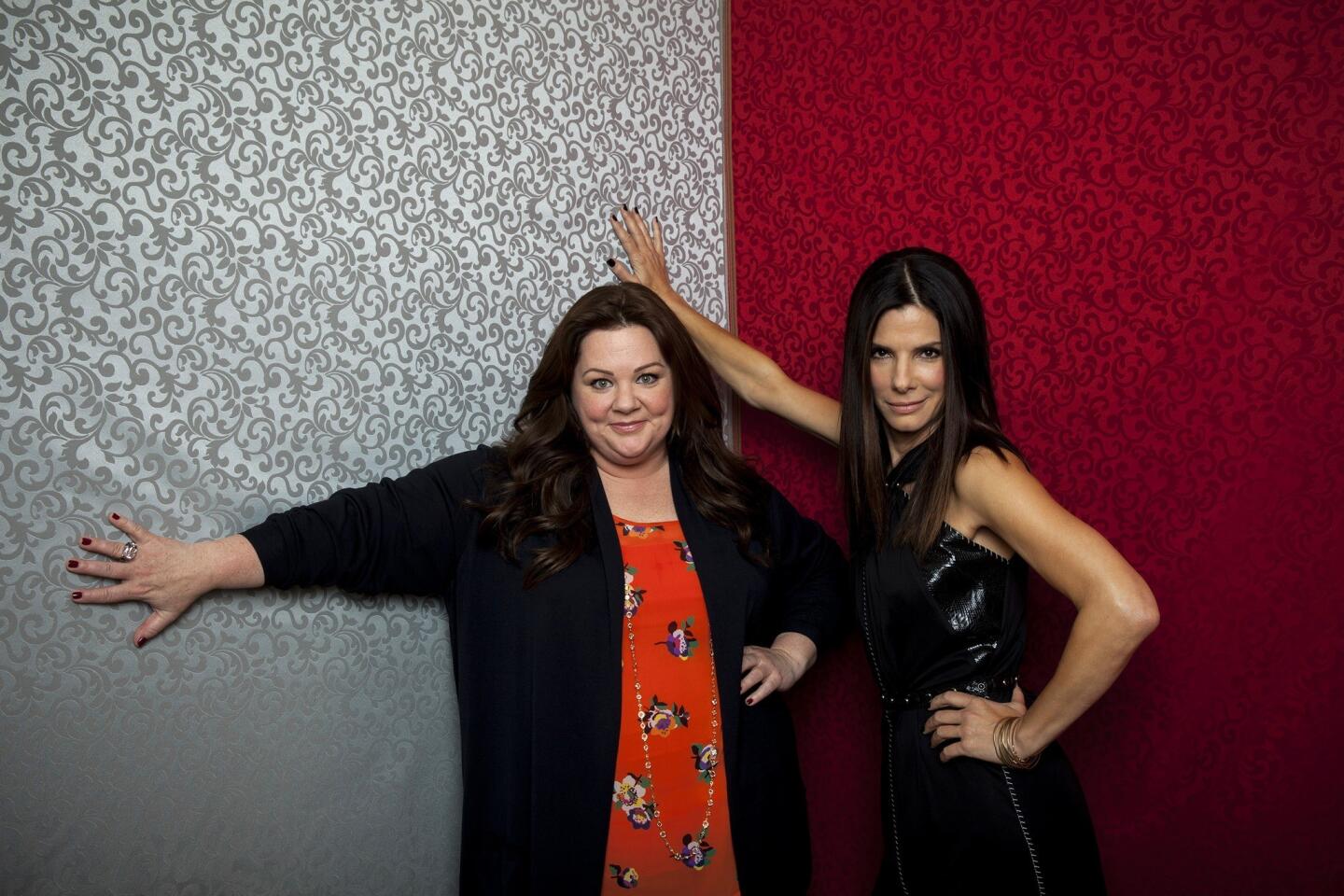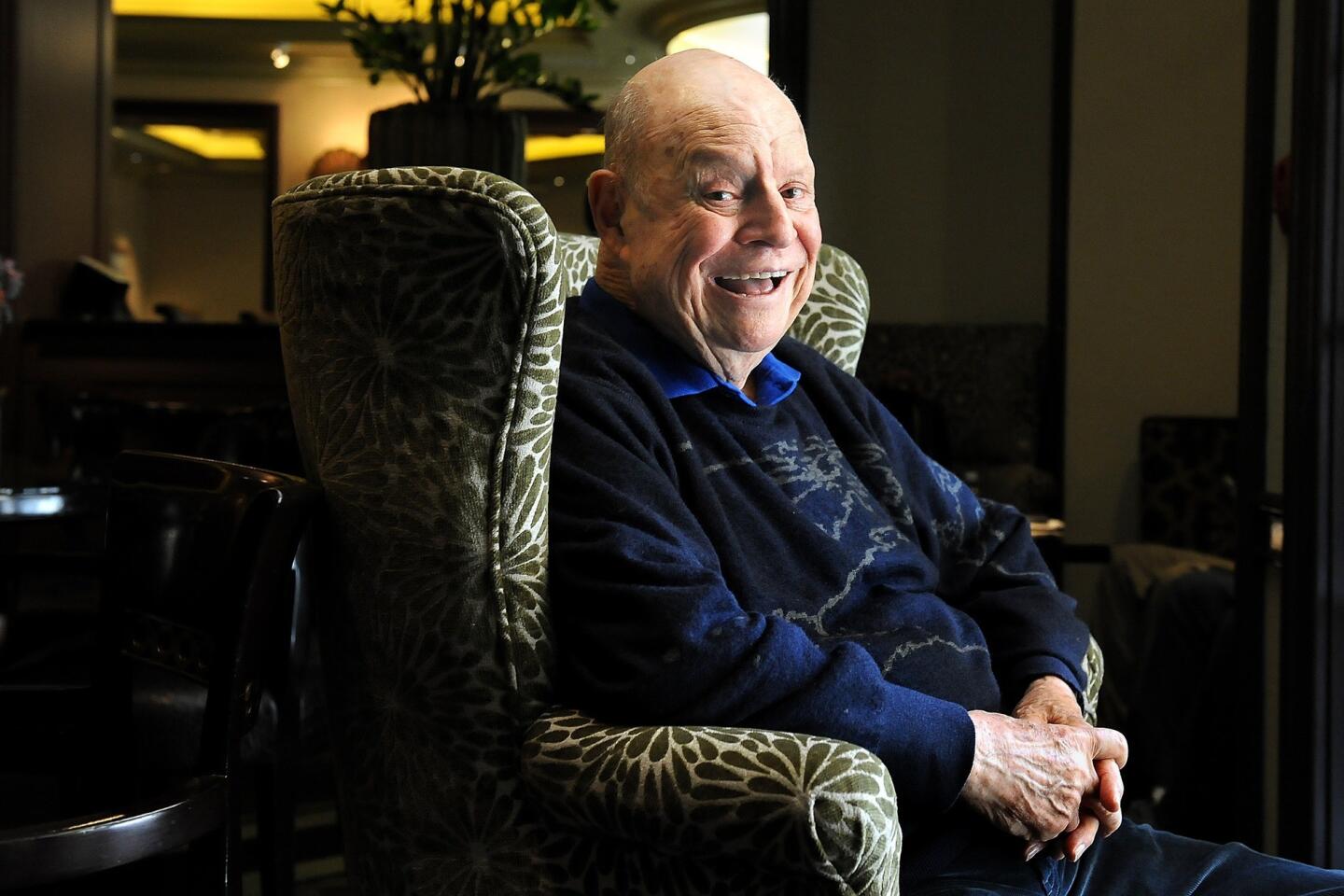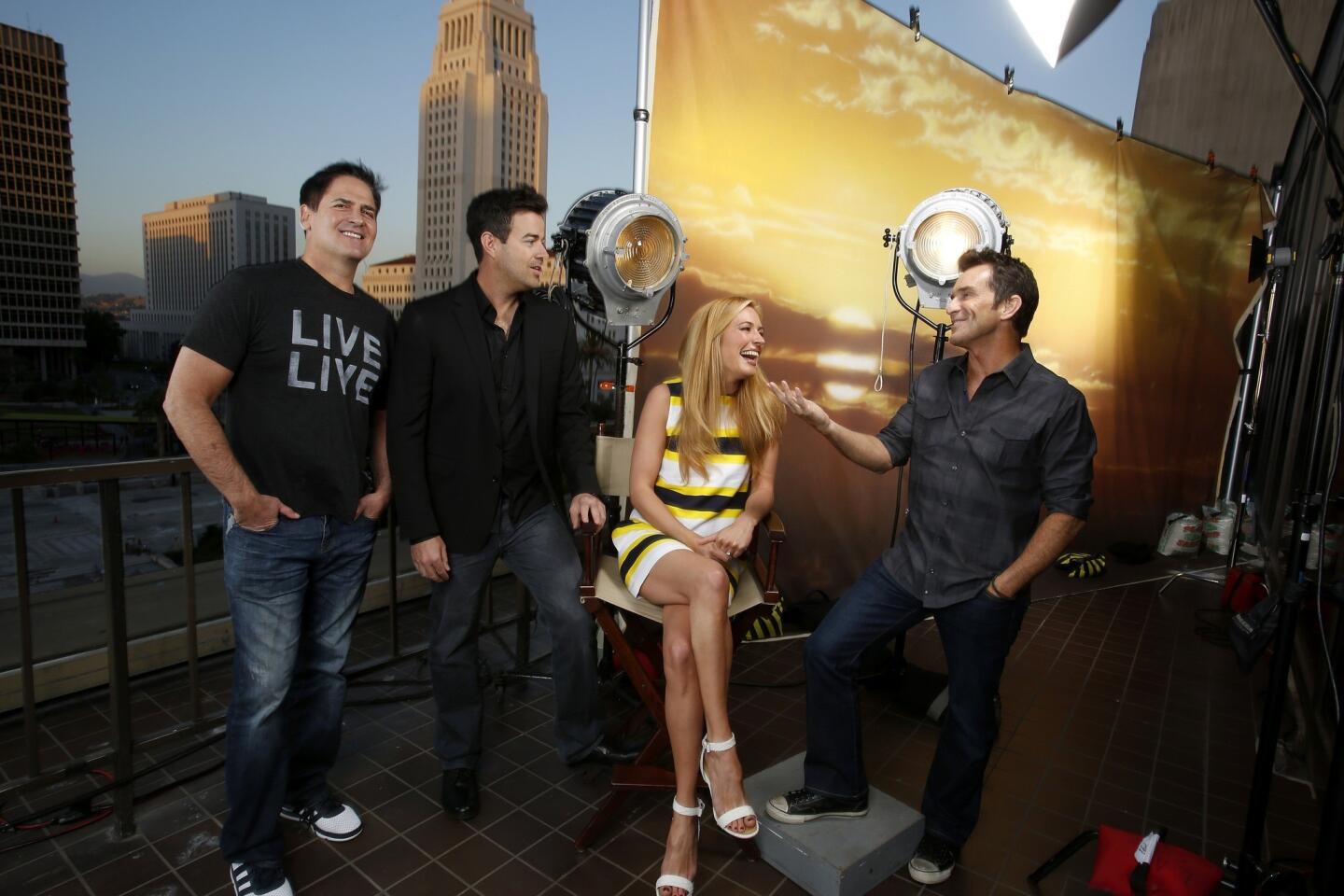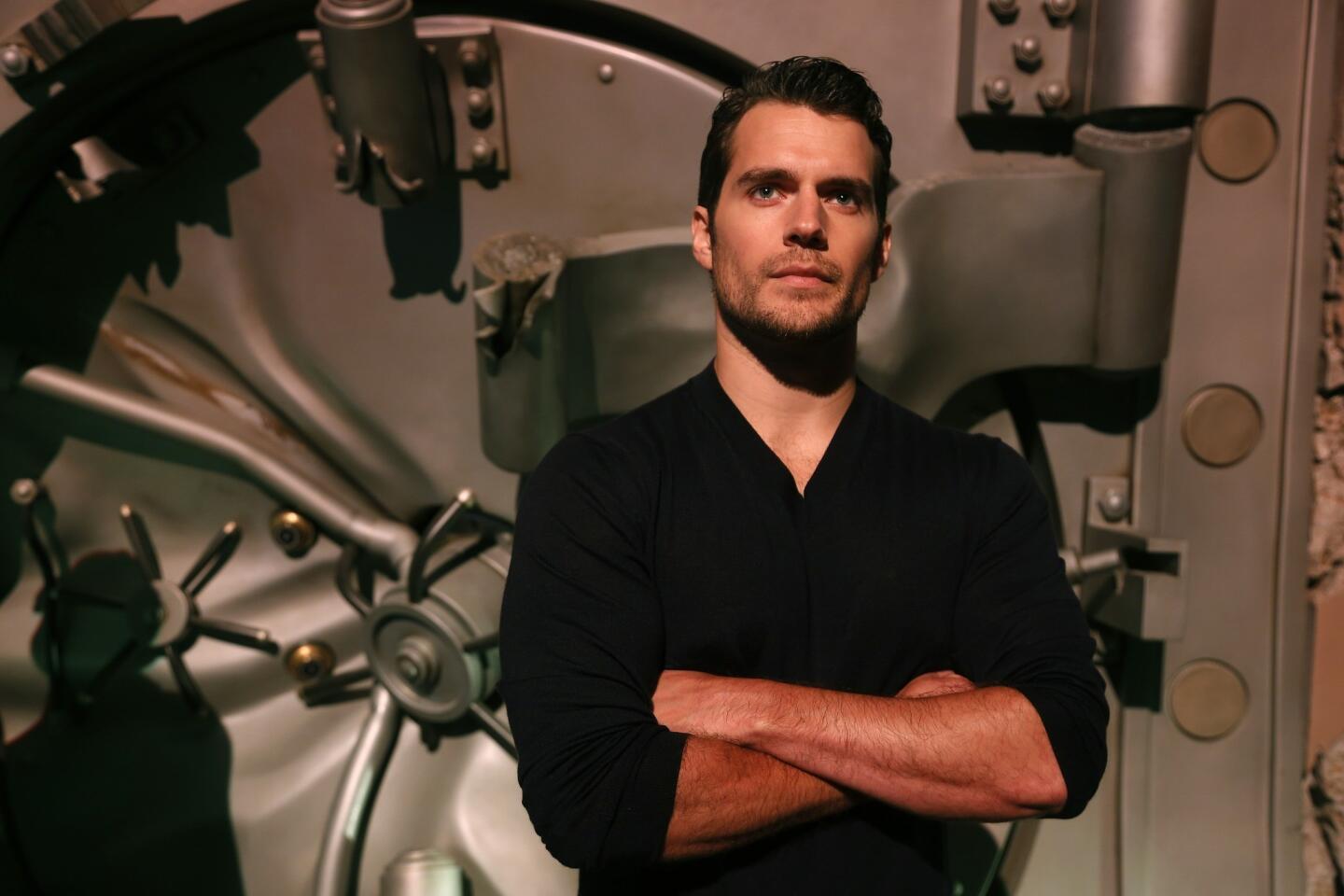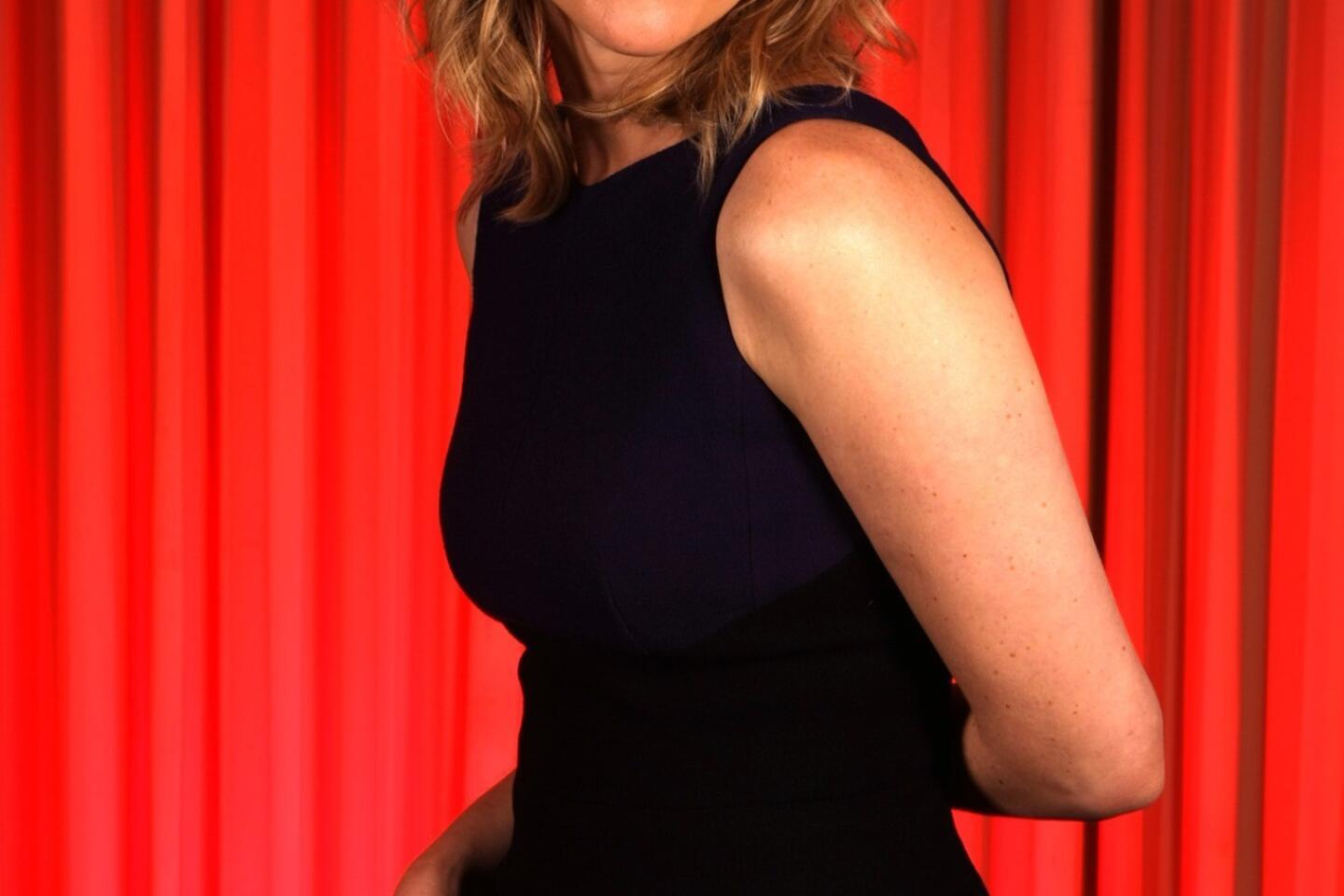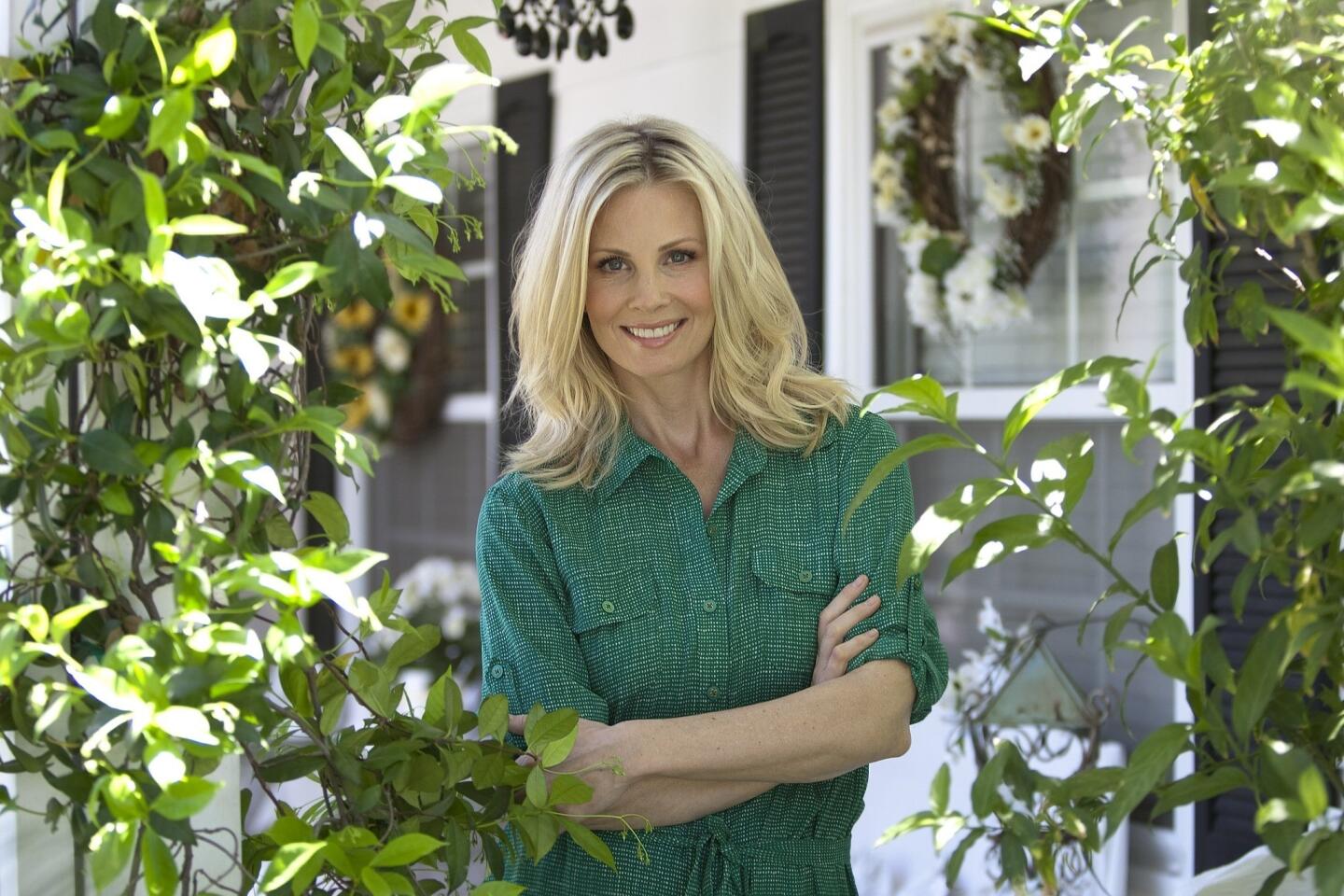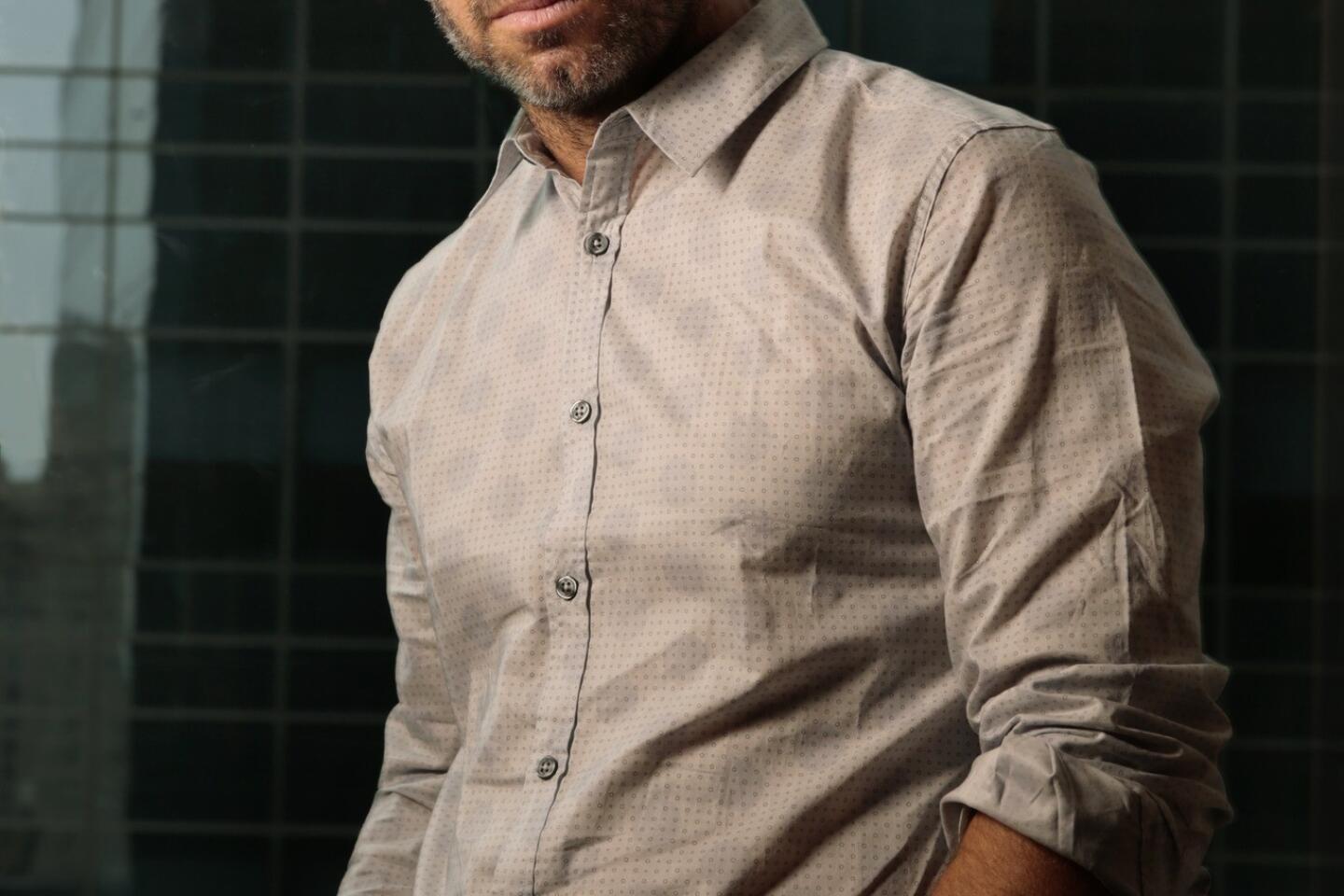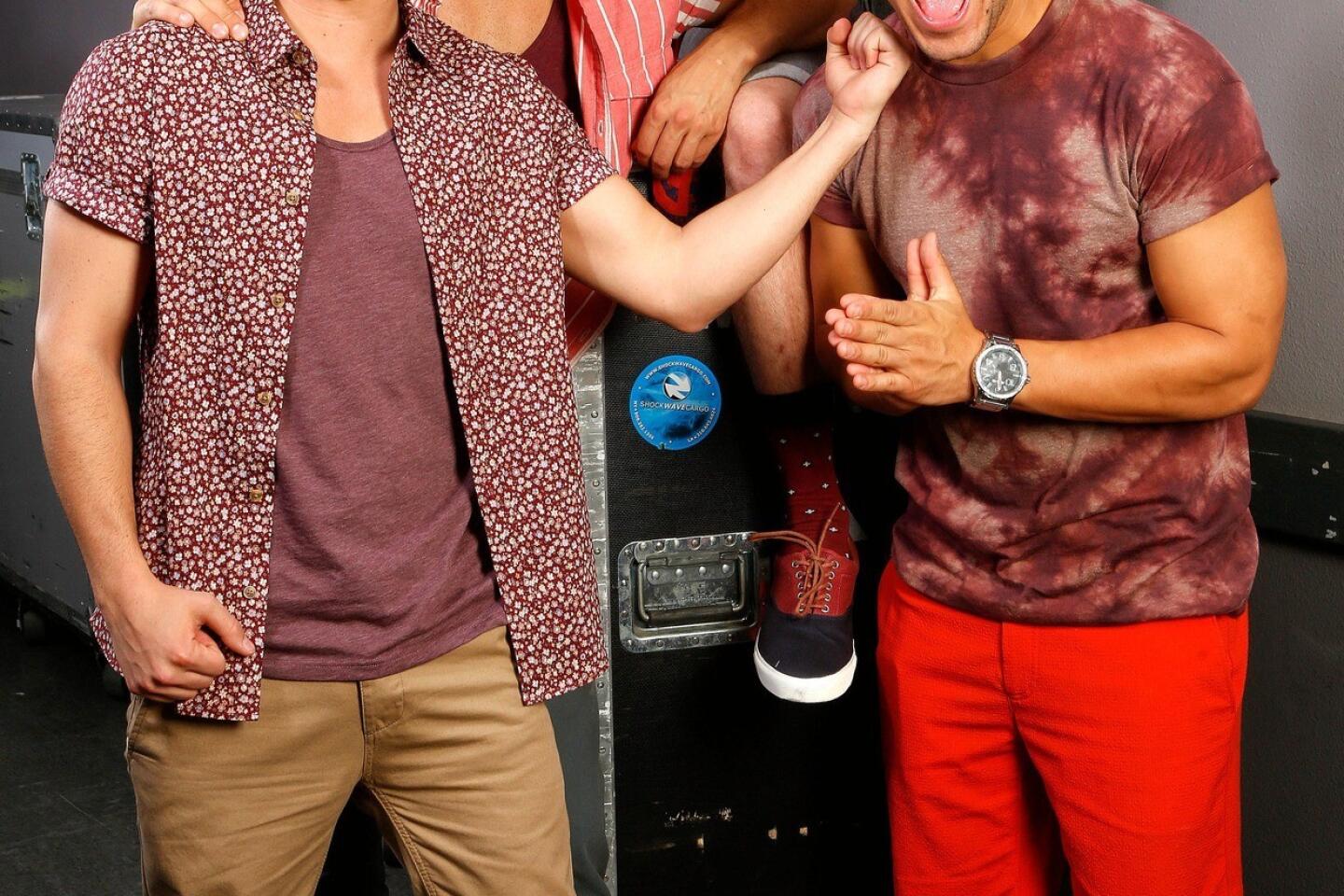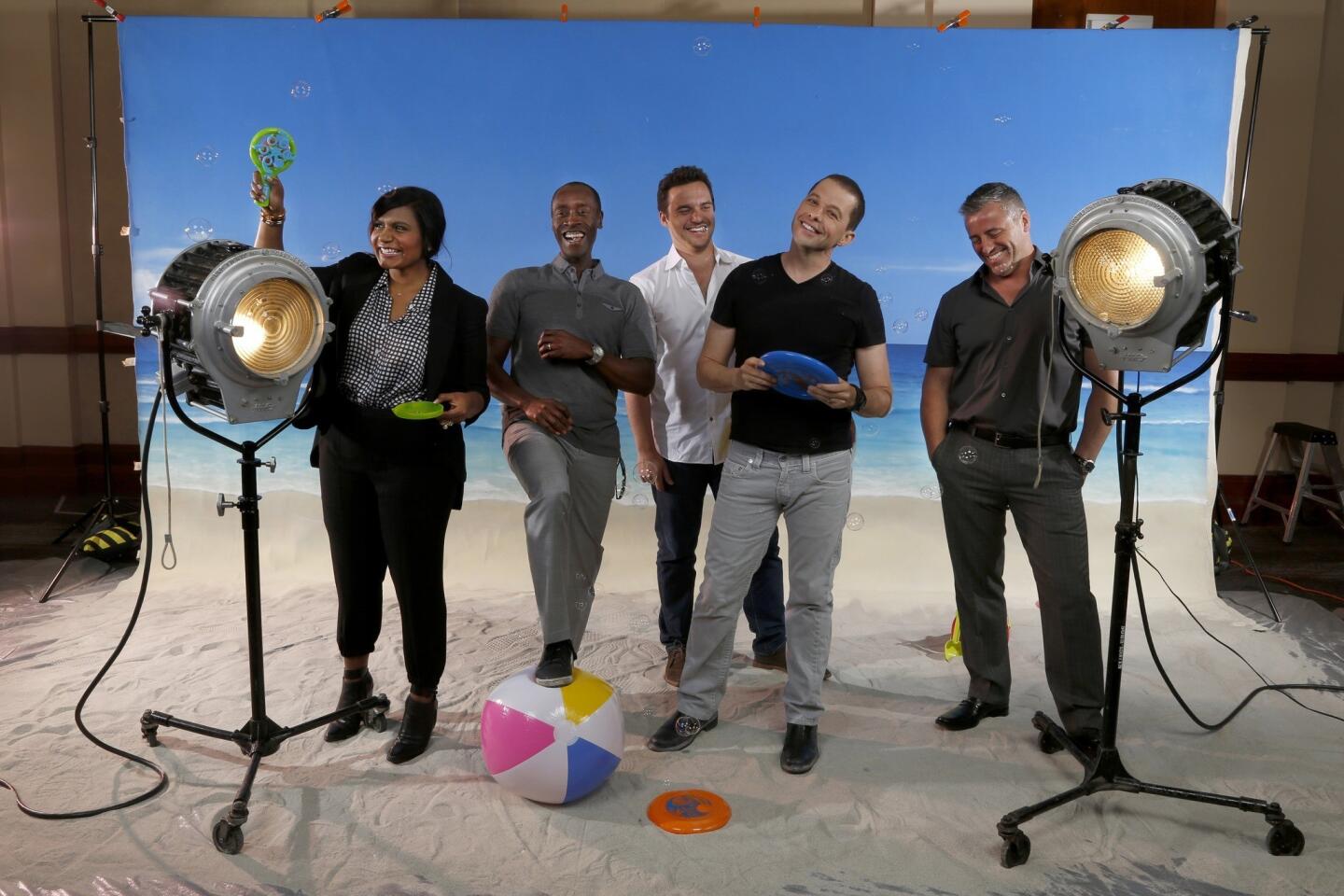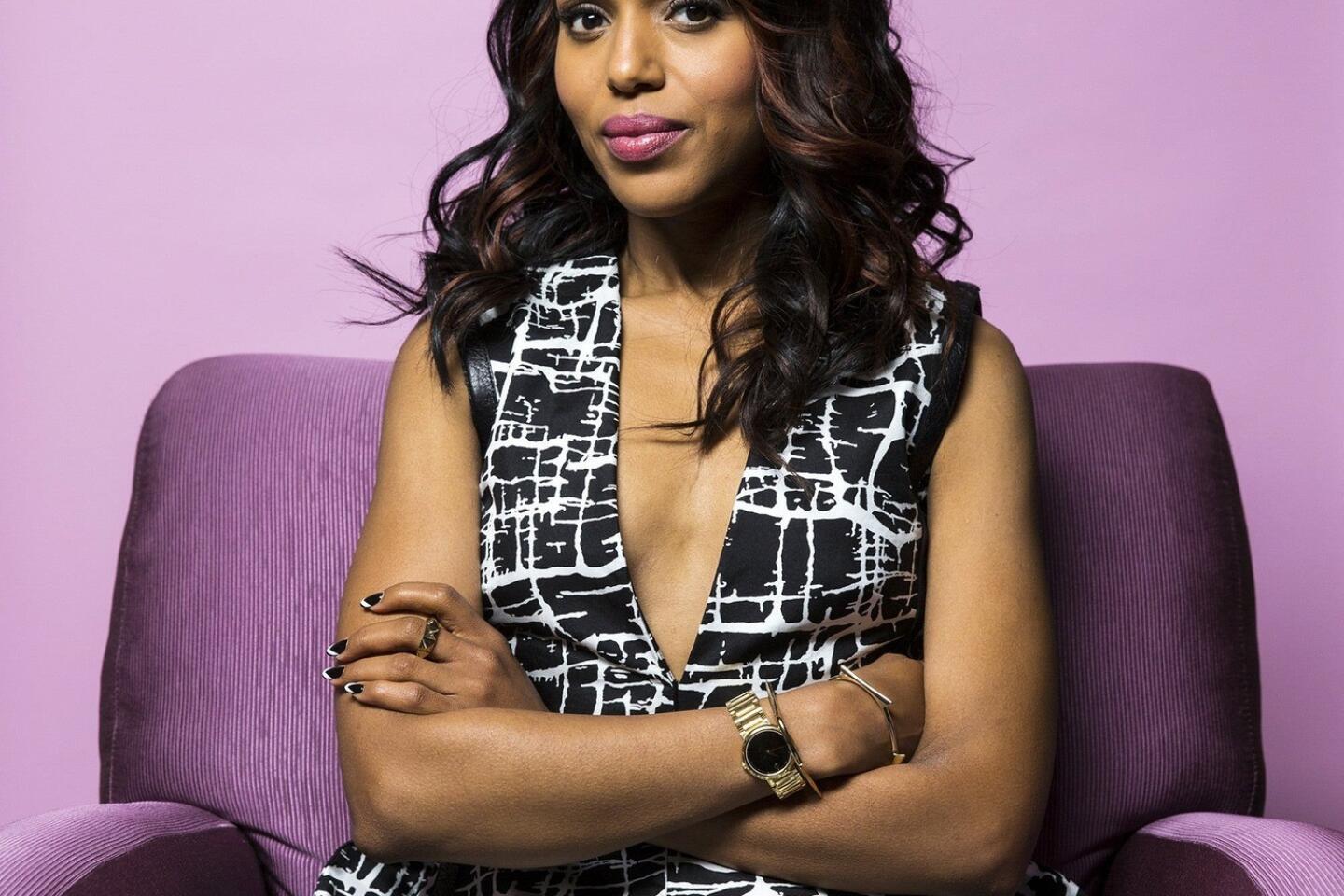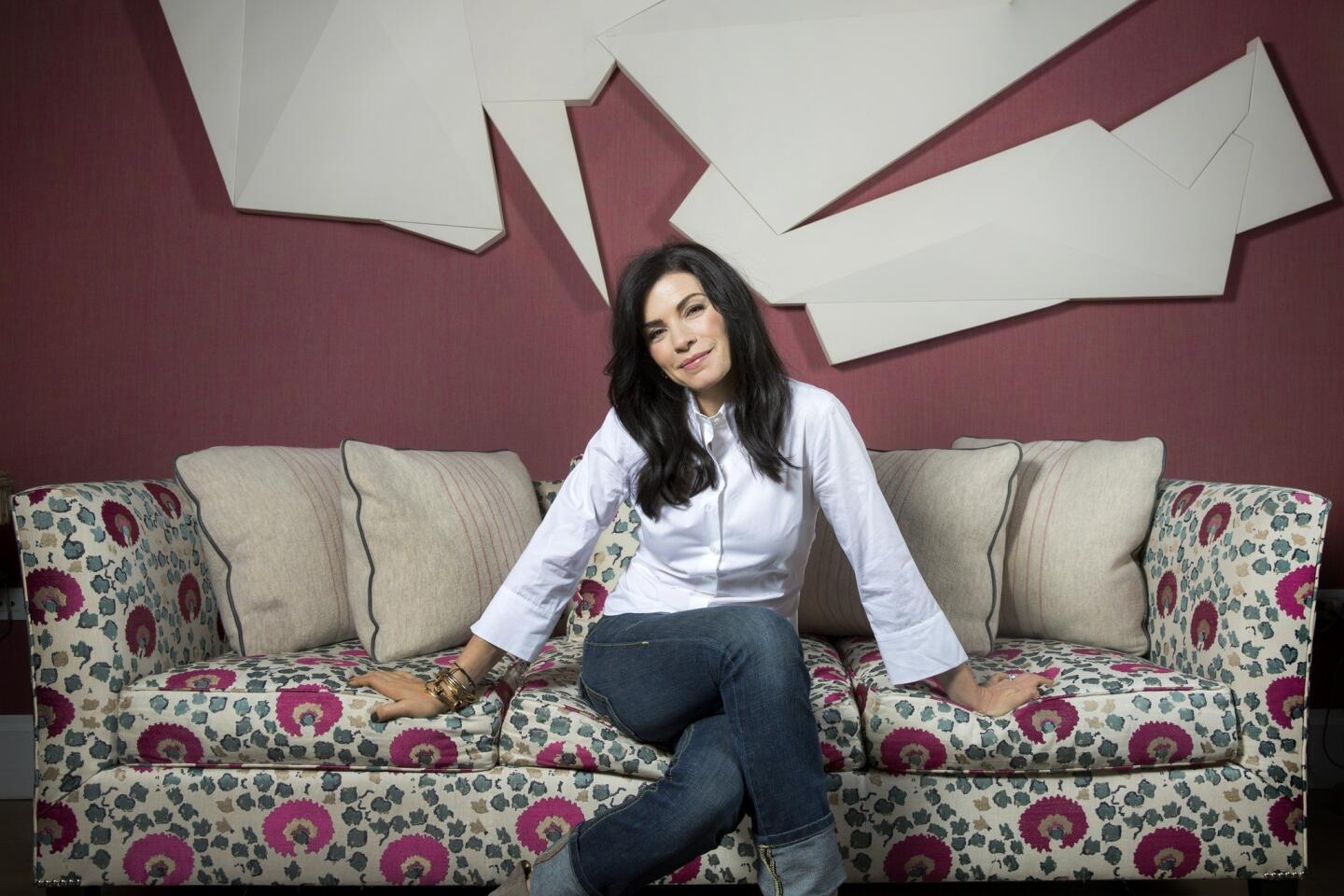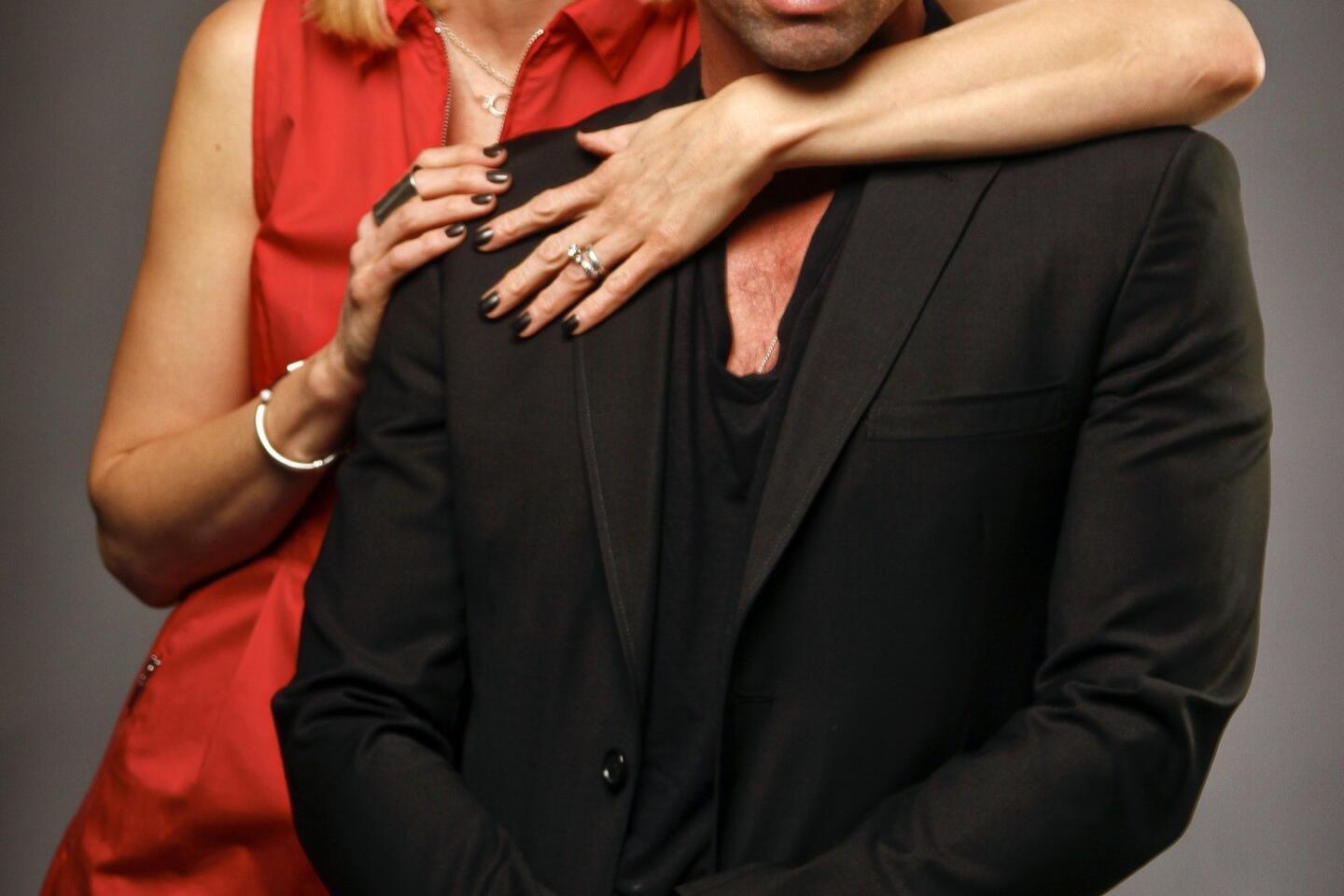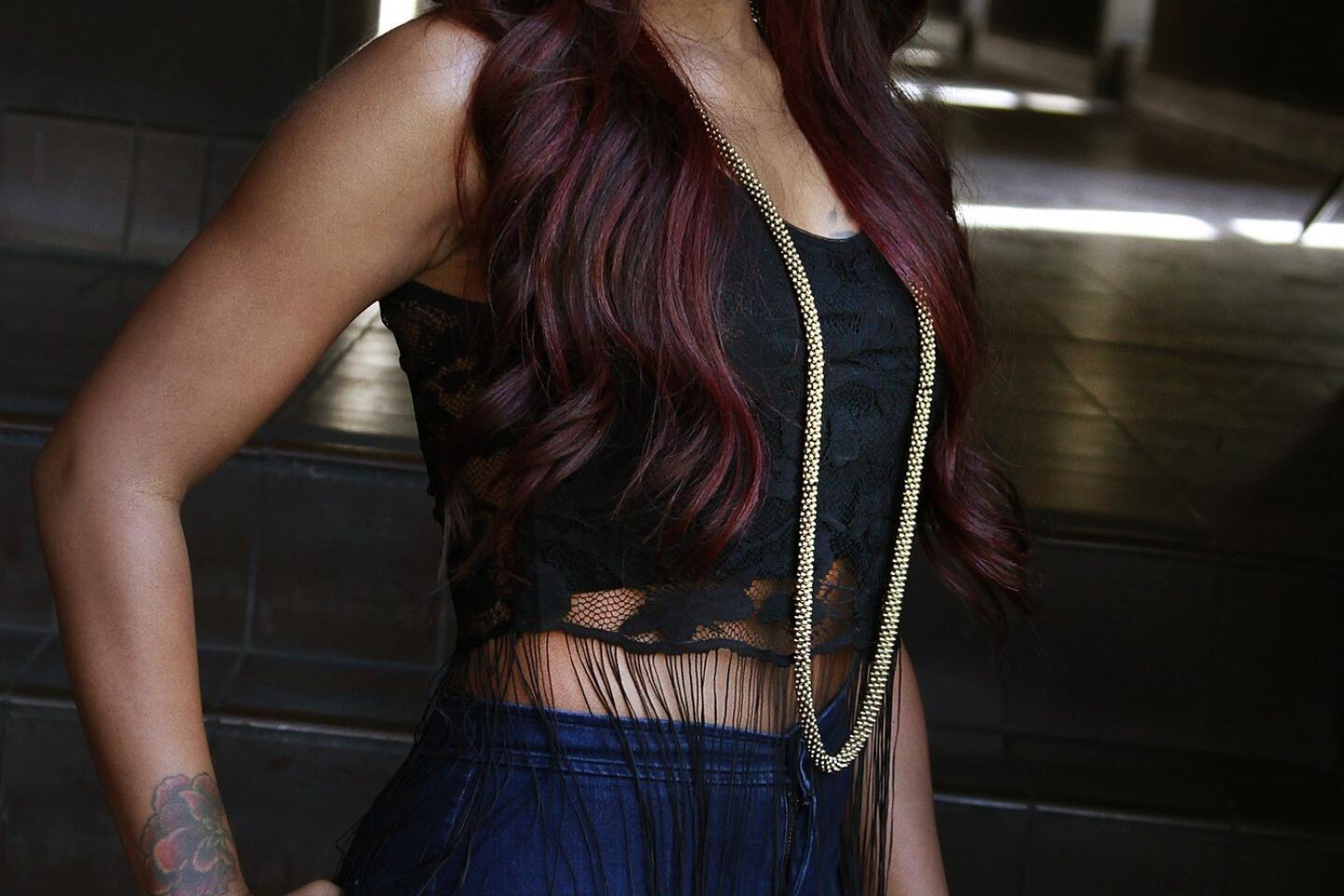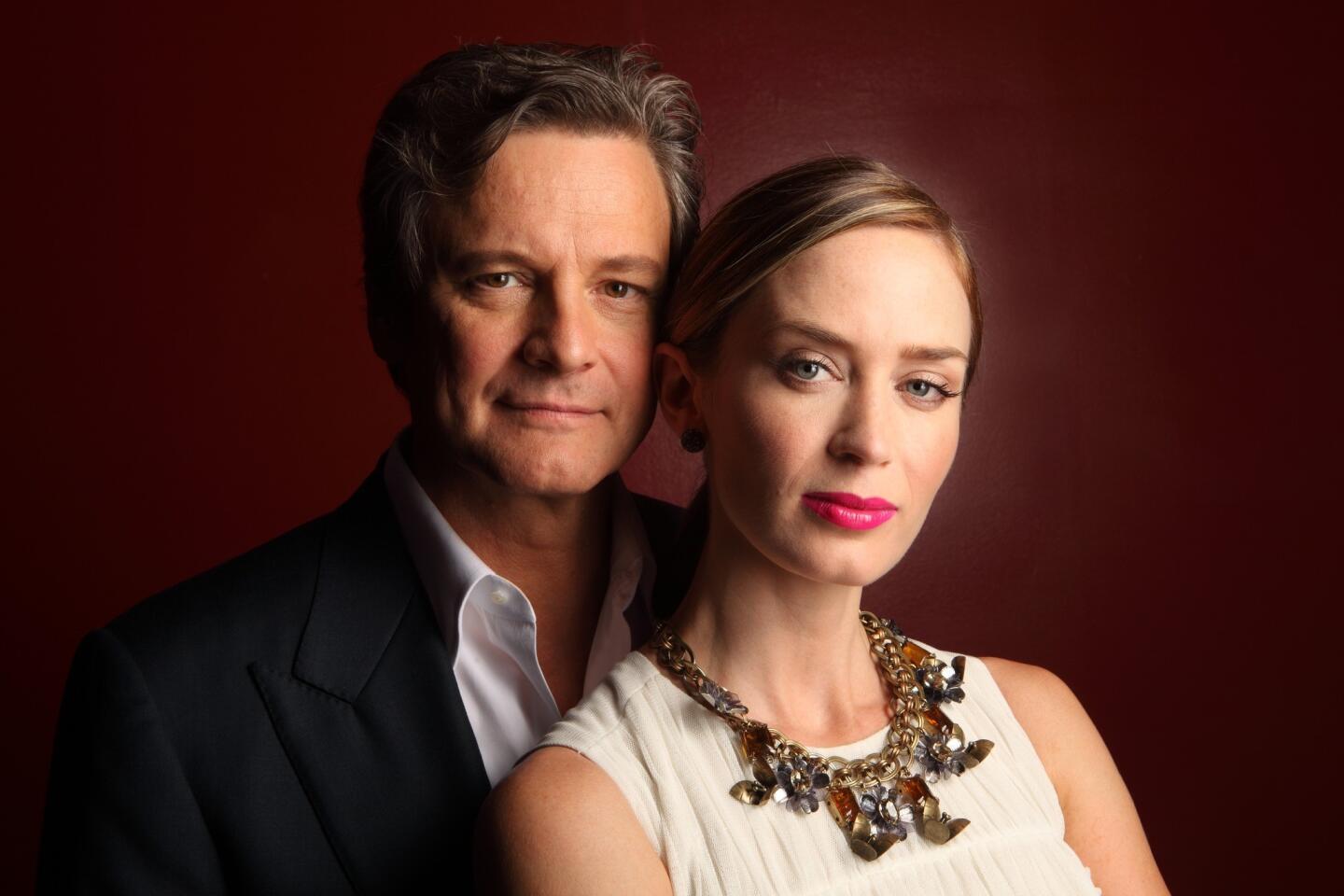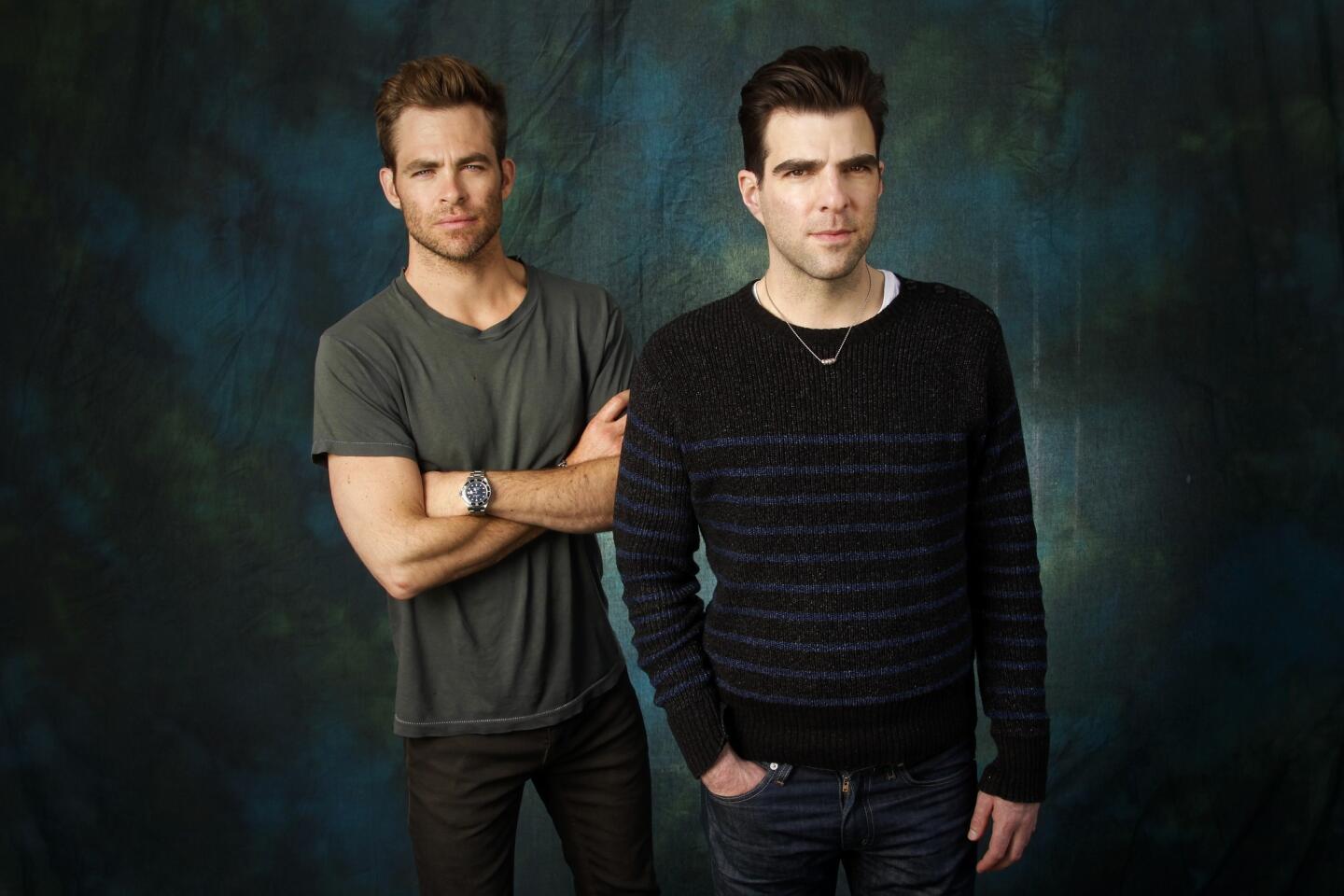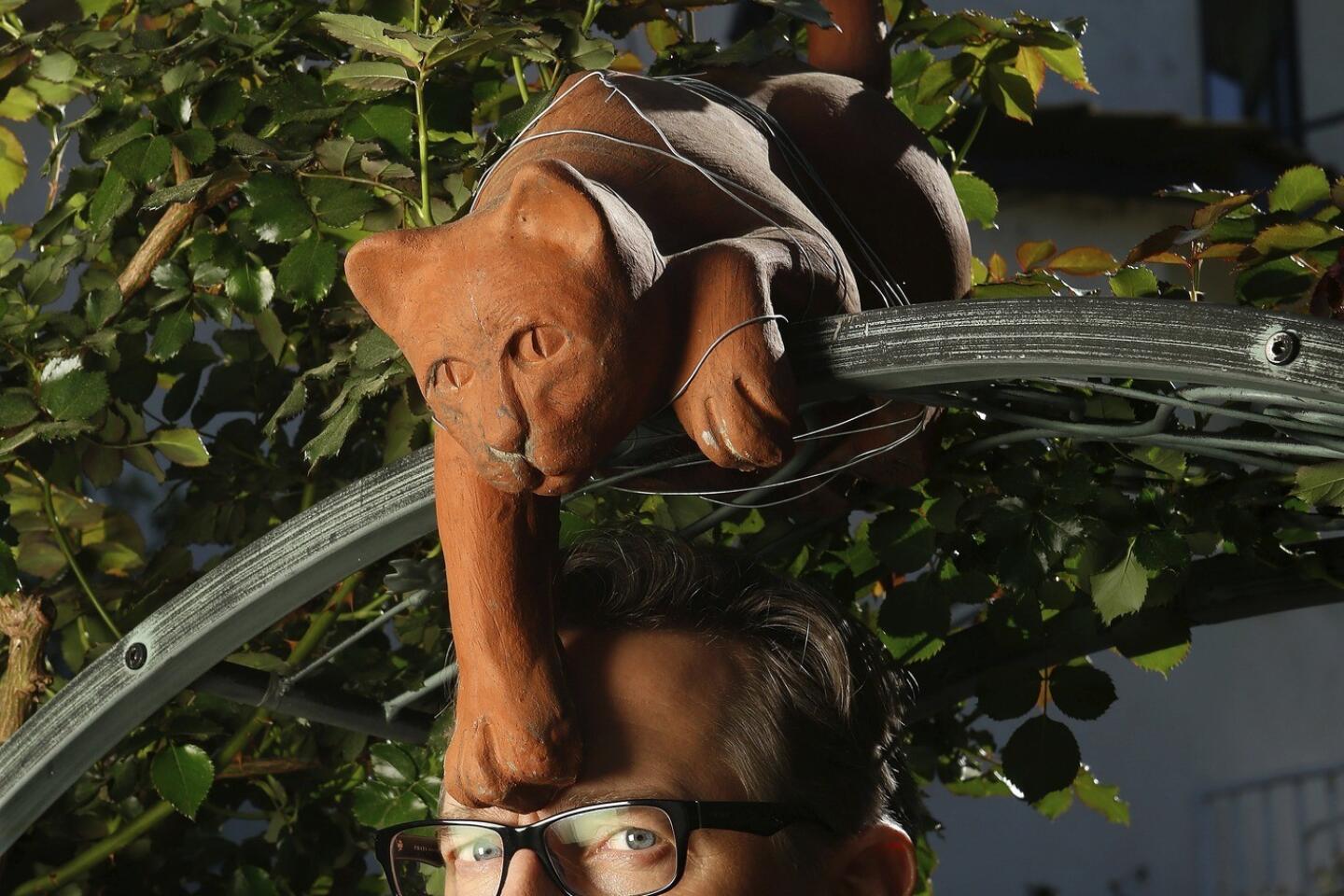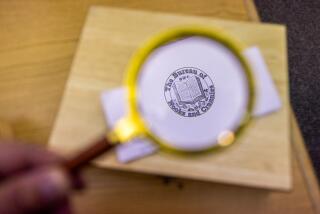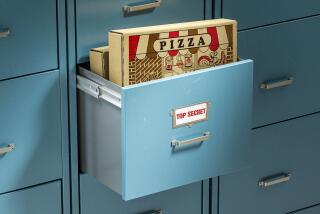Quarterly mystery boxes try to make snail mail hip again
Twitter, text-messaging, email, apps, social media and an ever-proliferating stampede of wireless devices have colonized pretty much every form of communication that can be digitized. Yet one contrarian Los Angeles company believes slow but steady snail mail wins the race when it comes to deepening connections between online gurus and their followers.
Billing itself as a “subscription service for wonderful things,” Quarterly delivers mystery boxes the old-fashioned way — through the U.S. Postal Service.
Quarterly founder Zach Frechette, 31, and based in Los Angeles, observes, “Old-timey physical boxes that you can touch — that’s totally a contrast to a lot of what’s out there, but I think we’re going through this period of correction where people realize there are experiences in the tangible world that are more powerful than any digital interaction.”
PHOTOS: Hollywood backlot moments
Here’s how Quarterly works: Every three months, 35 contributors, drawn from the ranks of designers, bloggers, foodies, musicians, chefs, gardeners, entrepreneurs, app-makers, writers, video game pundits and others with robust online followings select an assortment of offbeat items.
The objects are collected, sorted and packed at a fulfillment center in Folsom. Each contributor’s individually curated carton is then mailed to their respective subscribers who signed up at the quarterly.co site to pay from $25 to $100 per shipment for the privilege of being inspired by the contents of individually curated cartons.
Contributors, who receive a cut of the revenue, pick artifacts that reflect their own obsessions. Design blogger Christopher Jobson, for example, selected a Japanese maze, seven years in the making, for one of his boxes. Machine-building science writer Joshua Foer sent his followers a box that contained 19th century-style prism spectacles. And this month music producer Pharrell Williams included “The Alchemist” novel and flash drive containing an unreleased song in his new “Curiosity”-themed shipment.
PHOTOS: Celebrity portraits by The Times
Bestselling “4 Hour Workday” author Timothy Ferriss, who selected Listnr headphones made of recycled construction lumber for the recent “#tim02” Quarterly package, notes, “The pendulum is swinging back from the digital realm toward the tactile and the artisanal. If I can provide something that looks really cool on the wall and that people can use every once in a while — like a Japanese double-sided handsaw that has remained largely unchanged for hundreds of years — then that’s a cool story. I’m hopefully providing a personal touch that people cannot purchase at retail.”
Quarterly’s Frechette first noticed that physical stuff sent via an essentially 19th century delivery system exuded a certain Luddite charm when he served as editor in chief for the now-defunct Good Magazine. “We’d send out new issues of the print magazine and hear back from friends and family saying, ‘Oh, my God, we love the new issue,’ and we’d say, ‘Cool, what was your favorite article?’ and they’d tell us, ‘Well, we don’t actually read it, but we just like feeling this connection to your world, like we’re part of a club.’ That was the light bulb moment when I realized that there’s still this analog channel, this window into people’s lives — the mailbox.”
To test the concept, Frechette assembled his own Rituals-themed “Brushing Your Teeth” box featuring a hand-cranked tube of Portuguese toothpaste and a bone-handled English toothbrush made from badger bristles. “I was interested in beautiful objects that could elevate the mundane,” he says.
Behind the scenes: Classic Hollywood
Frechette then lined up financial backing, recruited contributors and, in September hired Netflix co-founder Mitch Lowe to run the business. Like Quarterly, Netflix during its early days relied on snail mail to ship product to subscribers, but Lowe pictures a more ancient distribution model when he talks about the idiosyncratic tastemakers who define the company’s core dynamic. “It’s like when you used to go to the video store and a particular clerk always gave you great recommendations,” Lowe says. “Quarterly operates the same way for subscribers: You find people that you think are smart and say, ‘Tell me what you think is cool.’”
More to Read
The biggest entertainment stories
Get our big stories about Hollywood, film, television, music, arts, culture and more right in your inbox as soon as they publish.
You may occasionally receive promotional content from the Los Angeles Times.


